Jump to Vía de la Plata Stages
The Romanesque Town of Zamora, Spain
Disclosure: the PilgrimageTraveler.com is an associate of Booking.com, Roamless, and Amazon. As associates of these merchants, we earn from qualifying purchases from our links.
Zamora is an incredible place to take a rest day on your Vía de la Plata. It is smaller, and perhaps more intimate than Salamanca, which we had seen three days prior on our Camino. It is a place with which to fall in love!
This city contains at least 24 Romanesque churches of the 12th-13th centuries and a castle first started in the 11th century. If you are an architectural aficionado, this is the place for you.
It is not architectural achievement that makes the structures of earlier times seem to us so full of significance but the circumstance that antique temples, Roman basilicas, and even the cathedrals of the Middle Ages are not the works of single personalities but creations of entire epochs. ~ Ludwig Mies van der Rohe, 20th Century American Architect
🙋♀️ Why Trust Us at the Pilgrimage Traveler?
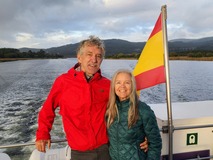
We’re not a travel agency ~ we’re fellow pilgrims! (See About Us)
We've trekked Pilgrimage Routes Across Europe since 2014!
💬 We’ve:
- Gotten lost so you don’t have to. 😉
- Followed waymarks in the glowing sunlight, the pouring rain and by moonlight. ☀️🌧️🌙
- Slept in albergues, hostels & casa rurals. Ate and drank in cafés along the way. 🛌 😴
- Created comprehensive and downloadable GPS maps and eBook Guides, full of must-have information based on real pilgrimage travels. 🧭 🗺️
- Shared our complete journeys, step by step to help YOU plan your ultimate pilgrimage and walk with your own Heart and Soul. 💙✨
Every detail is from our own experiences. Just fellow pilgrims sharing the Way. We have added a touch of spirituality, heartfelt insights and practical guidance from the road ~ offering a genuine connection to the spirit of pilgrimage. Tap into the wisdom of seasoned pilgrims!
Ultreia and Safe Pilgrimage Travels, Caminante! 💫 💚 🤍
Historical Significance of Zamora
Historically, Zamora has been an important city in the province of León. Because of its strategic position on a bluff over the Douro River, throughout the centuries many armies fought to gain control of it.
There was the famous seven month siege of 1072, where Sancho II of Castile fought to take over his sister Doña Urraca's inheritance. She had received Zamora from their father who divided his kingdom upon his death. Sancho II did not succeed as he was eventually assassinated through trickery by a Zamoran noble.
Again in the 15th century, there was conflict between two related family members called the War of the Castilian Succession. It was the supporters of Isabella the Catholic against the supporters of Juana la Beltraneja. This war lasted four years, with Isabella the eventual winner.
There is a Spanish proverb, "No se ganó Zamora en una hora," or Zamora was not won in an hour. A similar saying for which we are familiar would be, "Rome wasn't built in a day," except the Spanish saying rhymes!
This expression is very applicable to the pilgrim/tourist, as its rich cultural heritage is difficult to see in a day, let alone an hour! If you are seeking accommodation in Zamora for more than one night, so you can enjoy what this town has to offer, you can click here to see the current deals on booking.com. If you are a pilgrim, it is doubtful that you can stay in the donativo Albergue de Peregrinos de Zamora for more than one night, but you can always inquire.
👣 Camino Sanabrés EBook:
Offline Guide with Bonus Route
~ Includes 4-5 additional days on the Vía de la Plata from Salamanca!
Walk smarter with our ad-free, beautifully formatted Camino Sanabrés eBook Guide, perfect for offline use ~ important in the mountainous and remote areas. Includes daily stage details, stunning photos, historical background and a BONUS digital guide on the Vía de la Plata from Salamanca, called the Camino Fonseca. This allows you the opportunity to add 4-5 more days to your Camino in the beginning.
Don't carry a hard copy guide book to increase your pack weight. Use our frequently updated digital guide on your next Camino instead!
📲 Instant download. 💸 Money-back guarantee. 🔄 Free updates for 1 year.
👉 Click here for more info or BUY NOW!
Jump to Vía de la Plata Stages
Zamora, a City of Churches
After completing our pilgrimage day on the Vía de la Plata ending in Zamora, and after cleaning up at the albergue, we were seeking a place for refreshments. There is no better place than at the main plaza, the Plaza Mayor, lined with cafés. Please click on the link in this paragraph if you wish to see my map with the exact locations of all the places I will describe below.
Dominating the main plaza is the Iglesia de San Juan Bautista, shown below. It is one of the Romanesque churches, built in the 12th century with improvements added up to and through the 14th.
The sculpture to the Merlú directly in front of the cathedral captures your eye immediately. These characters, bizarre looking to us, are actually a part of the Semana Santa (Holy Week) processions, calling the Brotherhood of Jesus the Nazarene to join in with them as they proceed through the streets on Good Friday.
We sat in a café opposite the church, having beer and tapas, admiring all the wondrous architectural features. Of course, after we had finished, and wanted to see inside, the edifice was closed for siesta, from 2-5:30 p.m. I made a mental note to come back later, but it was not to happen. Too many churches and too little time! Click on the link above to see more of what I missed, for opening hours and mass schedules.
Also on the square is the old town hall, shown below, the Ayuntamiento Viejo, with the usual four flags, the dead giveaway to its purpose. Directly opposite and across the square is the new town hall, which I did not photograph.
The way to the Plaza Mayor from the Albergue de Peregrinos de Zamora is through a passageway between it and the Iglesia de San Cipriano, shown below. The church is shown from its western side and from the lookout on top of the city walls, the Mirador Ramos Carrión, one of the best views in Zamora. How nice that the albergue is only steps away. It is a marvelous place to sit and contemplate your journey.
This church is quite simple compared to the rest we saw in Zamora, but it retains its historic value and is still used today.
As you walk north from the lookout, following the Camino shell on the pavement, you next encounter another square, the Plaza de Viriato and a statue from which the square gets its name. Viriato or Viriatus was a Lusitanian leader who was able to resist the Roman expansion into the Iberia Peninsula in the 2nd century B.C.E.
The Plaza de Viriato is also famous for the location of the Zamora Parador on the southeast corner.
The Vía de la Plata crosses the Viriato Square and continues northward. This was to be our route the next day, and it is always good to check the way out the day before, especially when you are in a city.
The way towards the Plaza Mayor takes a right turn at this Plaza de Viriato, and from the Parador it is only another 125 meters on a nice shopping street, the Calle de Ramos Carrión, to the Main Square.
Our next exploration after the Plaza Mayor was to the west to see the cathedral and the castle. Back at the Viriato Square, we headed west, where the name of the street is now called the Calle Rúa los Francos.
Less than 100 meters from the square, we encountered a small tienda, where we made the executive decision to cook dinner in the albergue. We grabbed supplies of pasta and chicken and headed back the short distance to the albergue, before setting out again in the same direction.
Along the Calle Rúa los Francos there are two more historic Romanesque churches before the grand Catedral de Zamora, so you can see a lot within a short distance from the albergue.
First up is the Iglesia de Santa María Magdalena de Zamora. During winter hours, it closes before 7:00 p.m, so be sure to click the link for their varying hours, for the season you are traveling. This church also closes for siesta.
The church is also a simple one, but with details of the Romanesque period. It will not take much time to tour it.
The altar of the Santa María Magdalena de Zamora church is simple and beautiful.
Jump to Vía de la Plata Stages
The next church where we stopped, a few meters onward is the Iglesia de San Pedro y San Ildefonso. This one was much more ornate, with a fabulous side and main altar.
This is the North entrance, and you can see the archway to the right of the photo, leading you around to the west side.
Do click on the link if you plan to visit, as it is closed on Mondays, closed for siesta Tues-Sat, and Sunday has shortened hours. You can also see the mass schedule through this link.
As we left the church and continued on past it and towards the river, we came to the lookout called the Mirador del Troncoso. You will see wonderful views of the river and the medieval bridge from here.
You cannot descend to the river at this lookout, but must walk farther west to the Puerto del Obispo in the small plaza immediately east of the grand cathedral, called the Plaza de Antonio del Águila, shown here. The doorway takes you to the river below.
We were eager to see the cathedral and castle, so we did not descend to the river. Now, of course, I wish we had. There are lovely views of the city walls, the medieval bridge and the old water mills if you have time to wander this way.
Jump to Vía de la Plata Stages
Catedral de Zamora
Next we went onward to the crème de la crème, the famous Catedral de Zamora. According to some, this 12th century church is one of the finest examples of Spanish Romanesque architecture. This place will not disappoint!
While the cathedral is by no means the most glorious in Spain, and may even be one of the smallest, it is grand, nonetheless. On its crown is a Byzantine-influenced dome with stone scales. There is a better view of it from the castle, shown farther below.
The most visible feature from afar, as you approach the town from the river is the bell tower, built in the 13th century, the Torre del Salvador, shown on the right side of the photo.
Soon after entering the cathedral, this fresco, below, looms above you, the Fresco de San Cristóbal. The fresco depicts the giant Offerus carrying Christ on his shoulder to help him cross a river. (Hence the name of Christopher, the one who leads to Christ).
There are many side chapels in the cathedral, as you might expect, including a Capilla de Santiago, with its lovely altarpiece, also shown below, of St. James in pilgrim garb. I had to photograph this one, as a pilgrimage traveler!
Next, I photographed the main chapel, with its relatively simple altar, and the cupola above.
In my opinion, the most fantastic chapel in the cathedral is the one to San Ildefonso. It is in the Renaissance style and the entryway depicts scenes from the saint's life.
The silver altarpiece in the Chapel of San Ildefonso is amazing. You must see it to believe it.
I did not photograph more of the features of the chapel, but for a preview click on the chapel link above, for lots more information, including open hours times for mass.
The Flemish tapestries in the cathedral museum are also a famous attraction.
Jump to Vía de la Plata Stages
Castillo de Zamora
Back on the outside of the cathedral, in its square, just to the right of the Salvador Tower, is an archway leading to the Castillo de Zamora.
And it is a glorious sight, the castle, that greets you ahead after the archway. This castle is a simple affair, never a palatial home, but used for defense only. Most likely it was first built in the mid-11th century, but little of this era remains.
The moat is quite impressive!
The Castillo stands strategically on the highest part of the hill. so the views from the high tower shown below are remarkable. The view over the Cathedral of Zamora is especially fulfilling. You can best see its dome and tower from this vantage point.
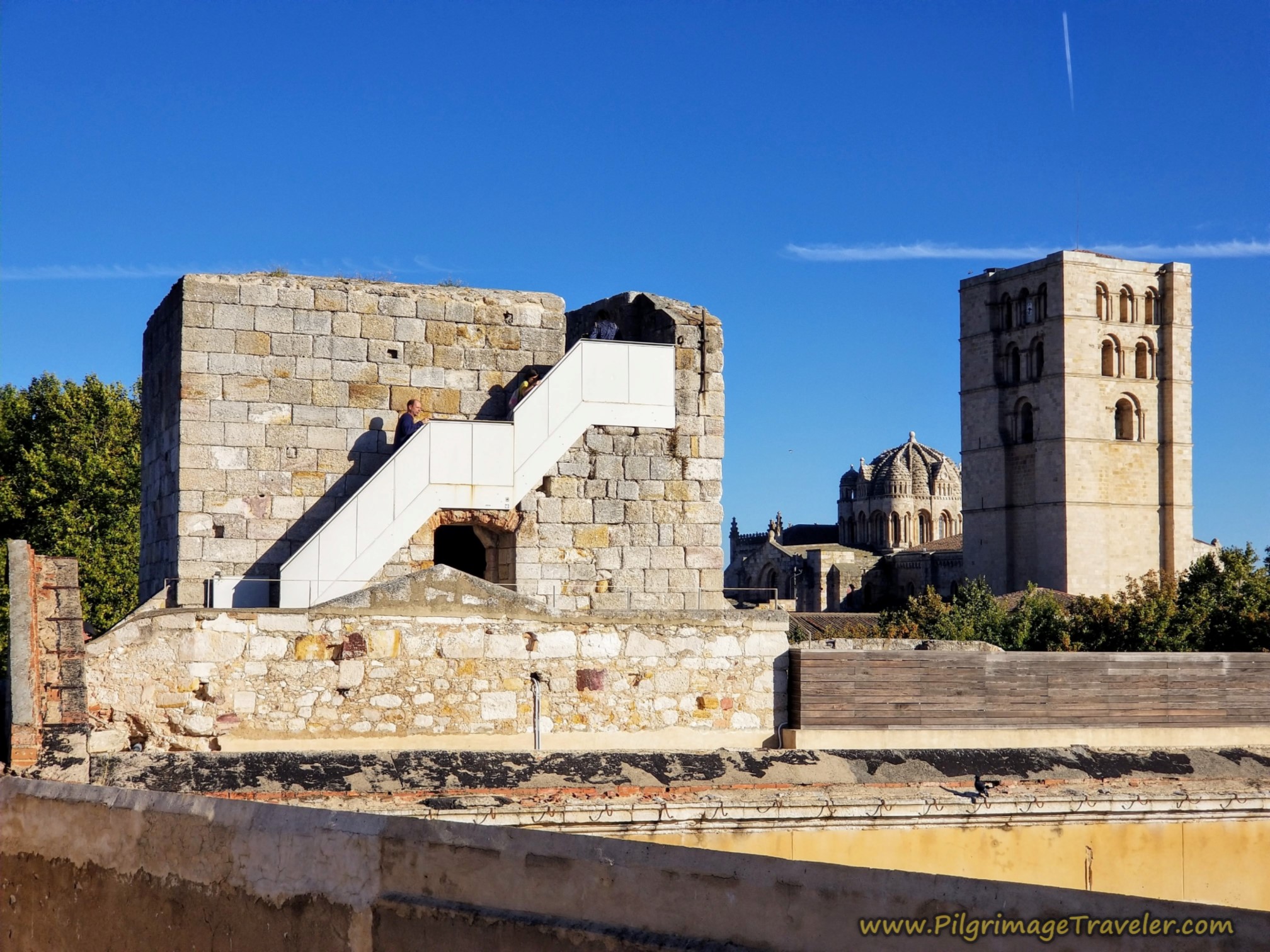 Castle Tower Lookout, with Cathedral in Background
Castle Tower Lookout, with Cathedral in BackgroundHere is a closer-up photo of the cathedral.
And here is a lovely view of the town, to the north. If not for my growling stomach, begging for dinner, I could have stayed here a long while.
The hours when the castle is open, is a bit fickle, if you check the link I provided. Essentially, it is closed on Mondays, as most of Zamora is, and is open Tuesday through Sunday from 10:00 a.m.-2:00 p.m. and 5:00-8:00 p.m. The hours in September are quite variable, so check before you go.
I hope my brief introduction to this glorious town has stimulated your imagination and you will be able to spend some time here, during your pilgrimage. We had only one afternoon and evening to partake of Zamora's wonders. While it was enough to see the major sights, I wish we had had more time.
One of the things that I wished I had seen, was the fortress walls to the north and the Doña Urraca Gate. I love castles! I have photos of these town features in the dark, on our way out of town on our next day on the Vía de la Plata.
May your own time spent in Zamora be filled with the admiration of these architectural wonders. May you marvel at the individual personalities that created the beauty for the epochs!
Camino Fonseca Stages
~ Vía de la Plata Stages from Salamanca
~ Camino Sanabrés Stages
Please Consider Showing Your Support
Many readers contact me, Elle, to thank me for all the time and care that I have spent creating this informative website. If you have been truly blessed by my efforts, have not purchased an eBook, yet wish to contribute, I am exeedingly grateful. Thank you!
Search This Website:
🙋♀️ Why Trust Us at the Pilgrimage Traveler?

We’re not a travel agency ~ we’re fellow pilgrims! (See About Us)
We've trekked Pilgrimage Routes Across Europe since 2014!
💬 We’ve:
- Gotten lost so you don’t have to. 😉
- Followed waymarks in the glowing sunlight, the pouring rain and by moonlight. ☀️🌧️🌙
- Slept in albergues, hostels & casa rurals. Ate and drank in cafés along the way. 🛌 😴
- Created comprehensive and downloadable GPS maps and eBook Guides, full of must-have information based on real pilgrimage travels. 🧭 🗺️
- Shared our complete journeys, step by step to help YOU plan your ultimate pilgrimage and walk with your own Heart and Soul. 💙✨
Every detail is from our own experiences. Just fellow pilgrims sharing the Way. We have added a touch of spirituality, heartfelt insights and practical guidance from the road ~ offering a genuine connection to the spirit of pilgrimage. Tap into the wisdom of seasoned pilgrims!
Ultreia and Safe Pilgrimage Travels, Caminante! 💫 💚 🤍
Follow Me on Pinterest:
Find the Pilgrimage Traveler on Facebook:
Like / Share this page on Facebook:
***All Banners, Amazon, Roamless and Booking.com links on this website are affiliate links. As an Amazon associate and a Booking.com associate, the Pilgrimage Traveler website will earn from qualifying purchases when you click on these links, at no cost to you. We sincerely thank you as this is a pilgrim-supported website***
PS: Our eBook Guide books are of our own creation and we appreciate your purchase of those too!!
Shroud Yourself in Mystery, along the Via de Francesco!
Walk in the Footsteps of St. Francis, and Connect Deeply to the Saint and to Nature in the Marvelous Italian Countryside!
Need suggestions on what to pack for your next pilgrimage? Click Here or on the photo below!
Find the Best Hotel Deals Using This Tool!
Carbon Trekking Poles ~ My Favorites!
Carbon fiber construction (not aluminum) in a trekking pole makes them ultra lightweight. We like the Z-Pole style from Black Diamond so we can hide our poles in our pack from potential thieves before getting to our albergue! There are many to choose from! (See more of our gear recommendations! )
Gregory BackPack ~ My Favorite Brand
Do not forget your quick-dry microfiber towel!
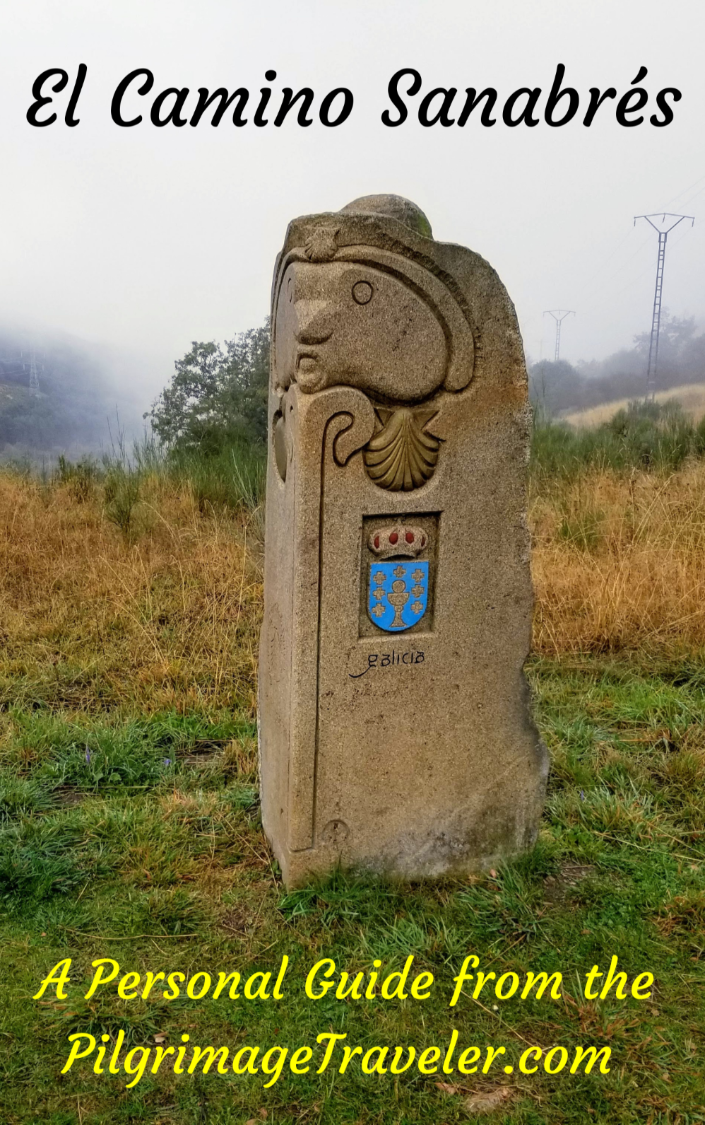
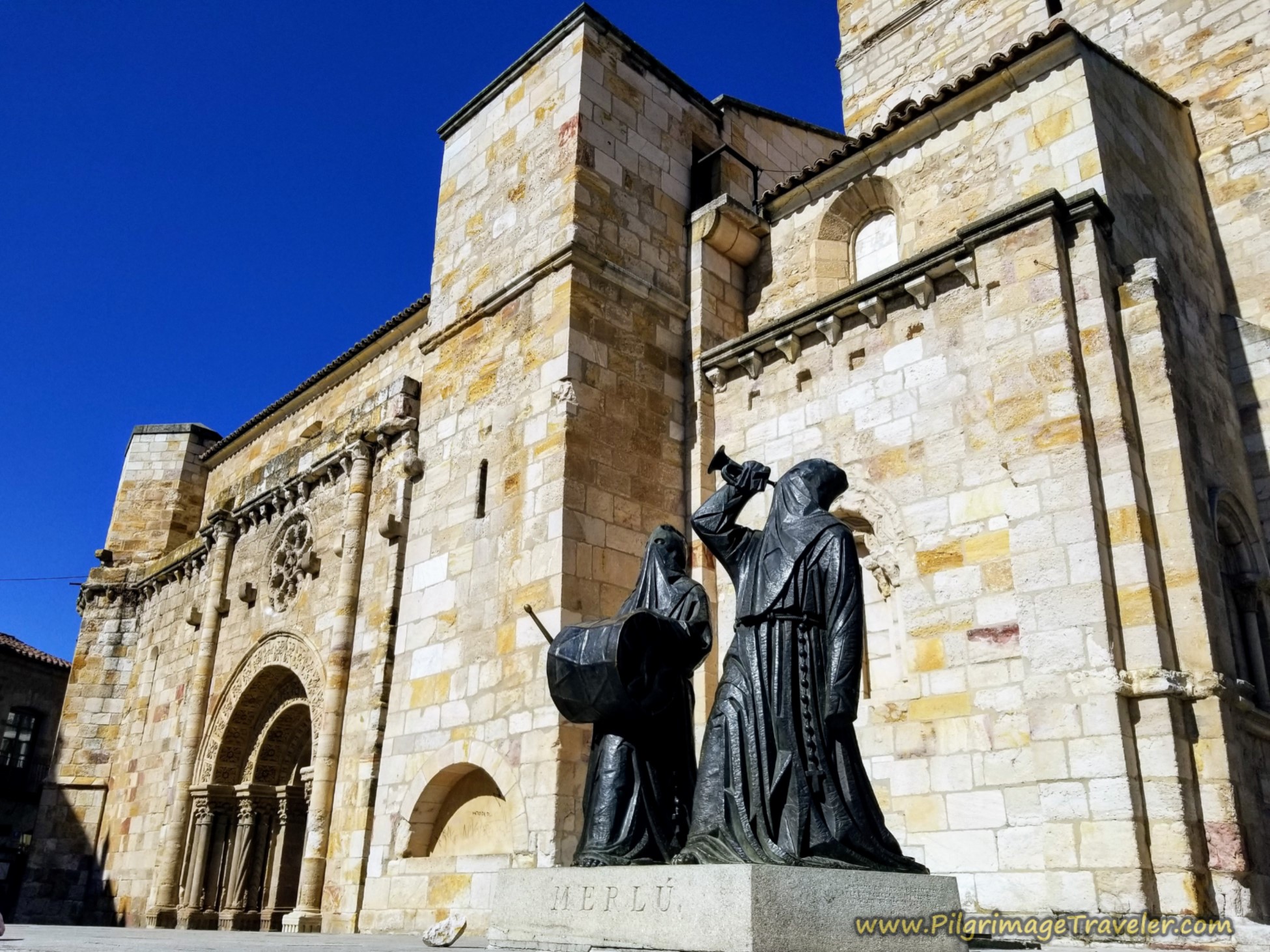
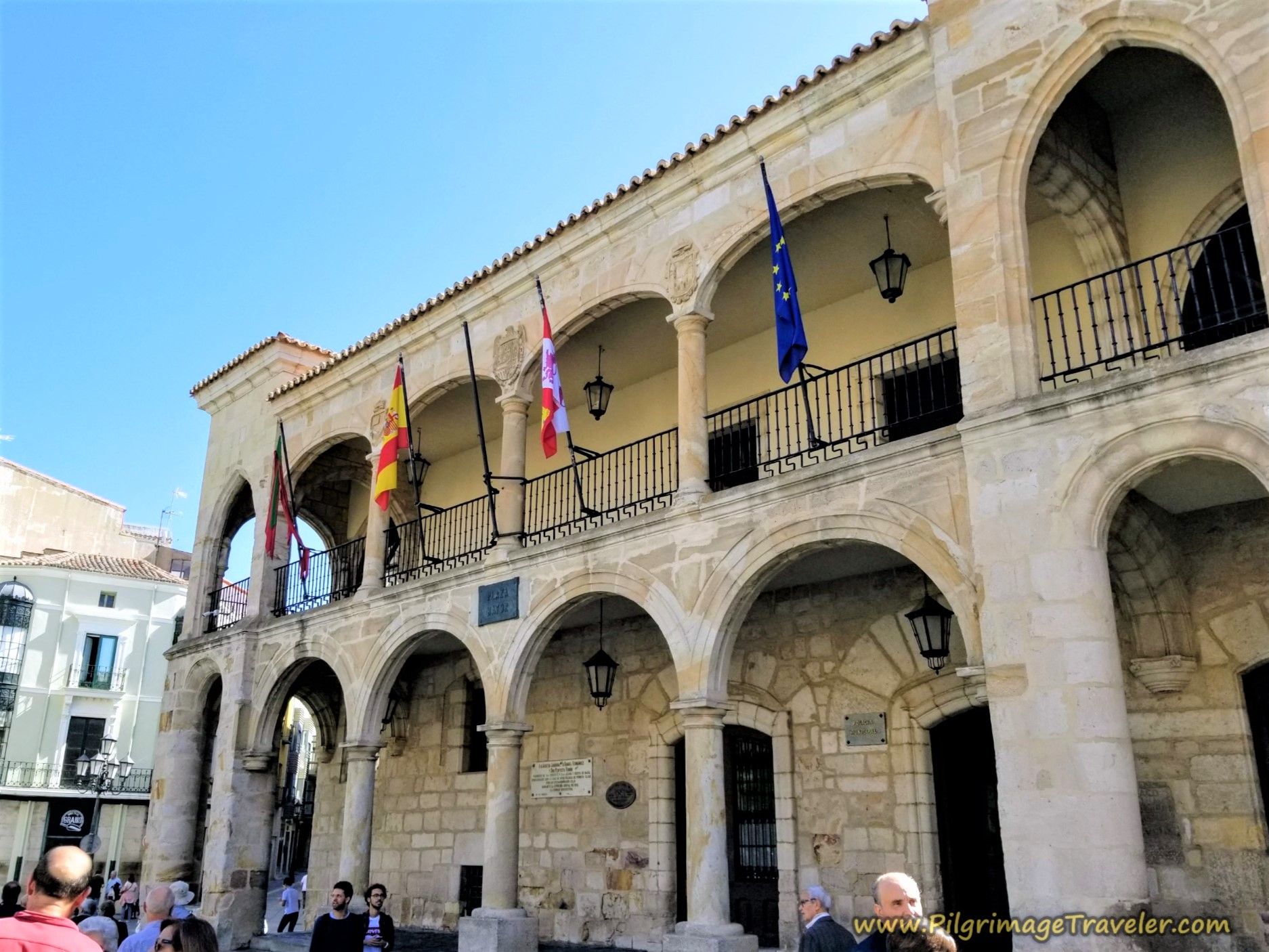
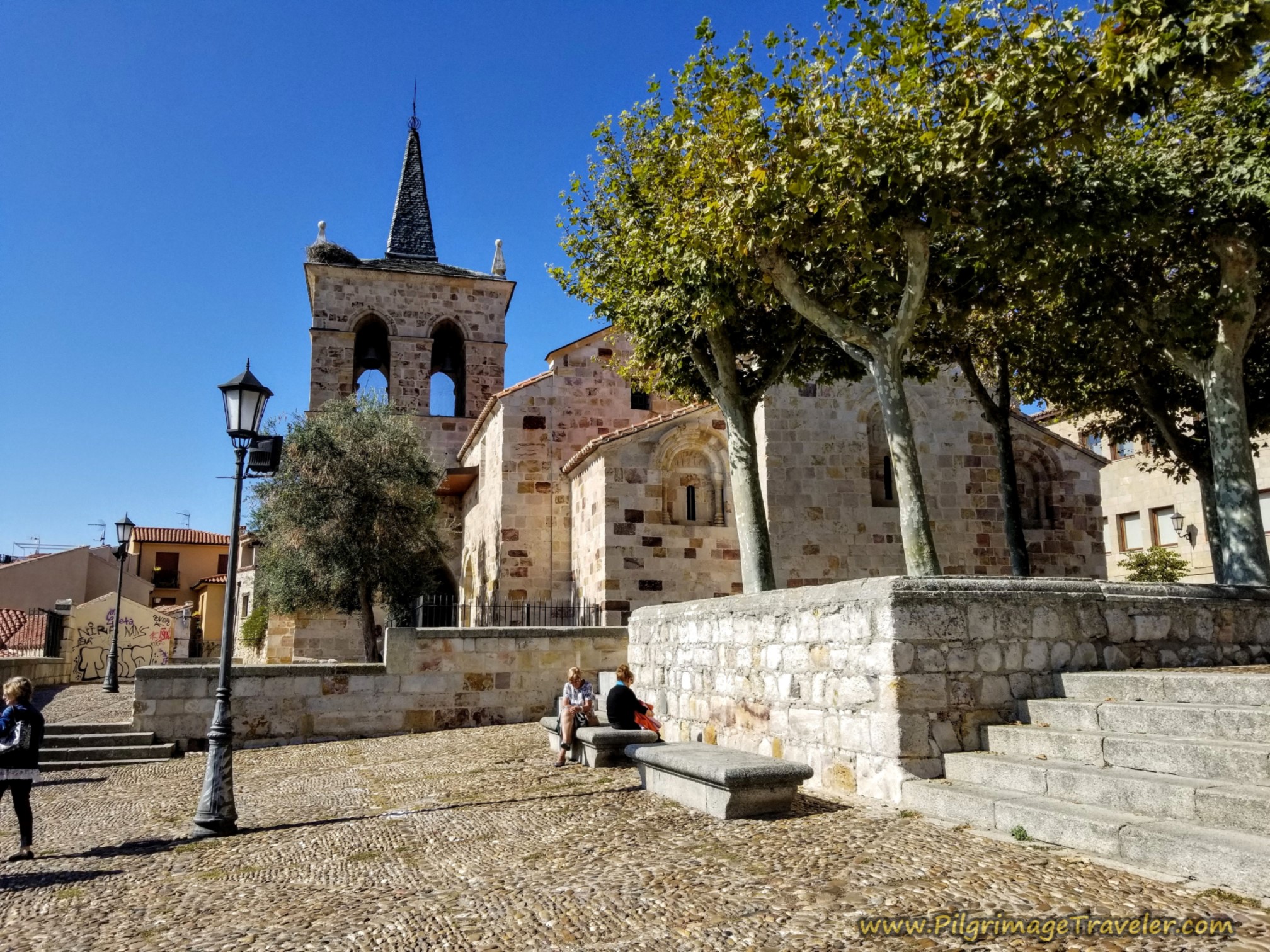
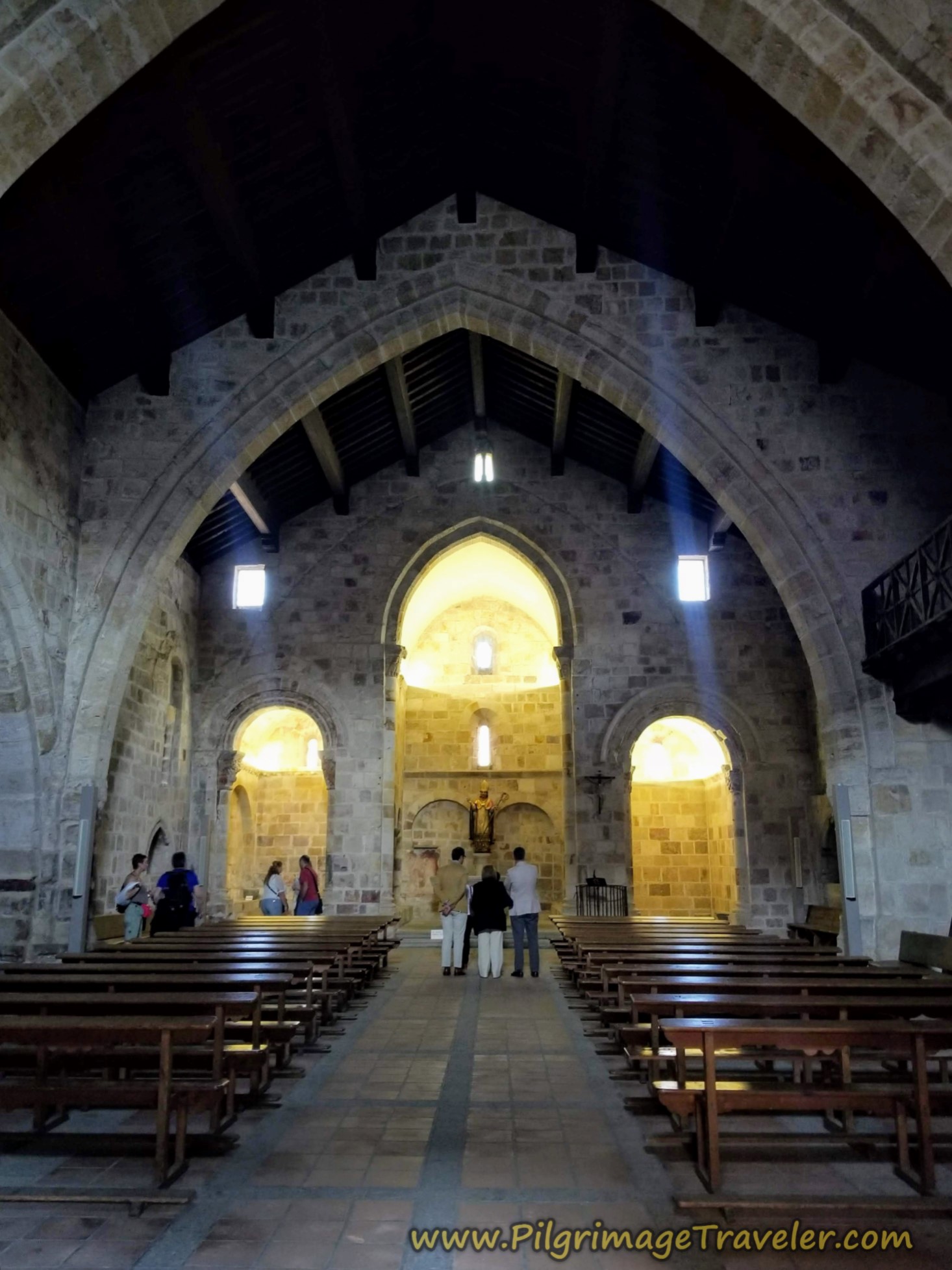
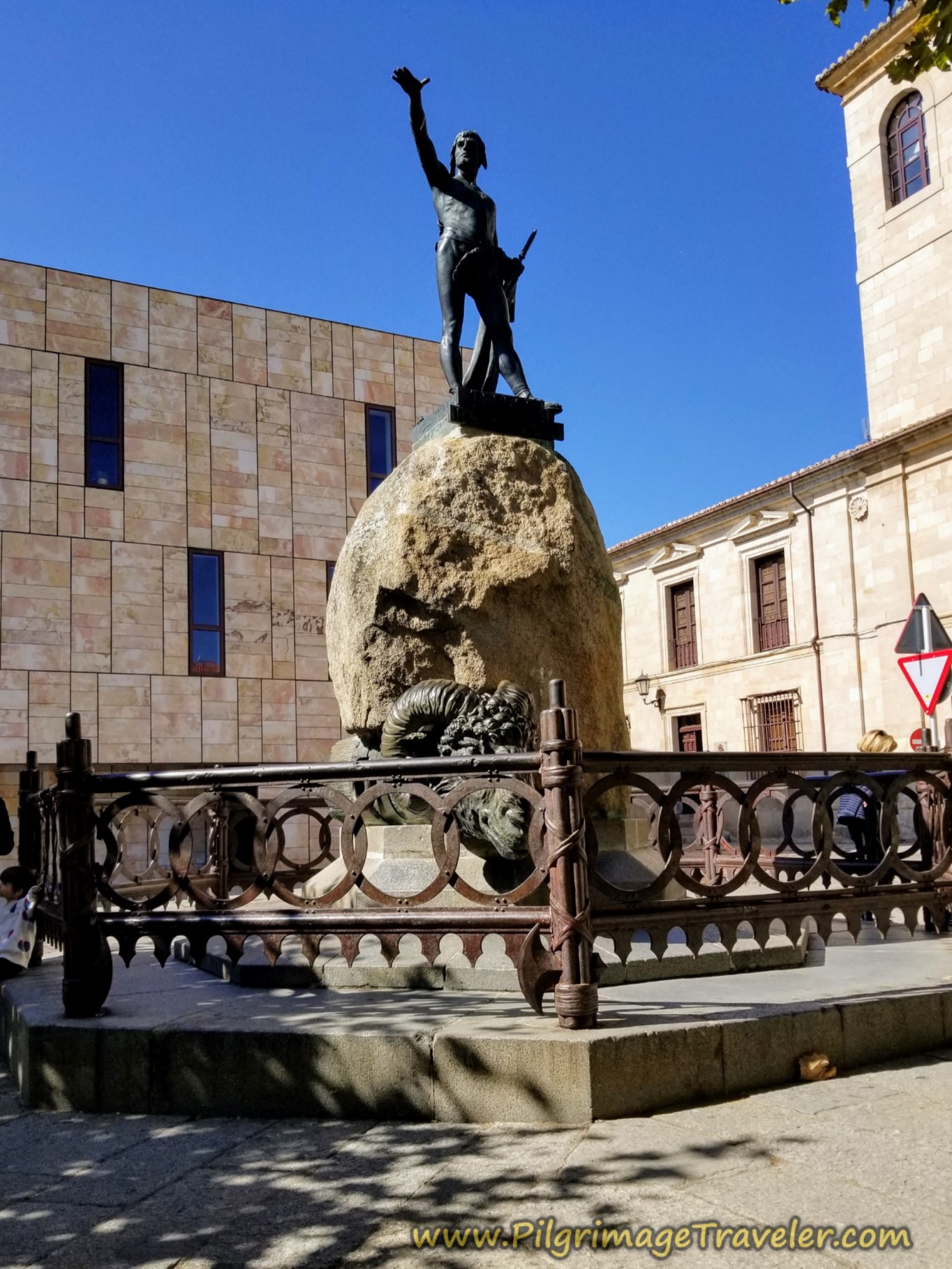
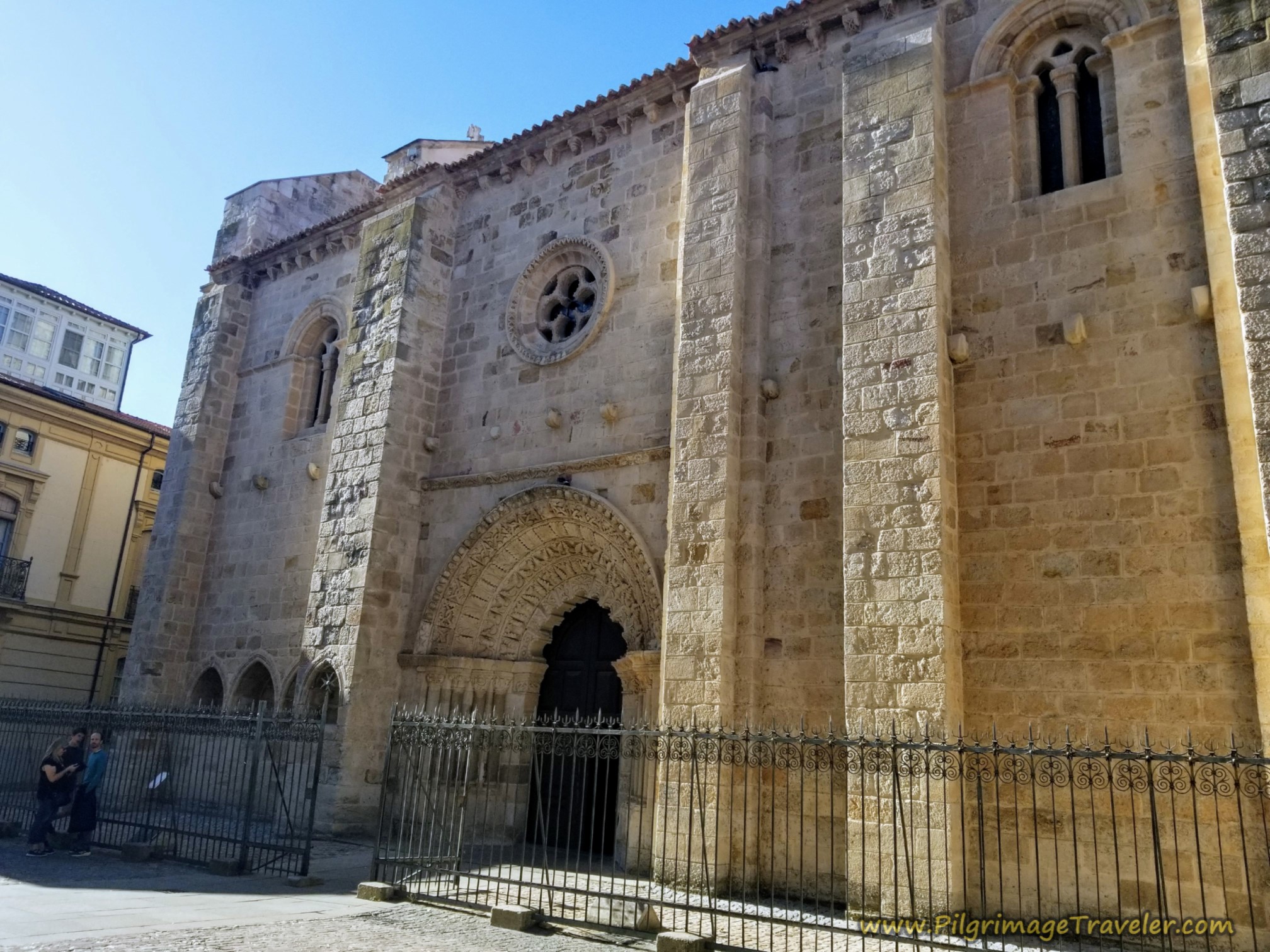
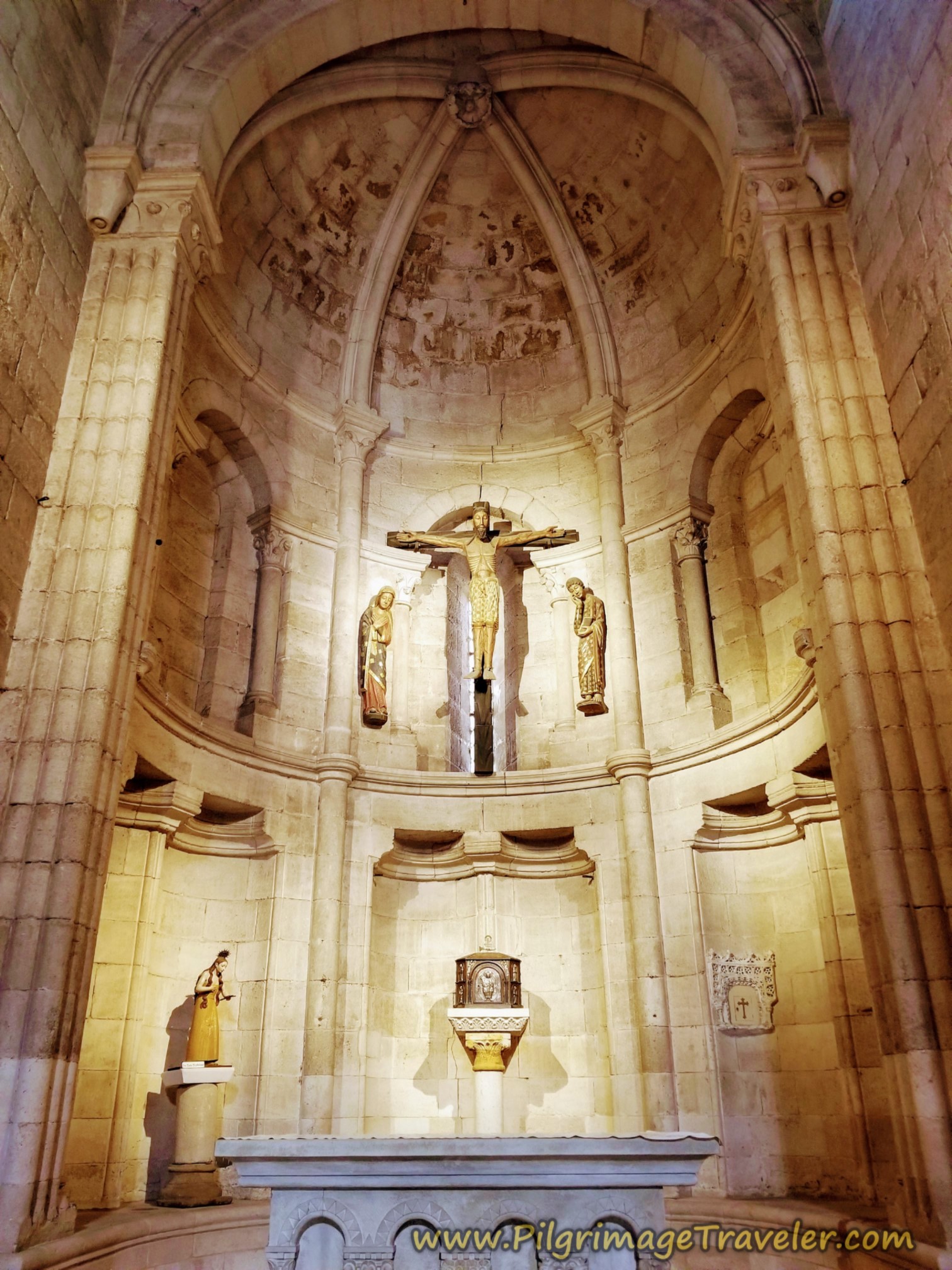
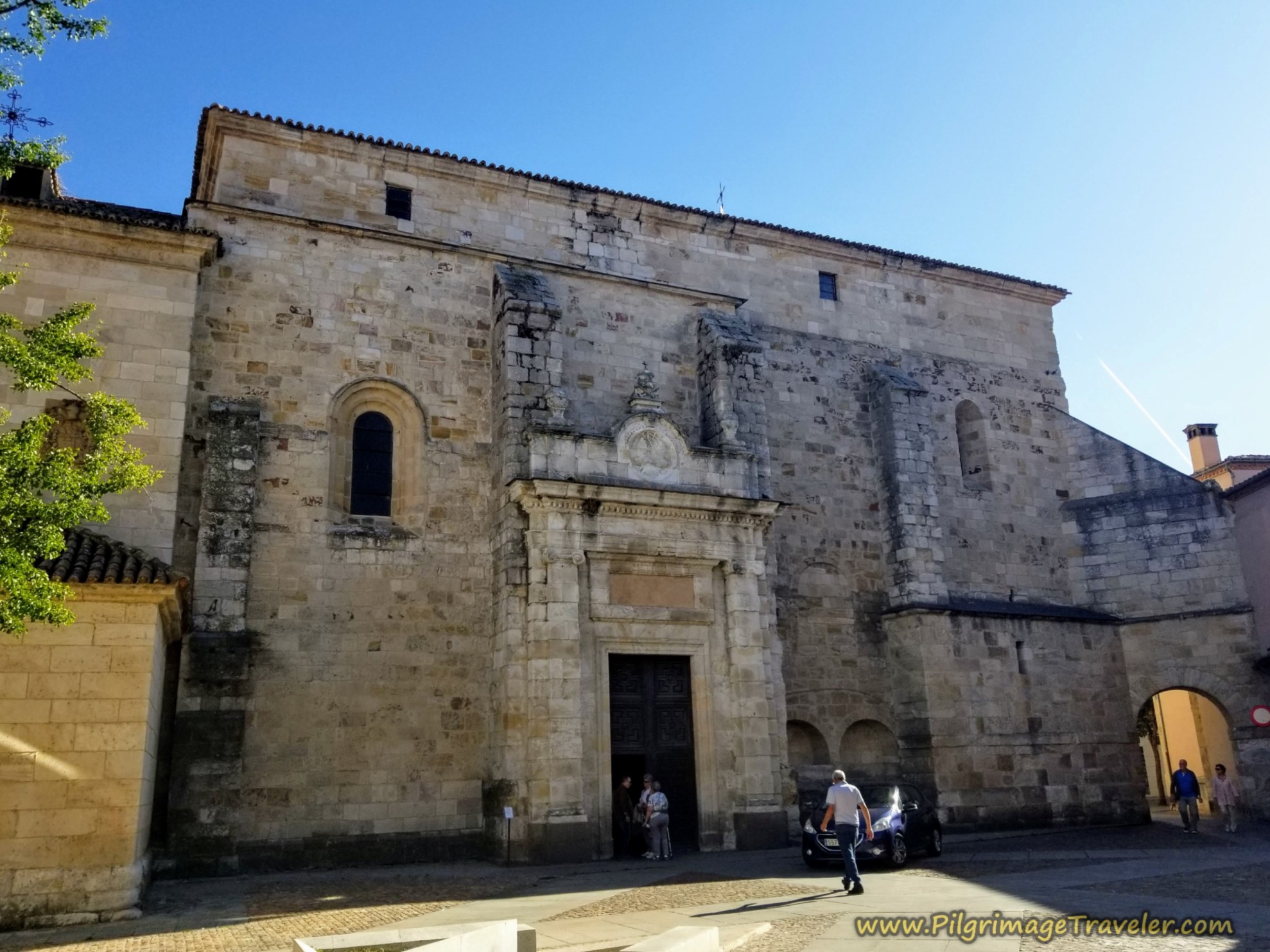
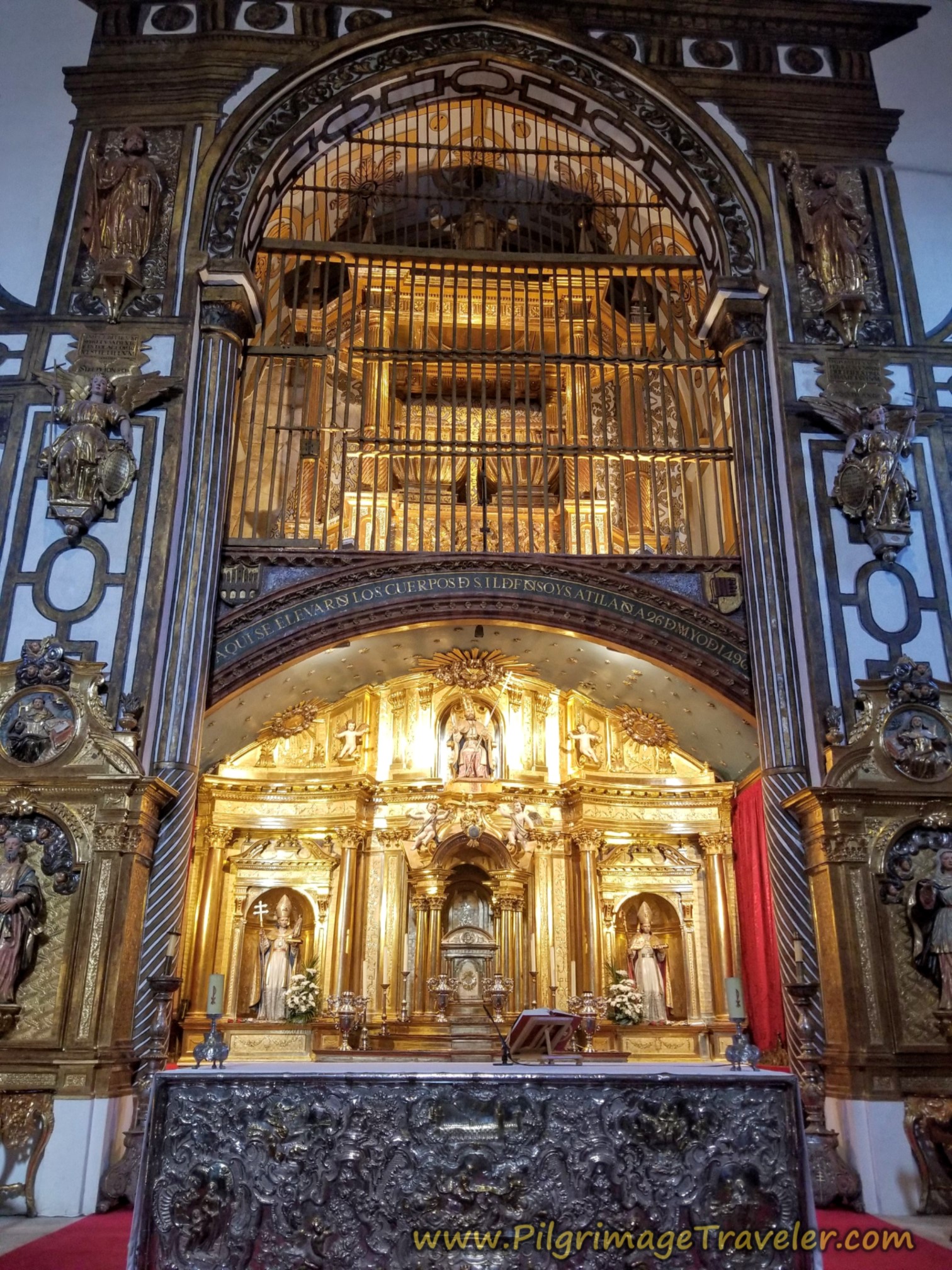
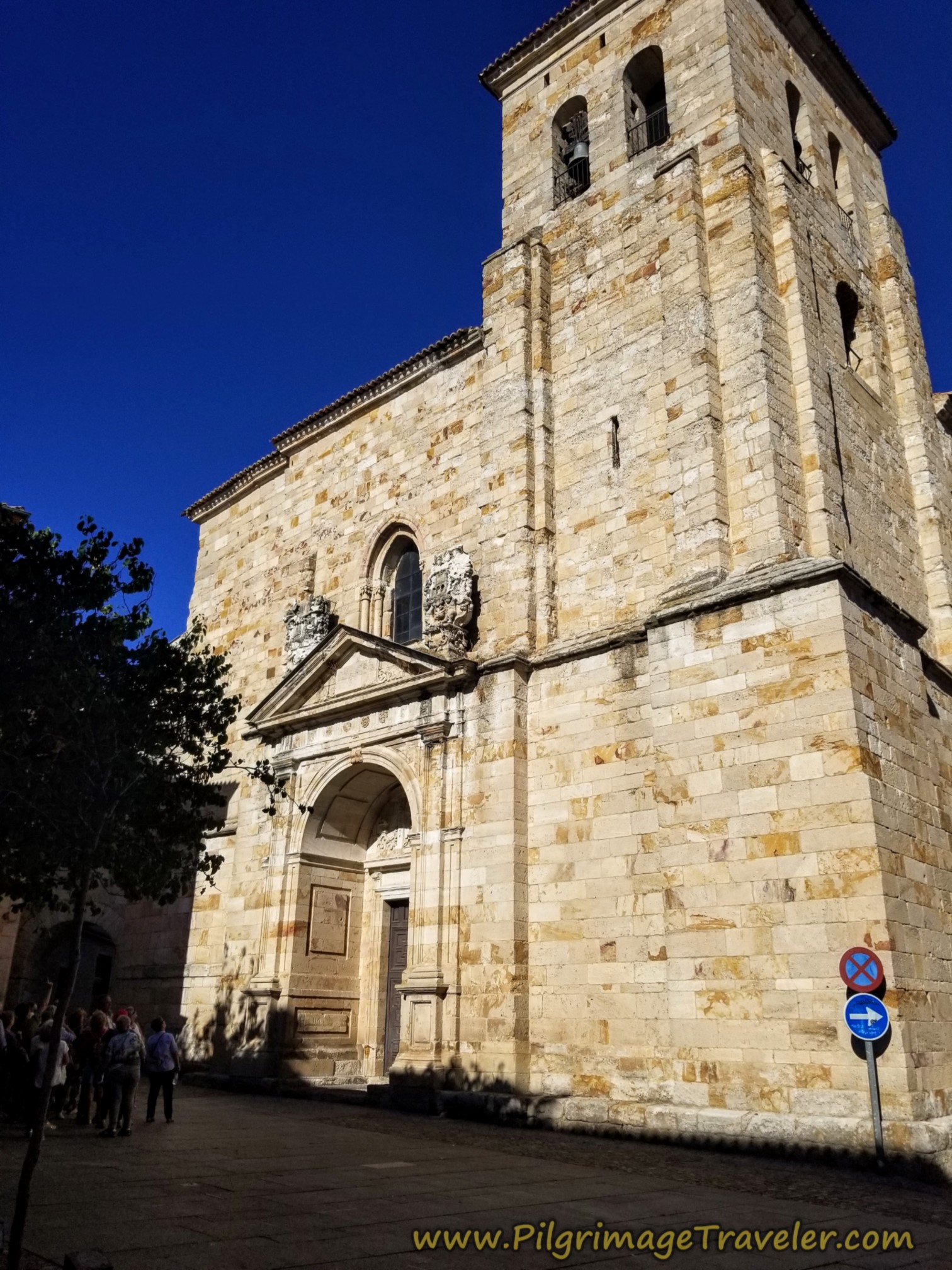
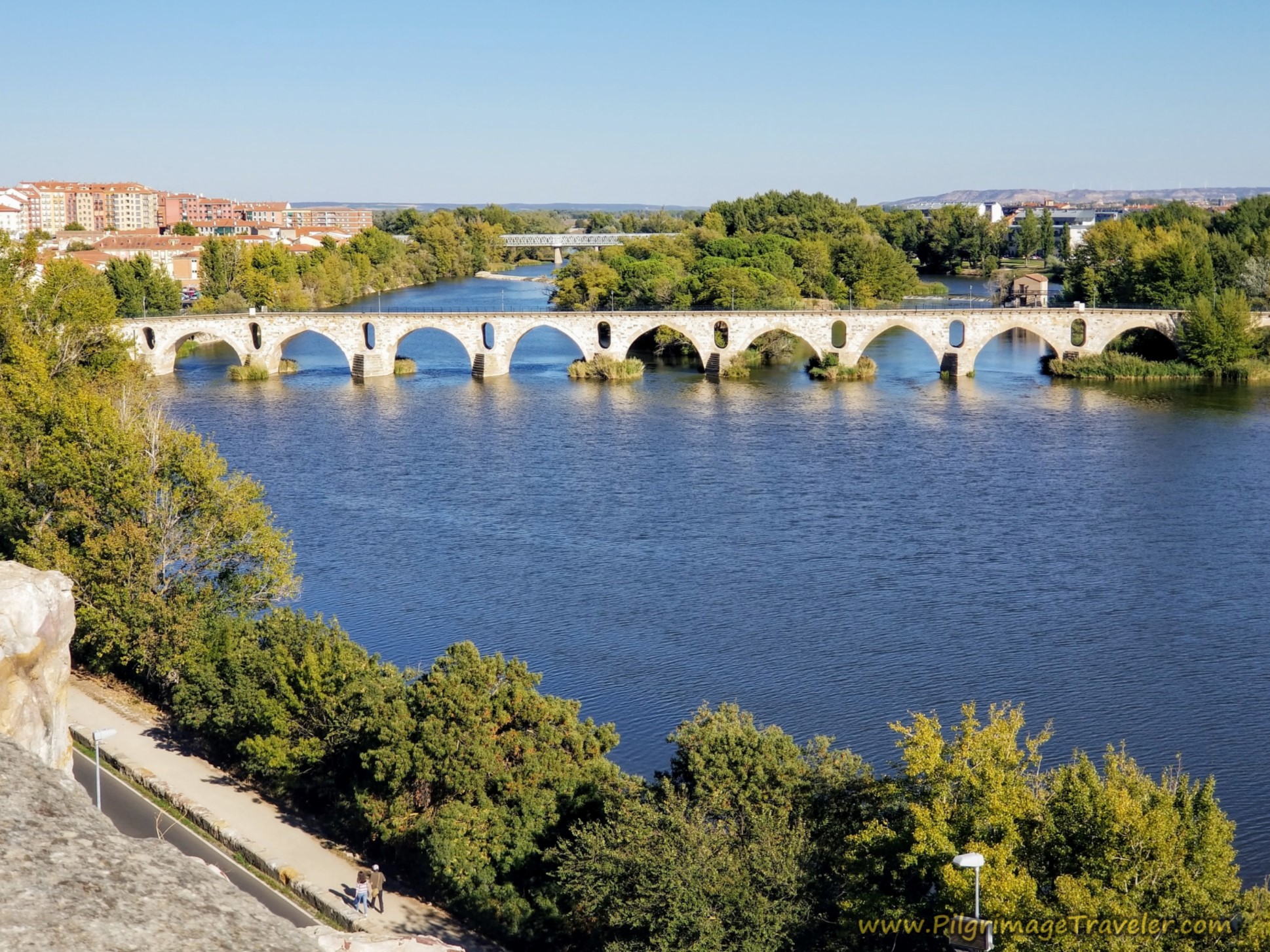
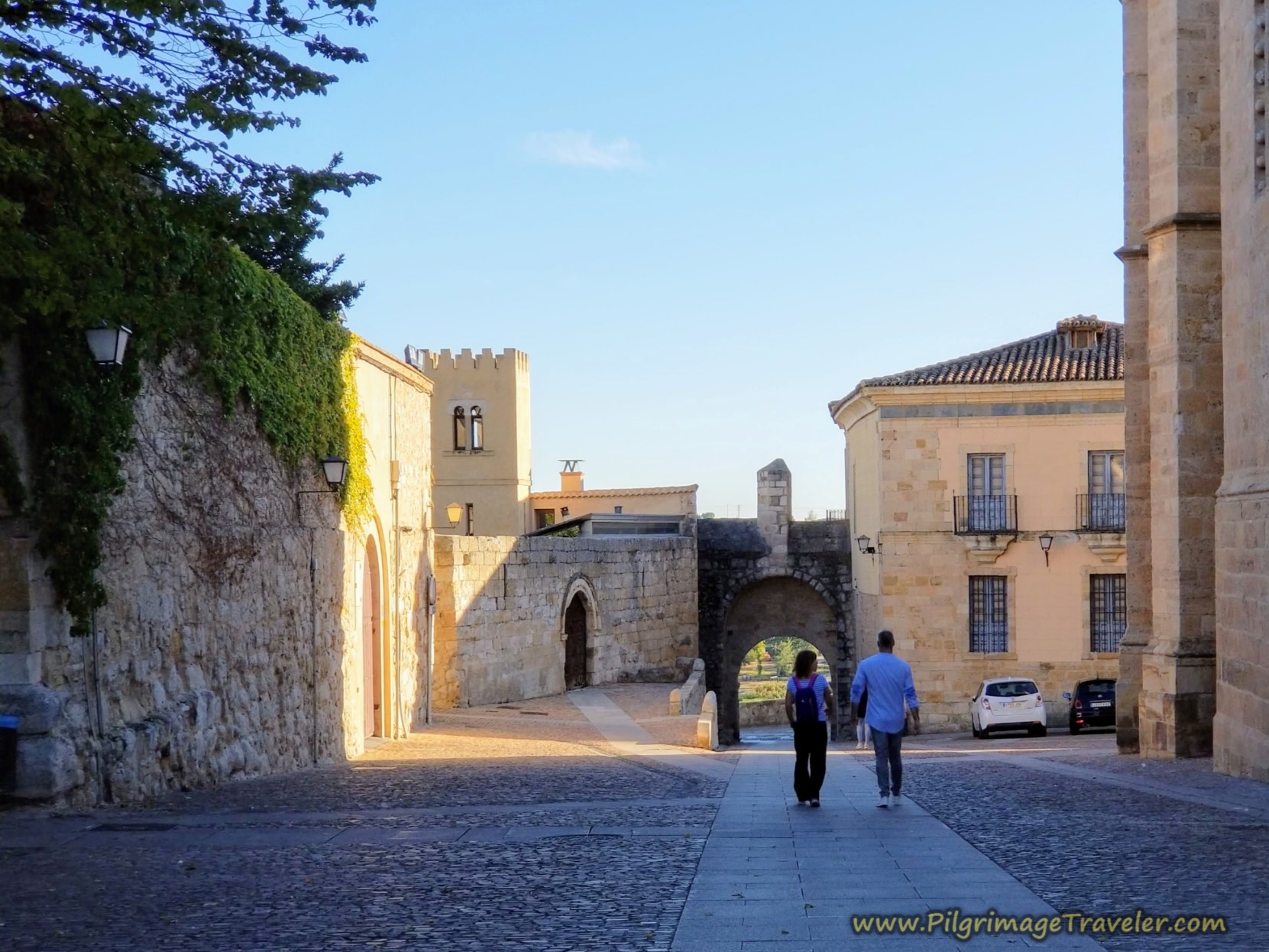
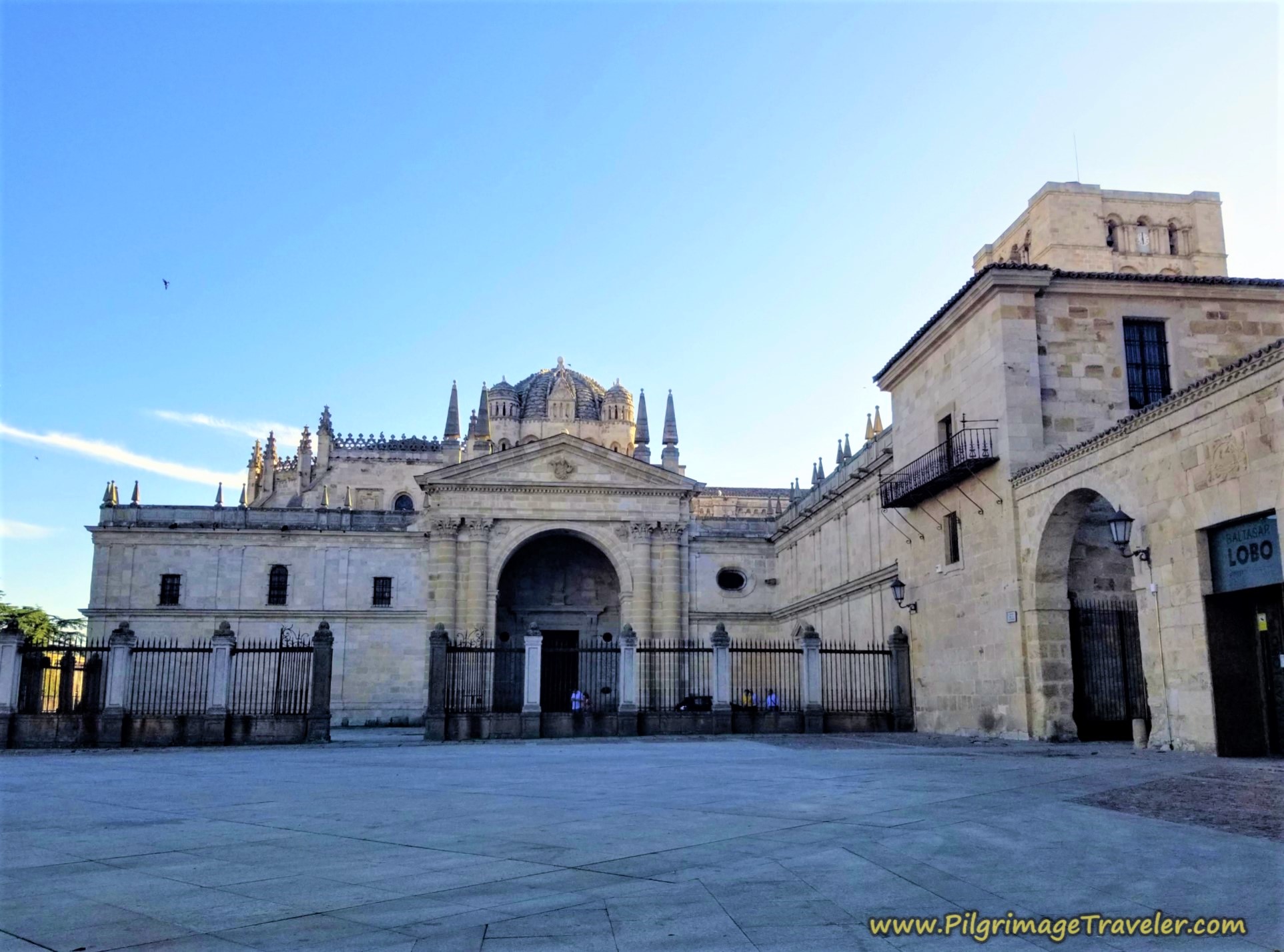
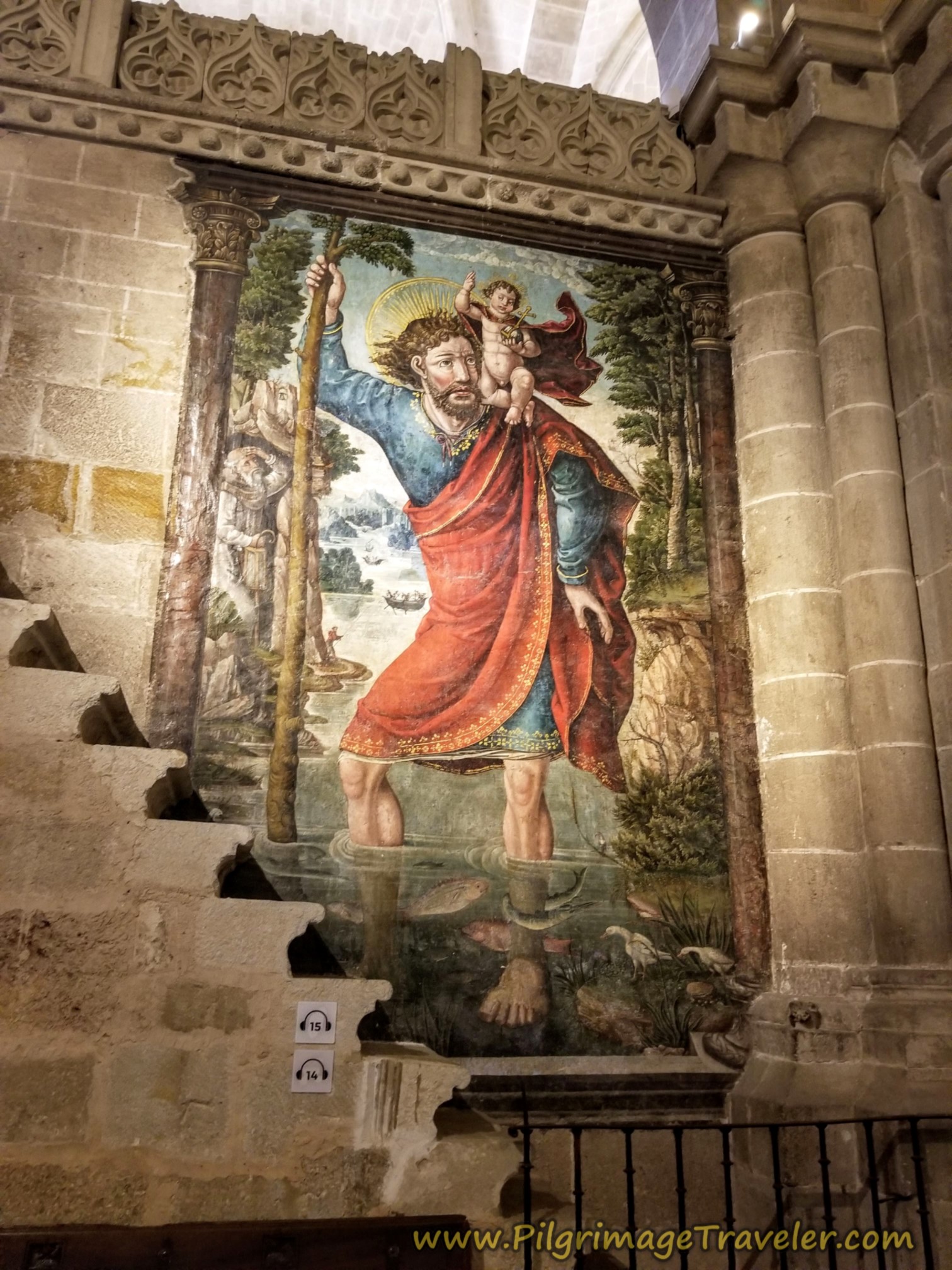
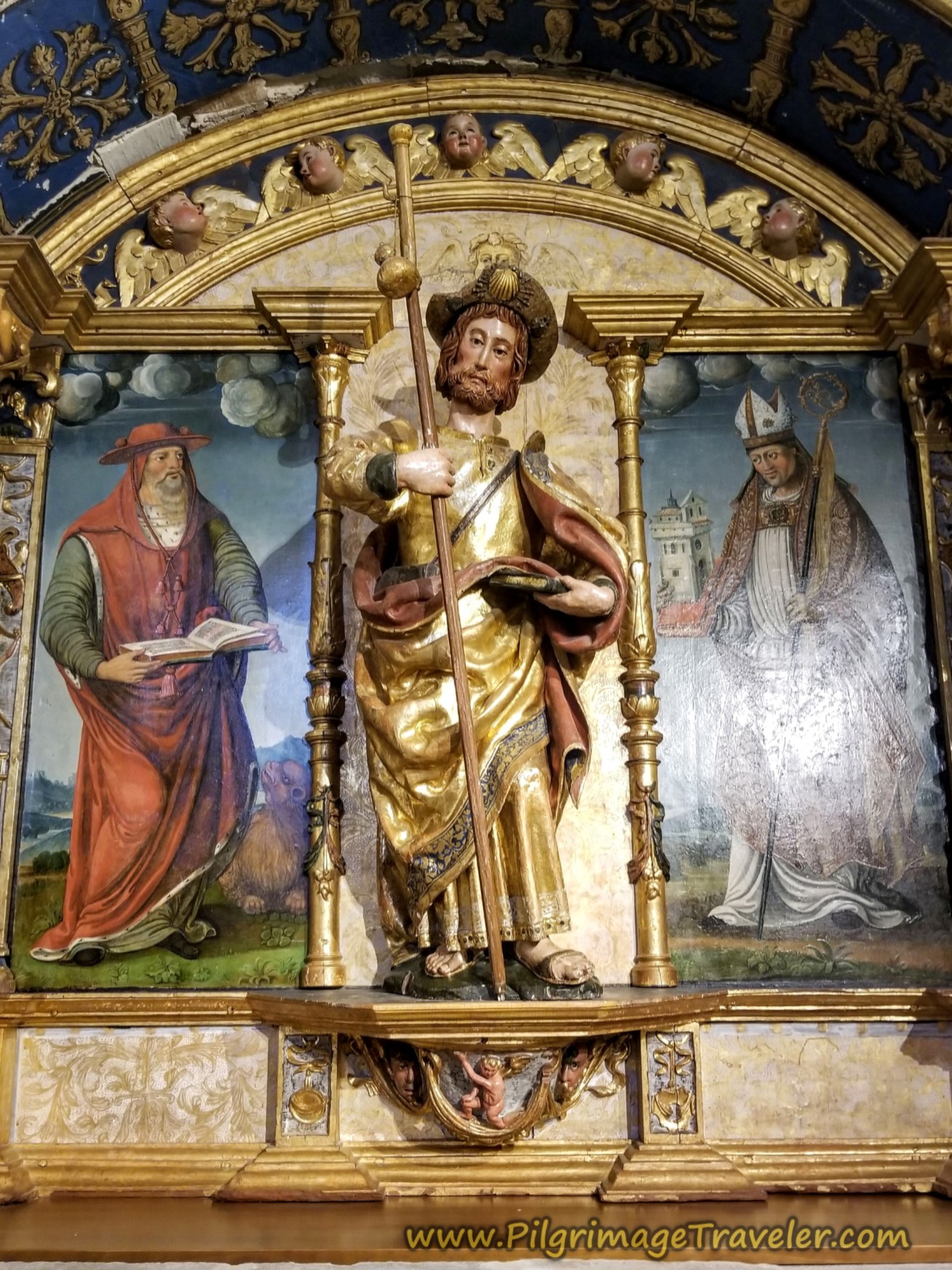
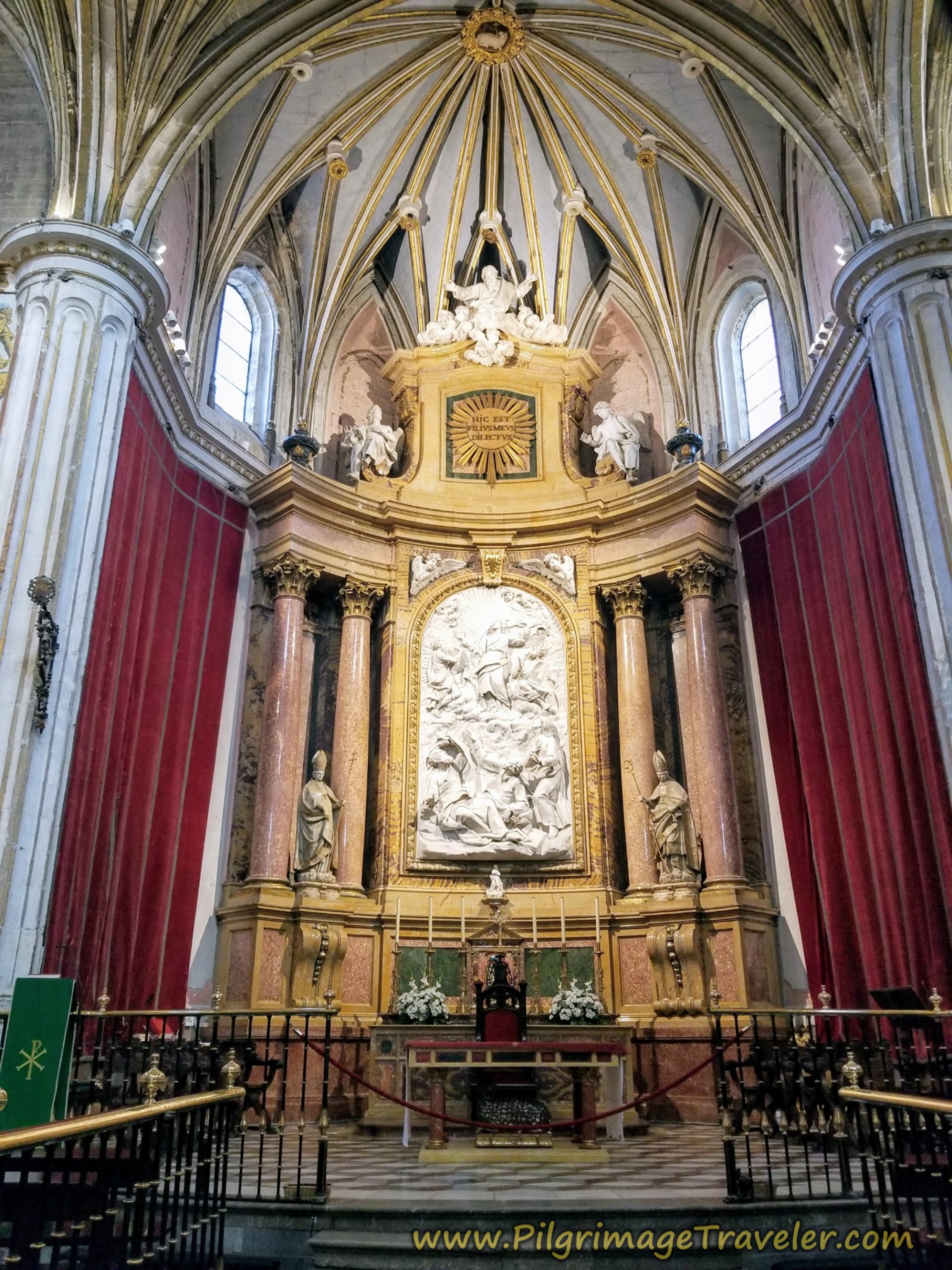
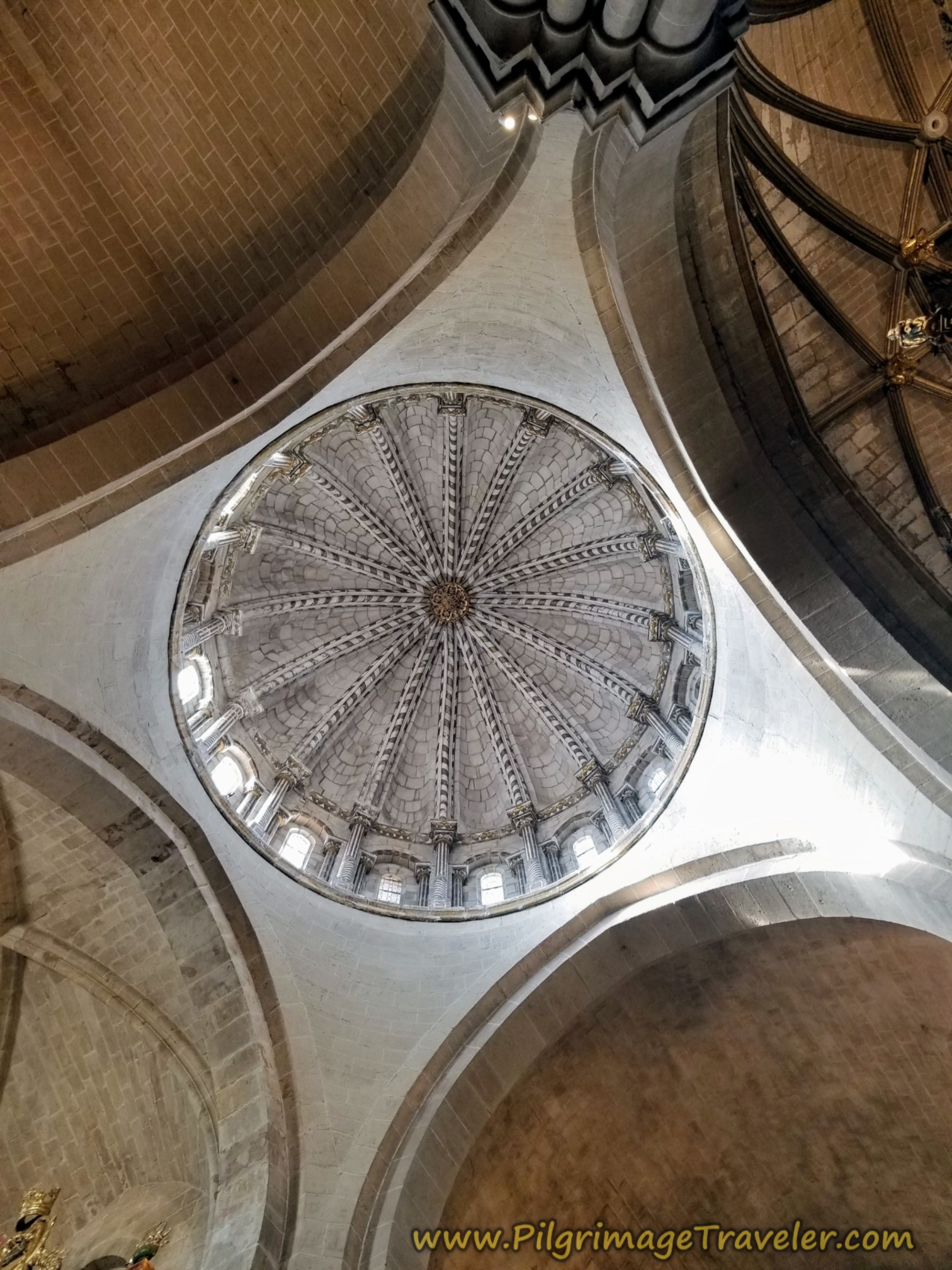
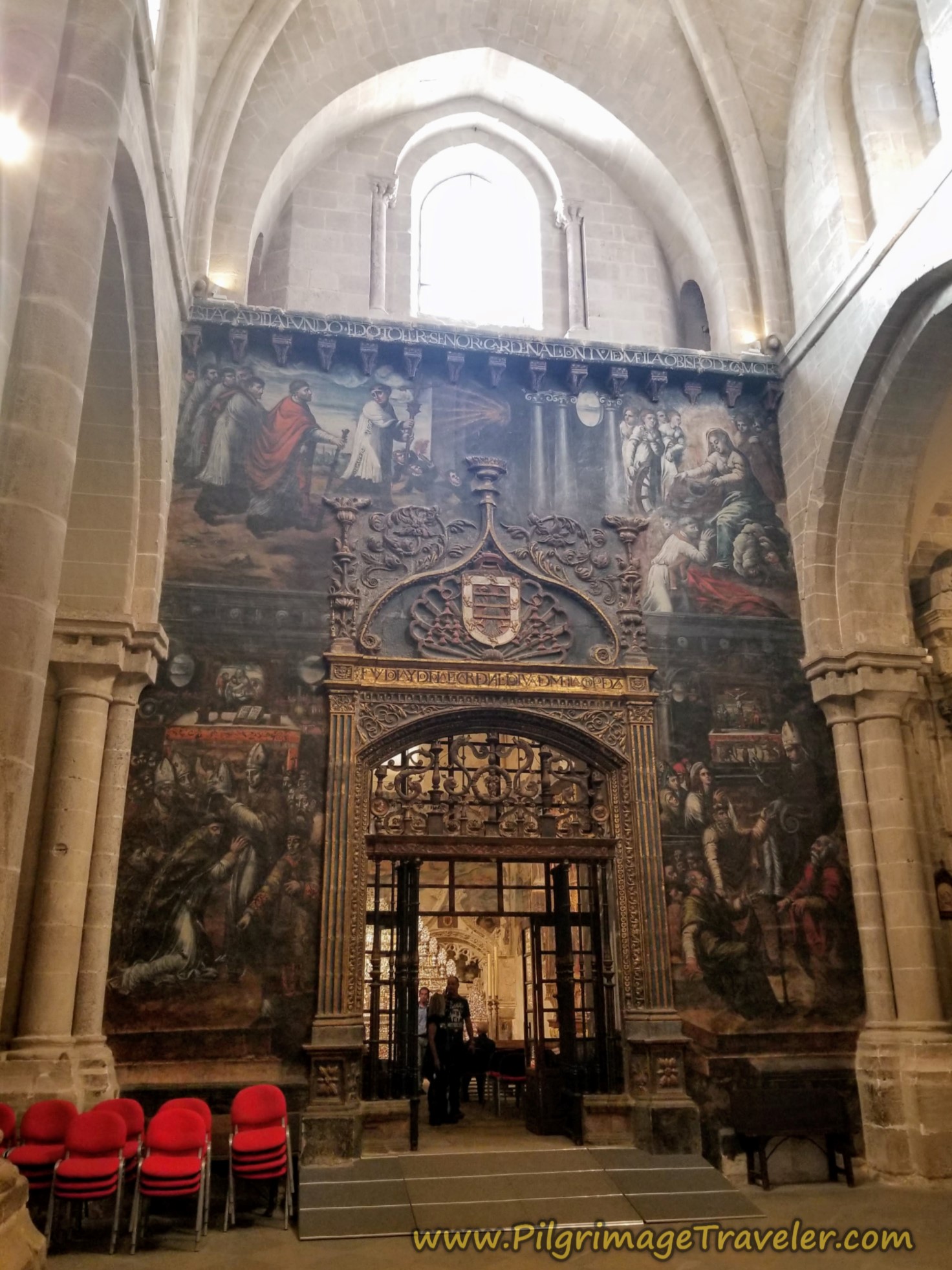
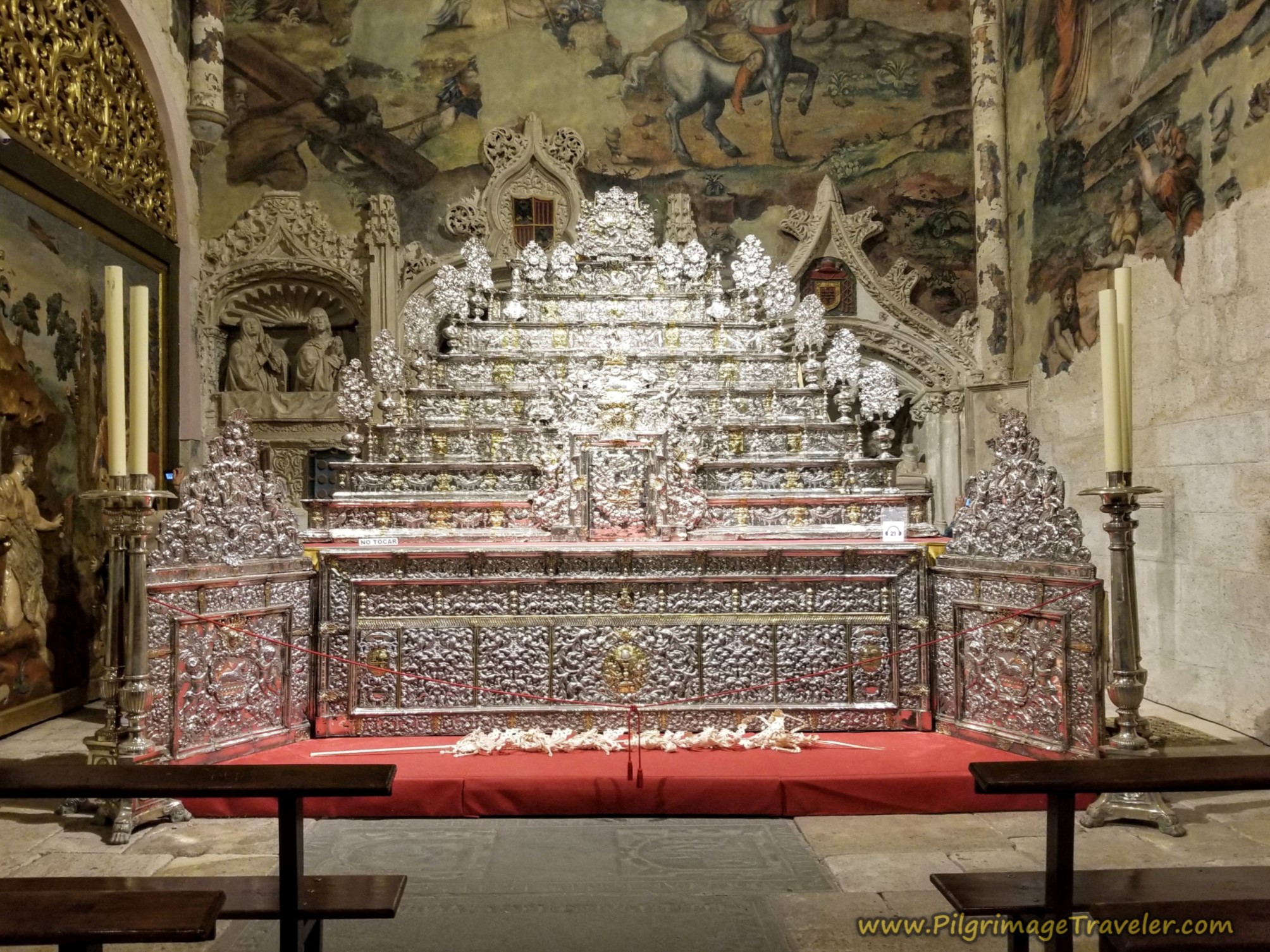
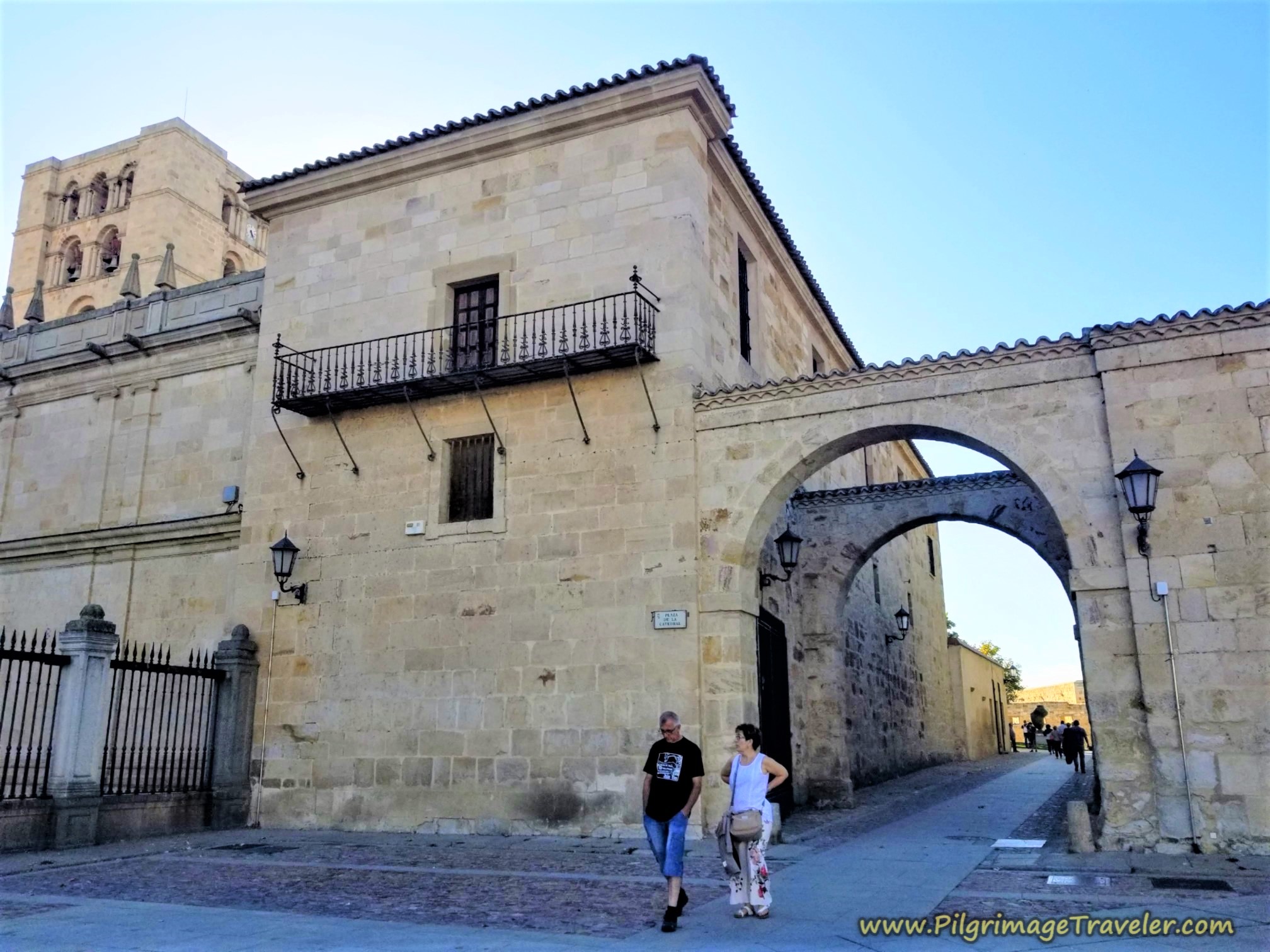
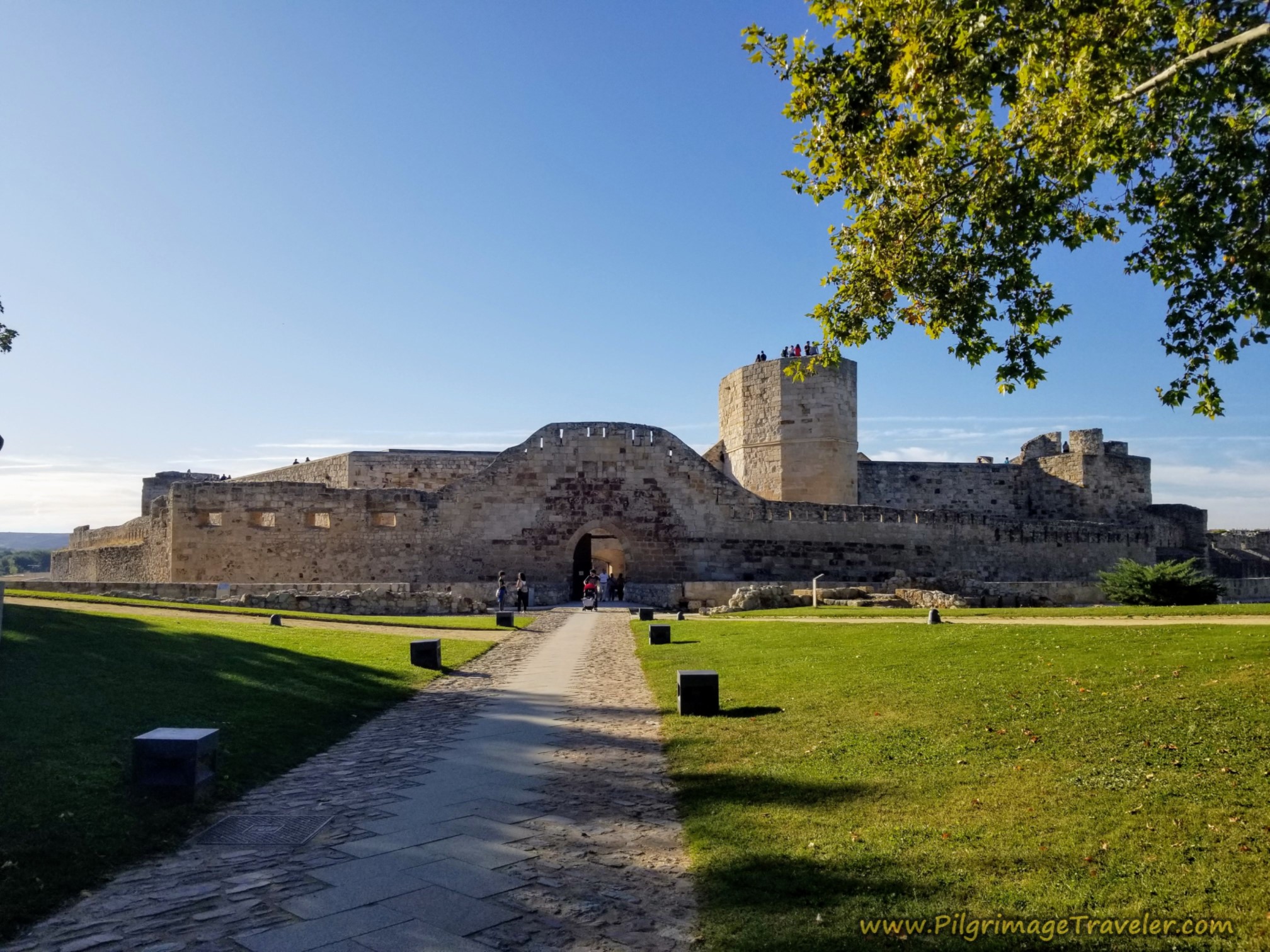
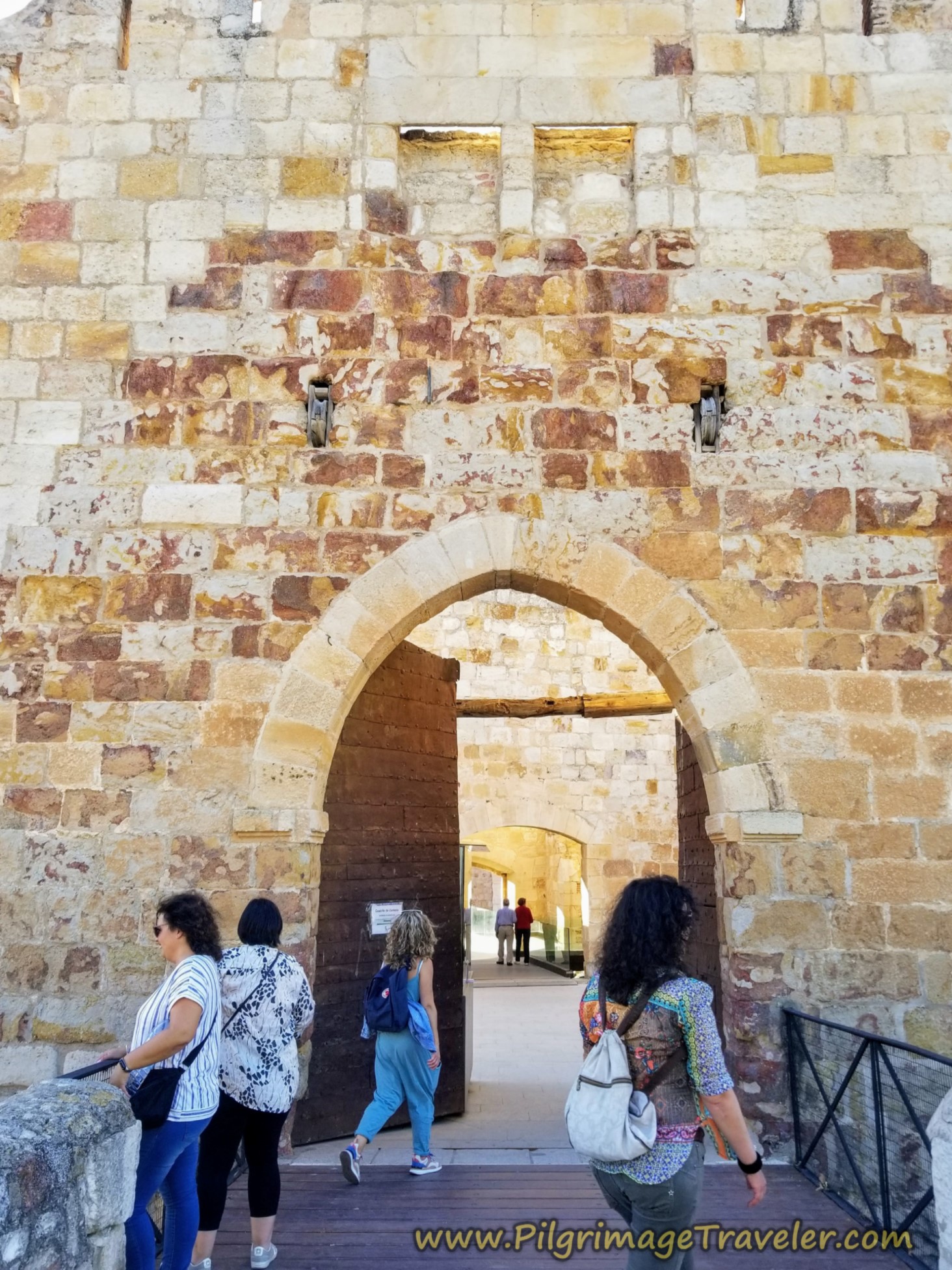
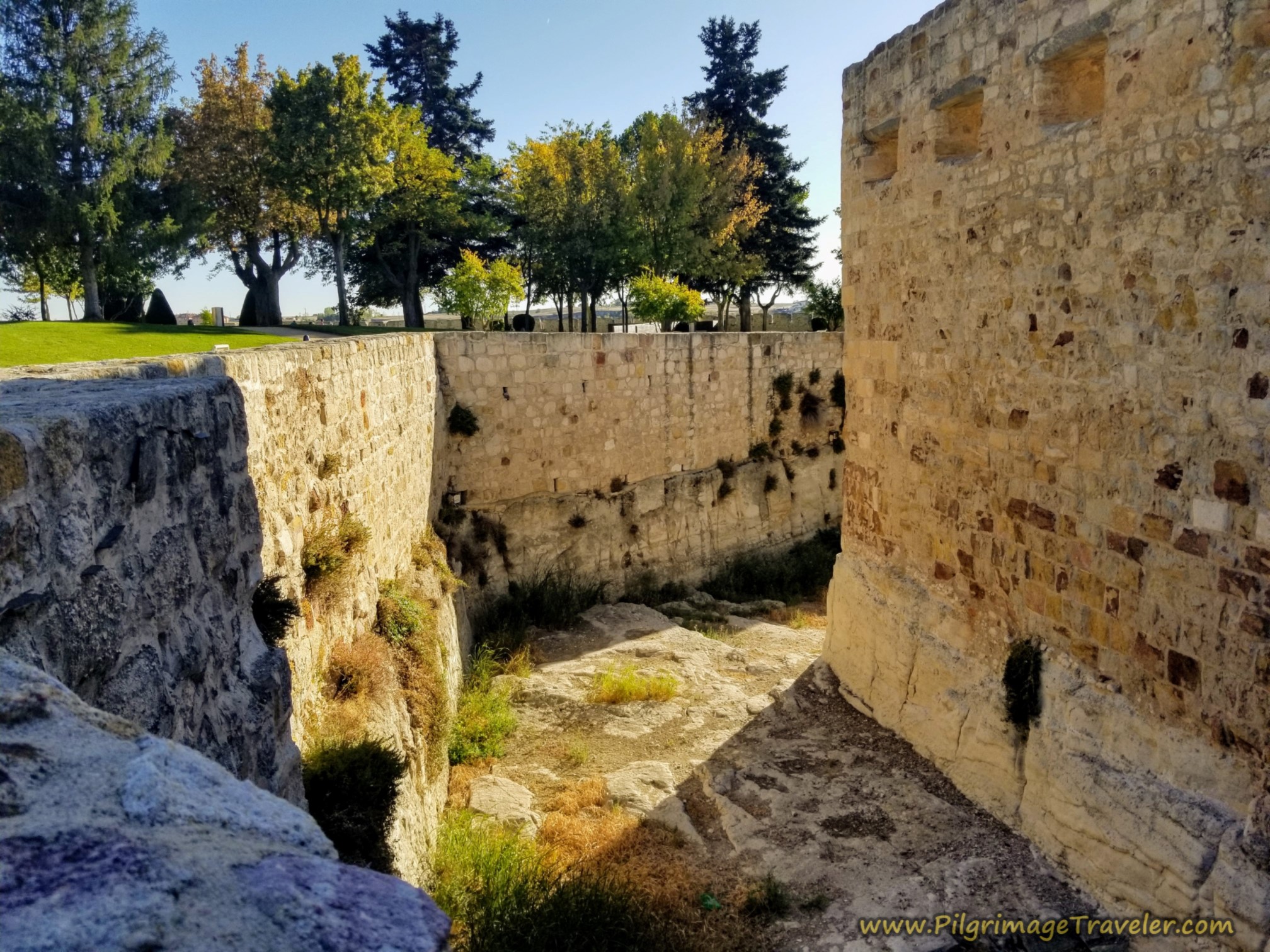
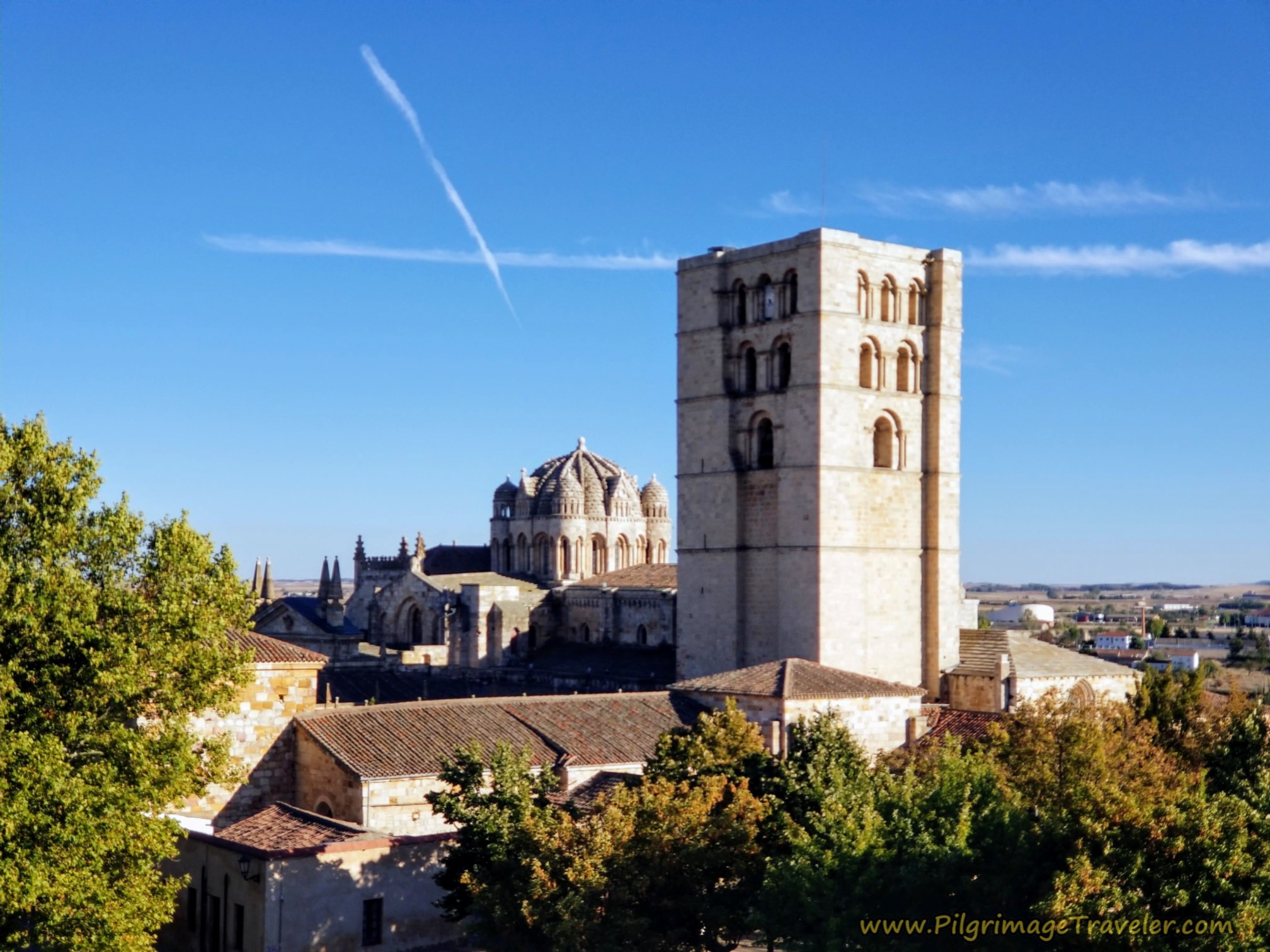
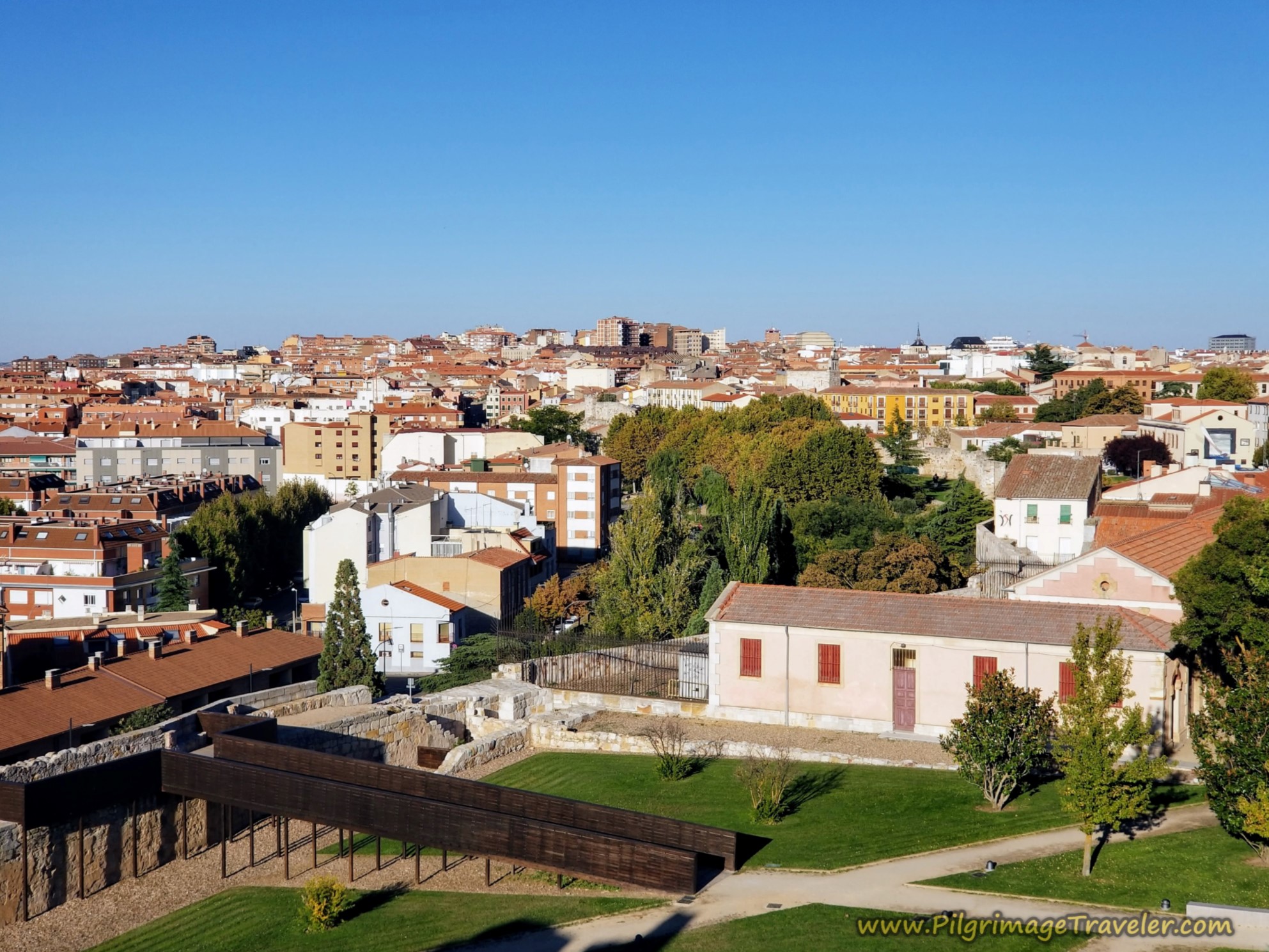
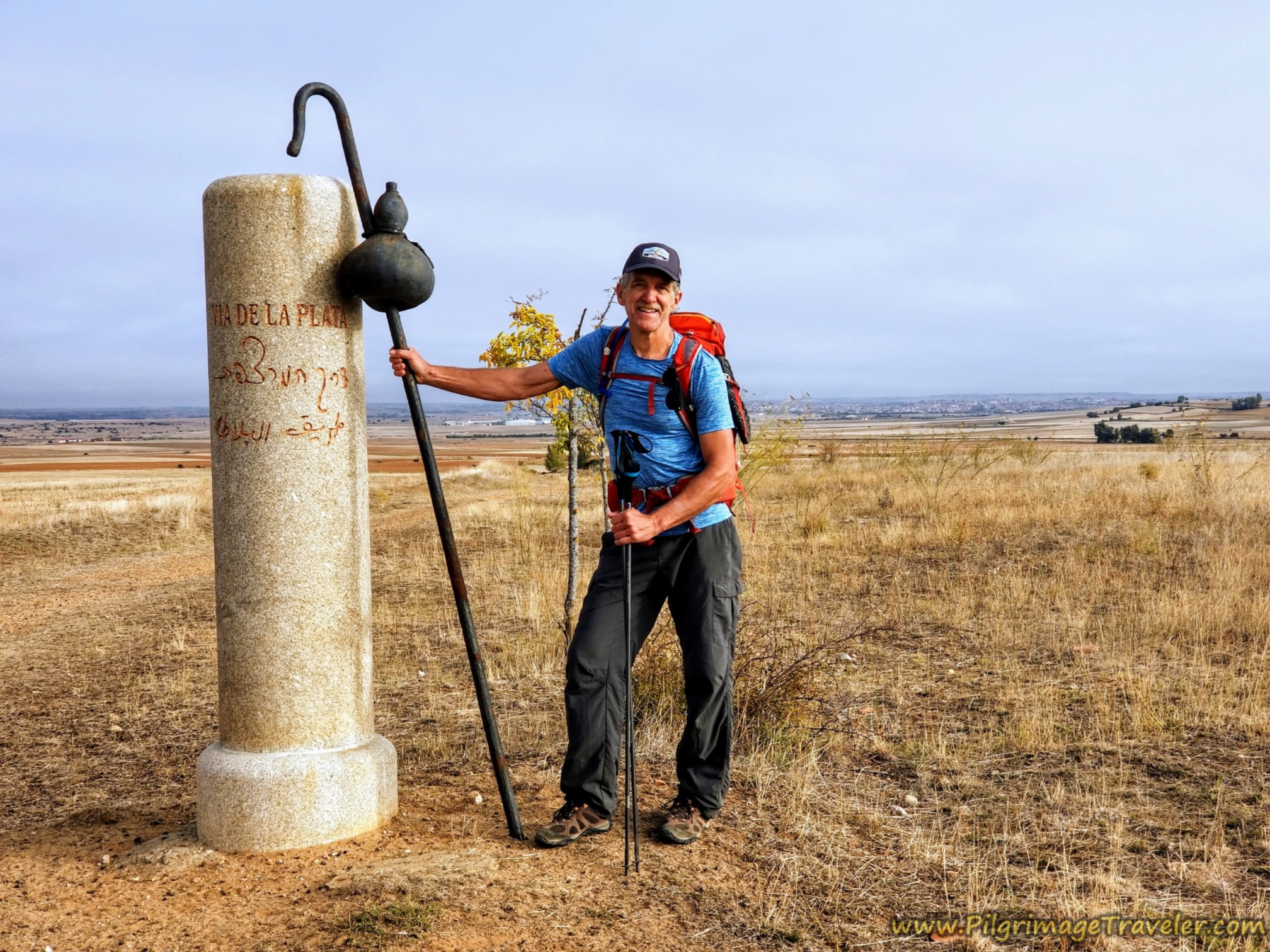
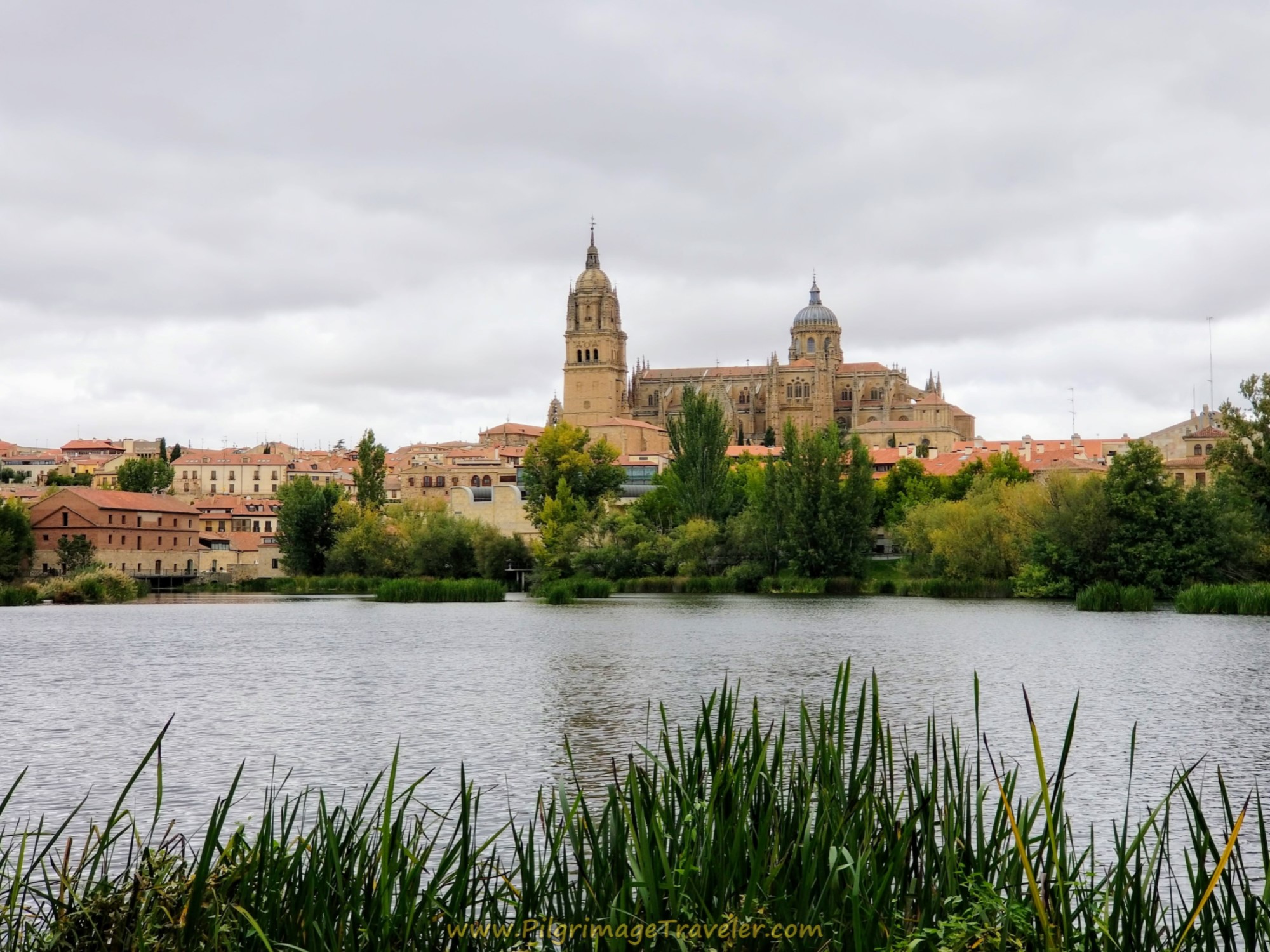
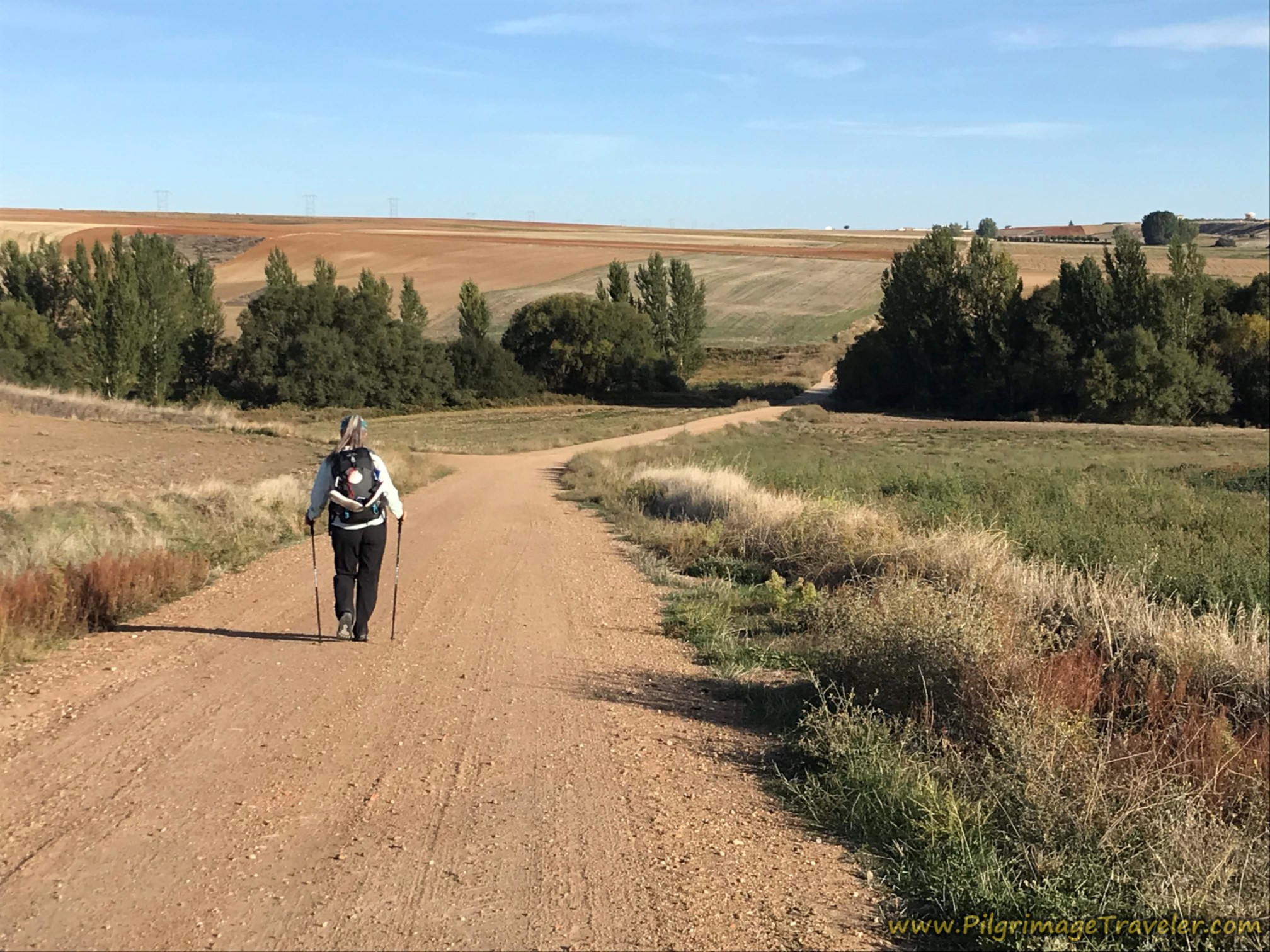
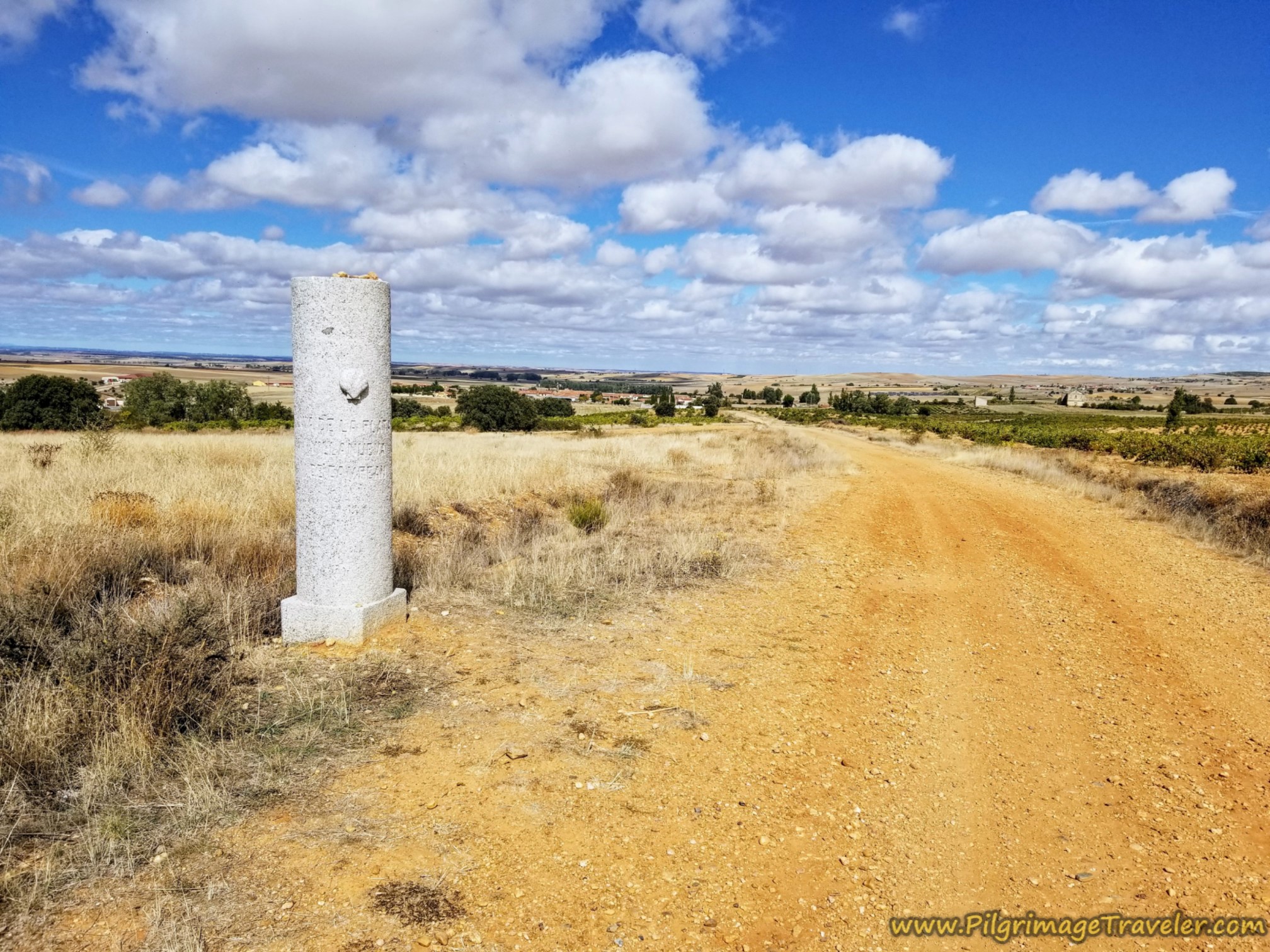
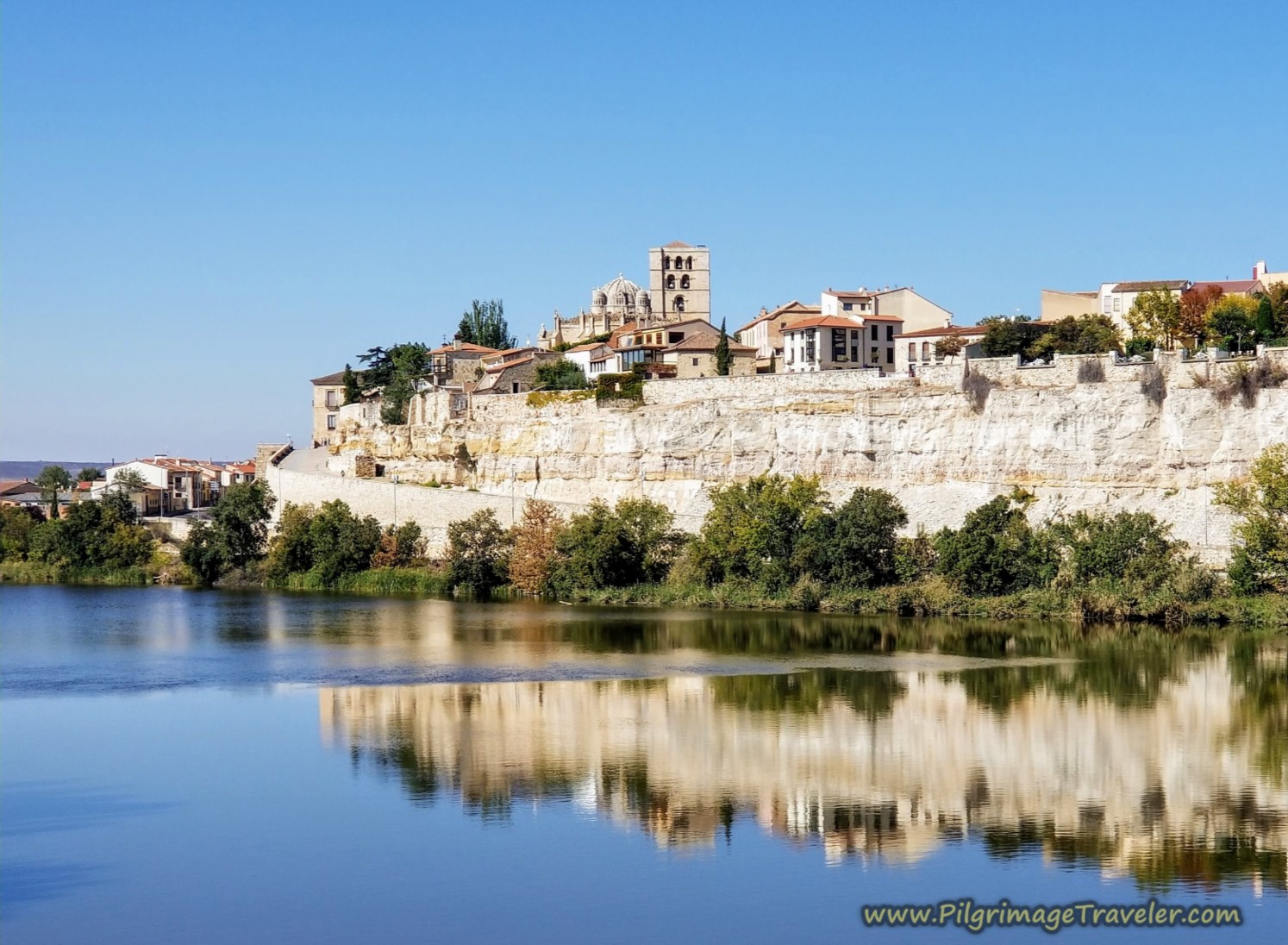
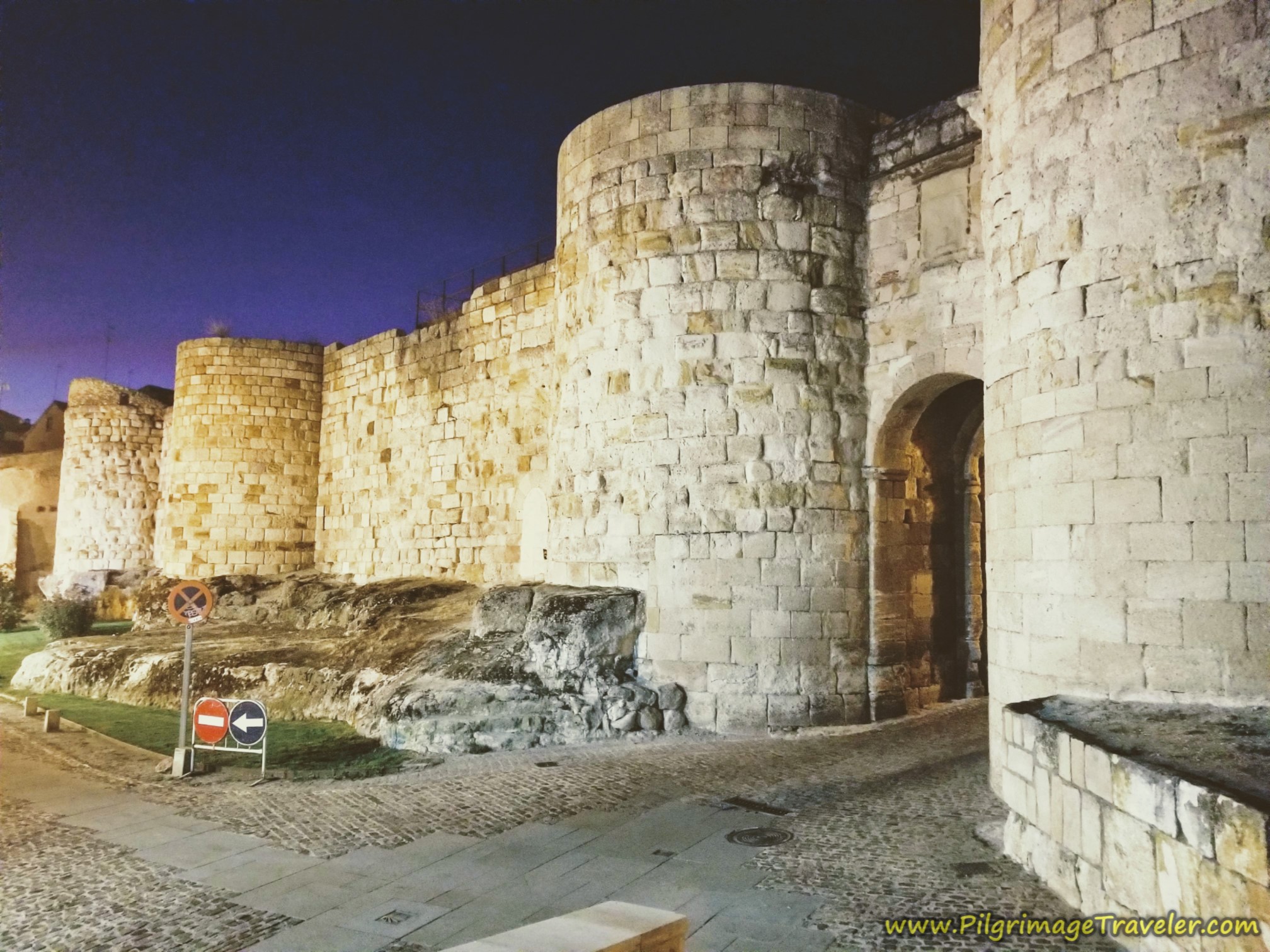
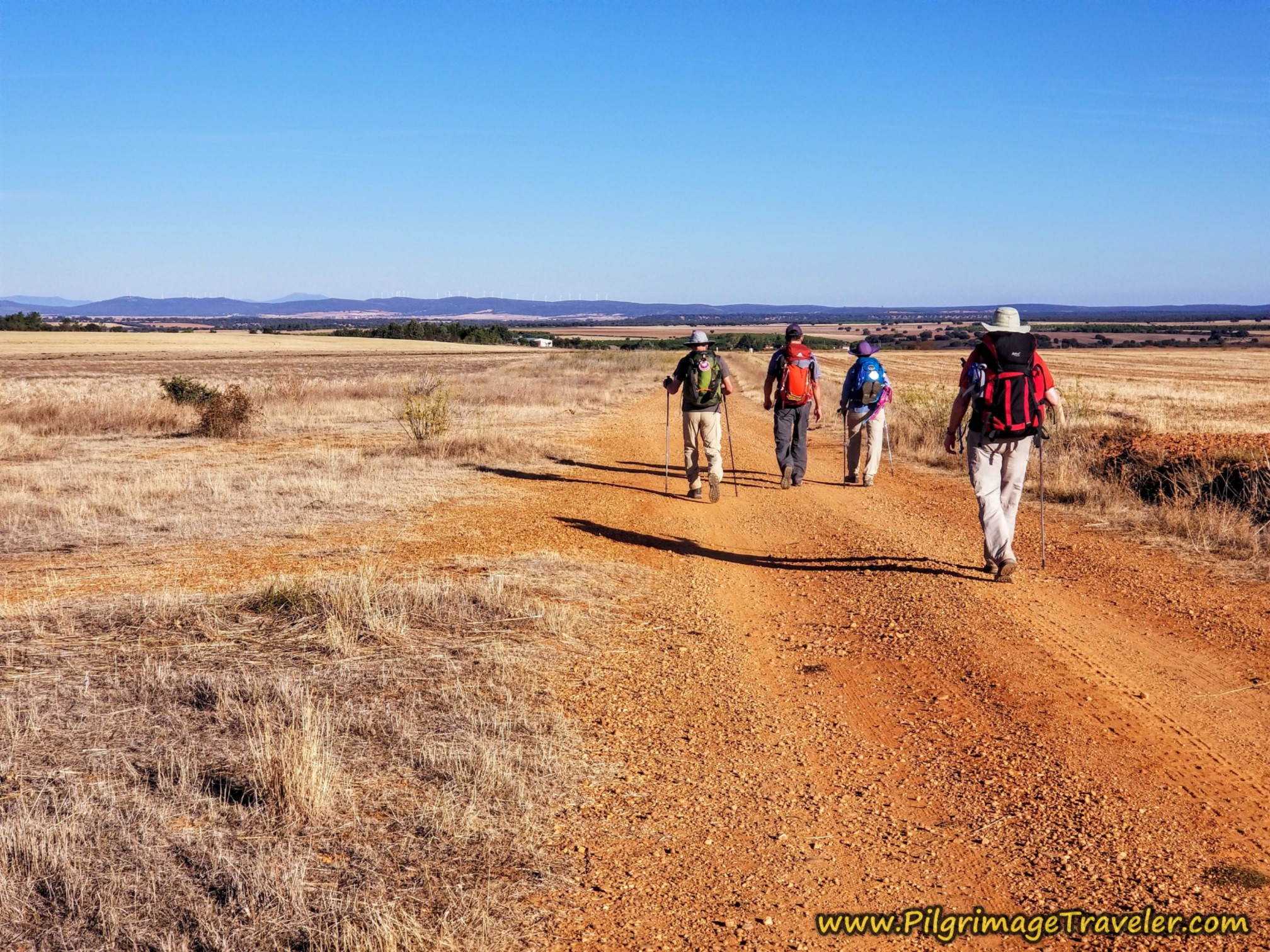
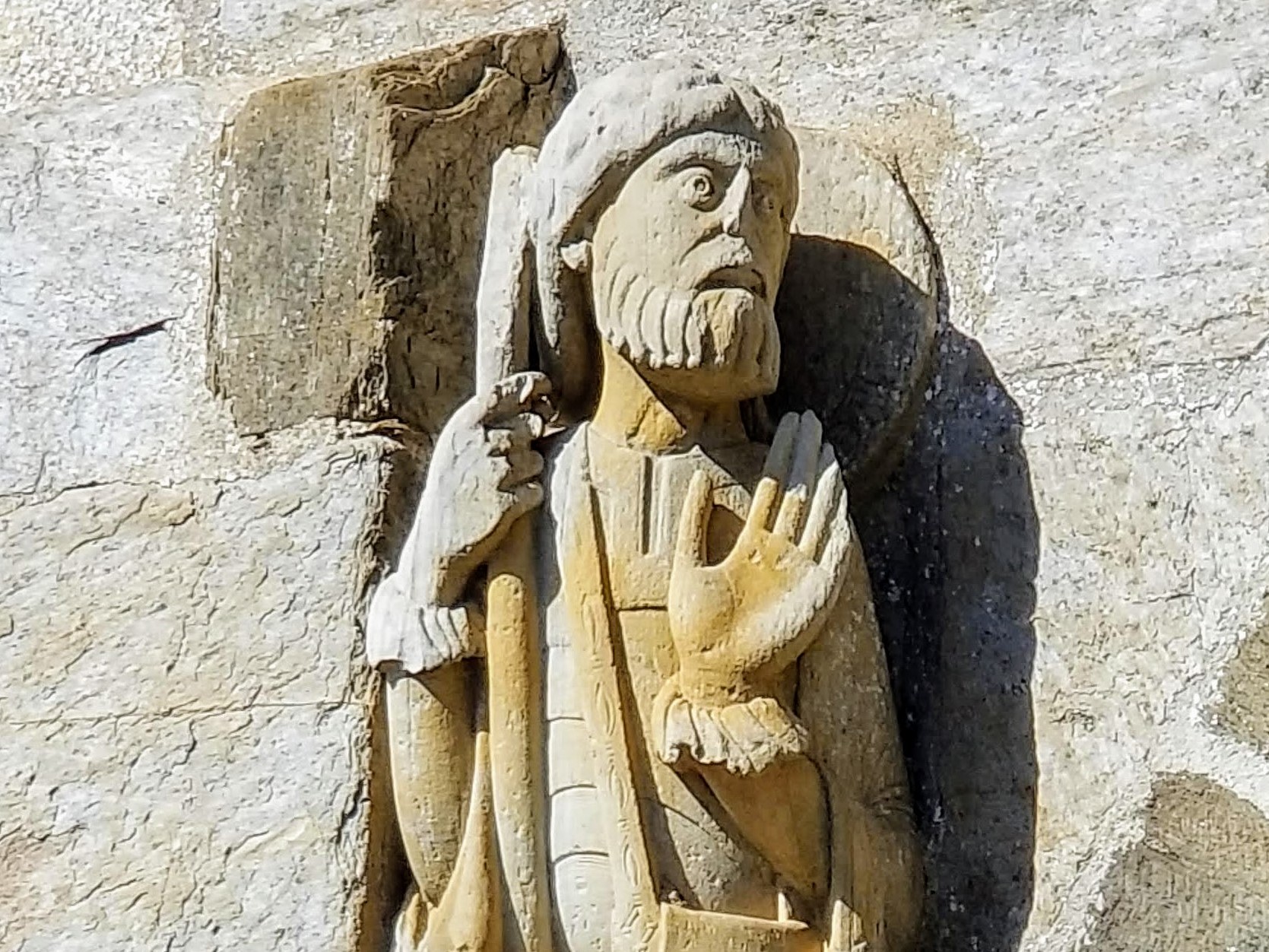
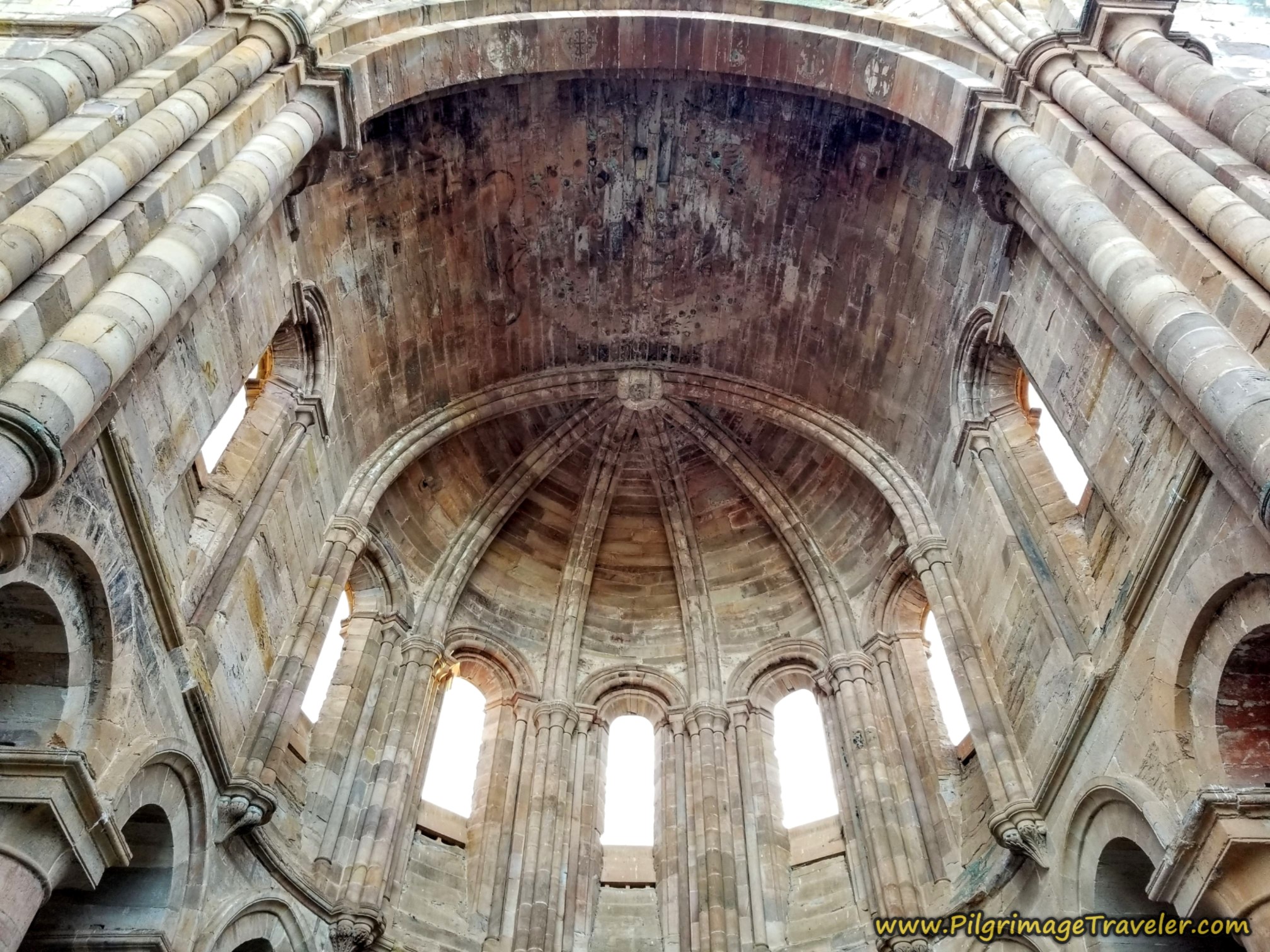
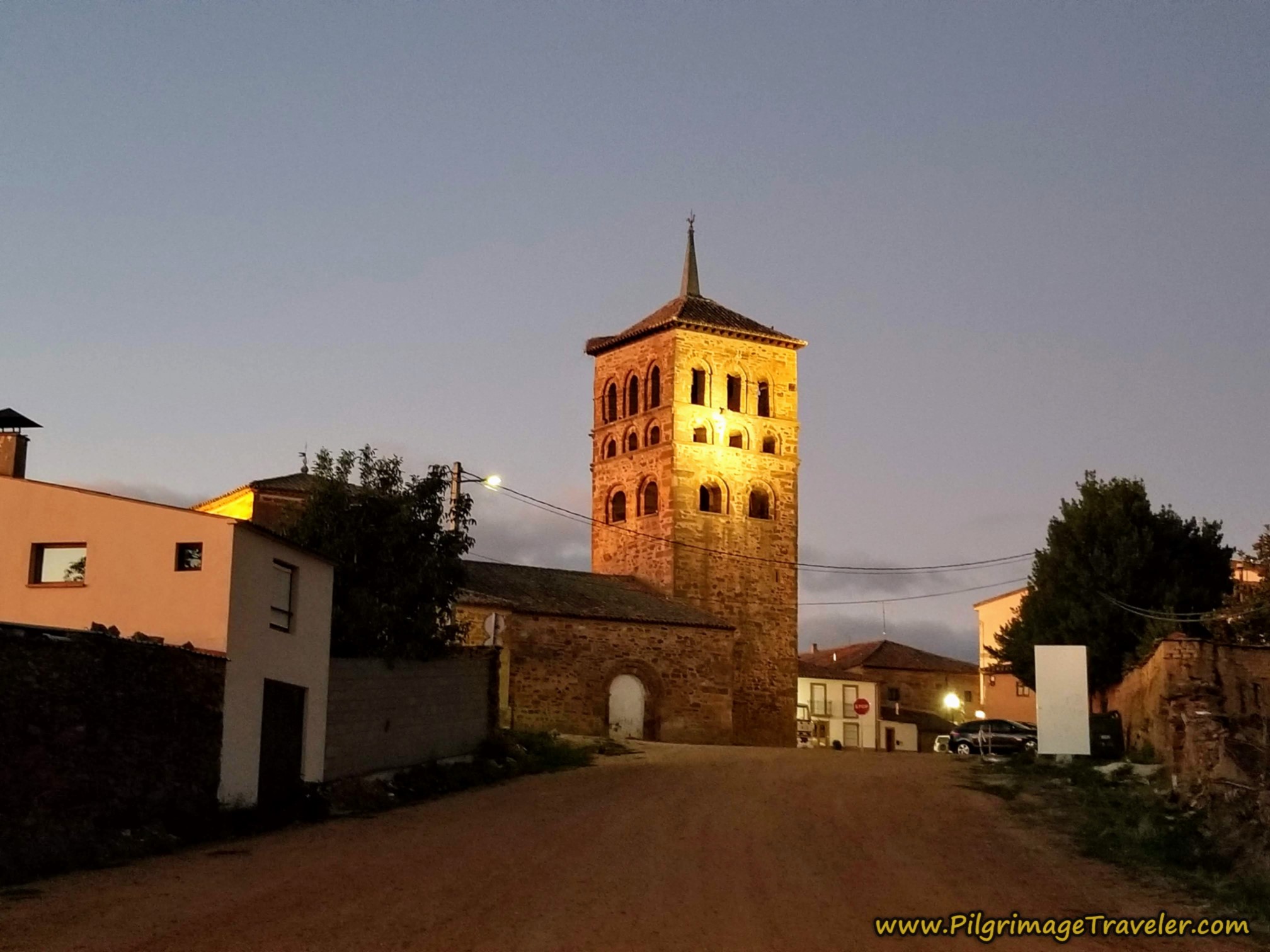
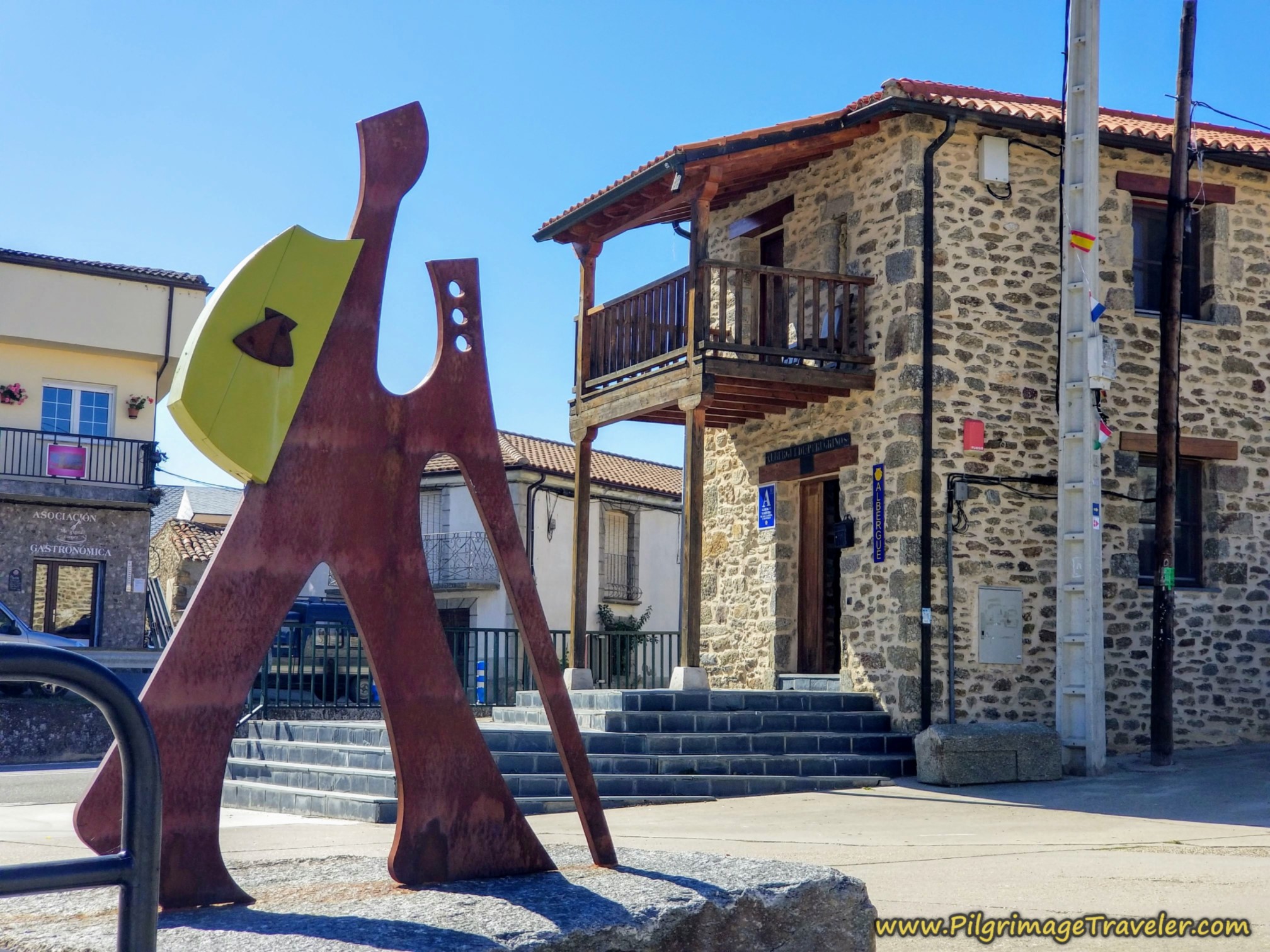
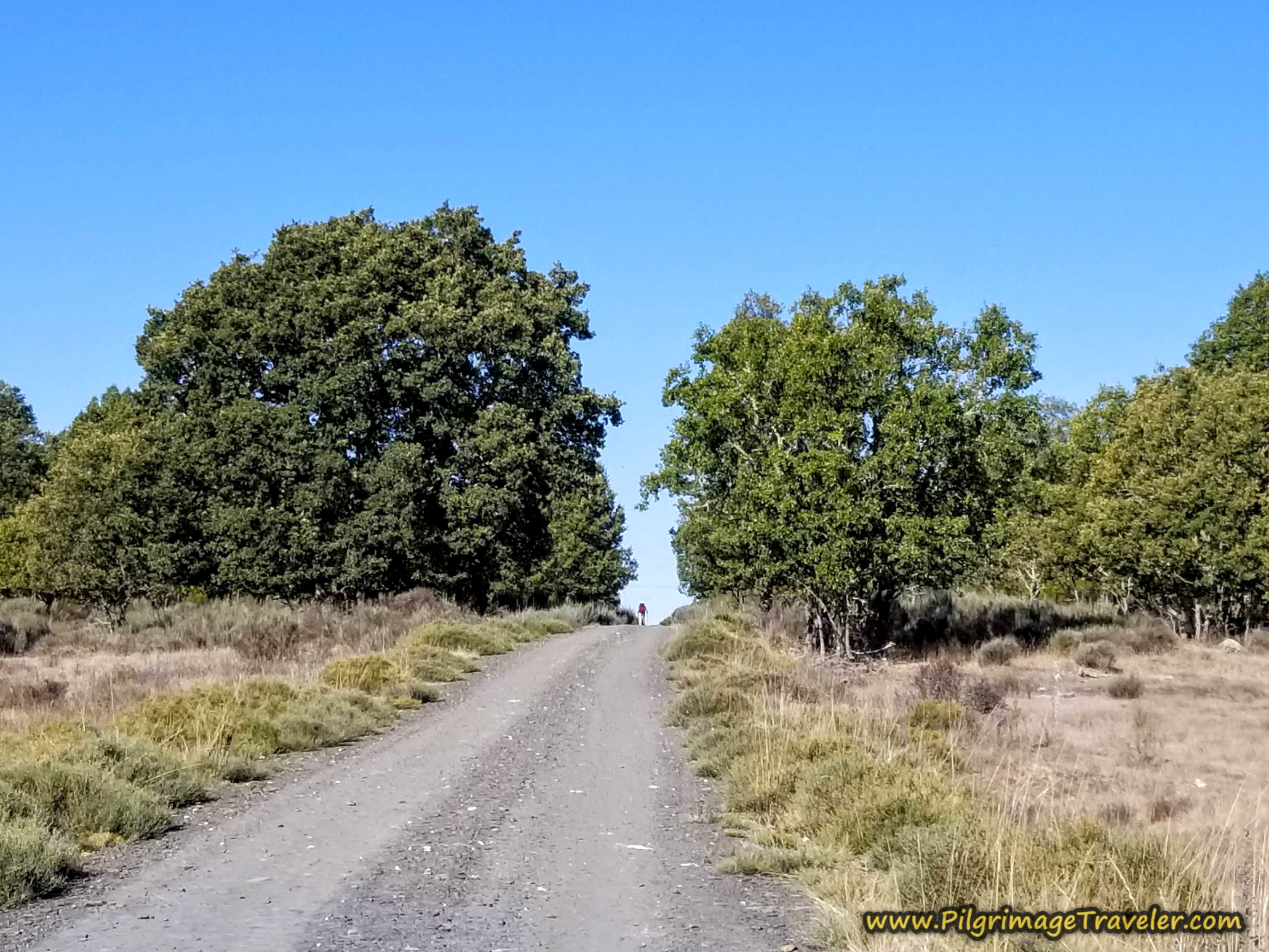
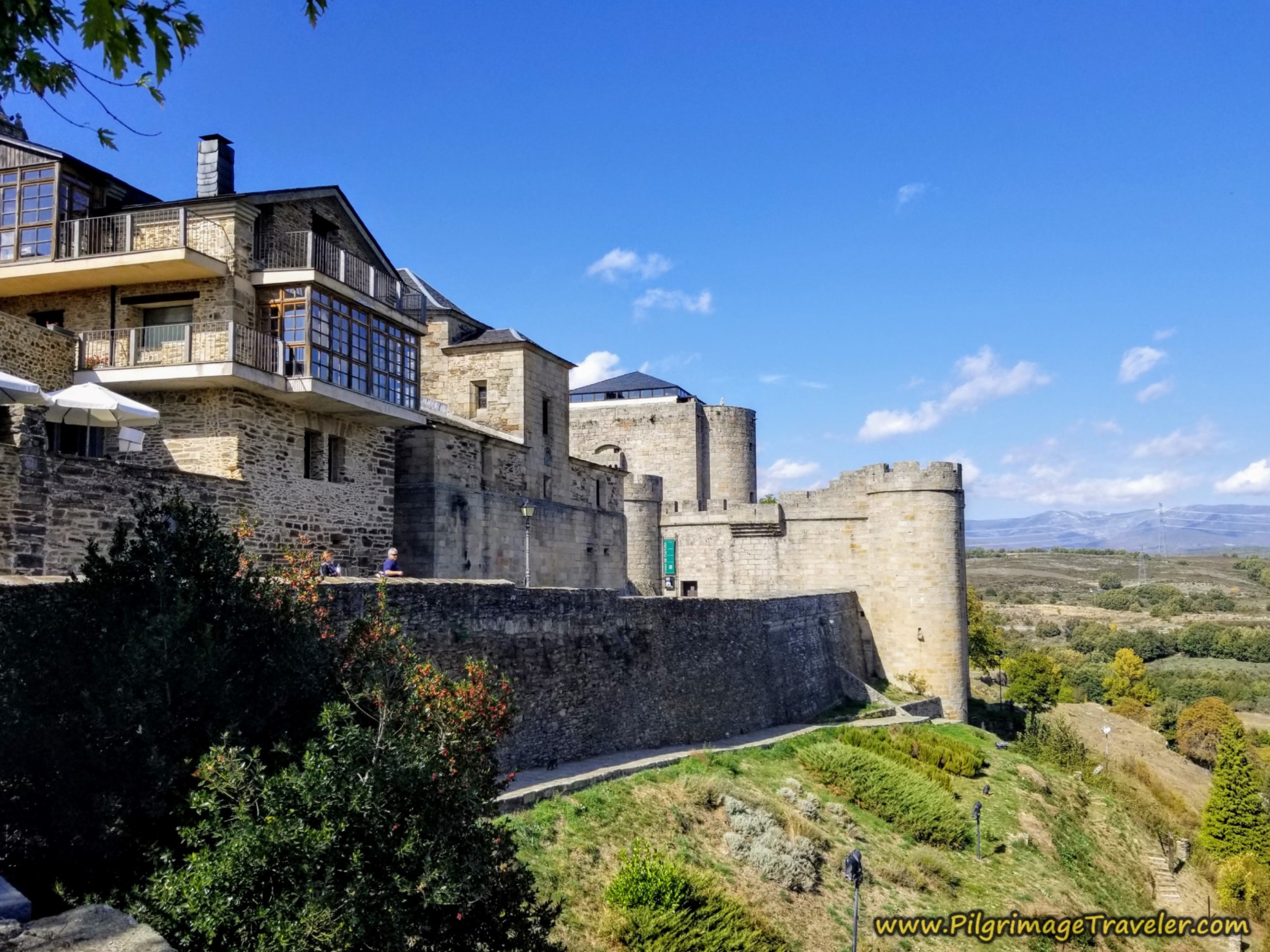
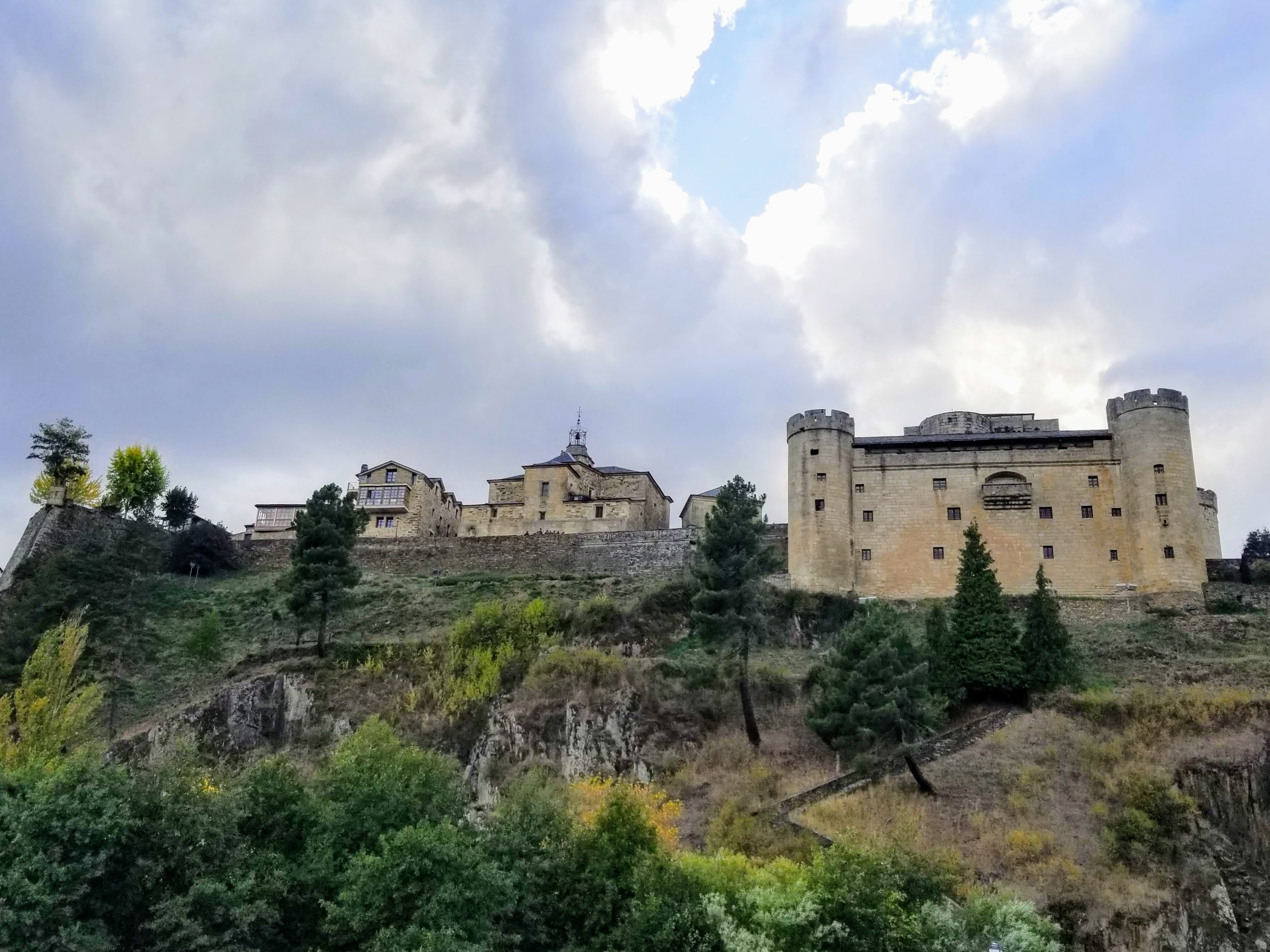
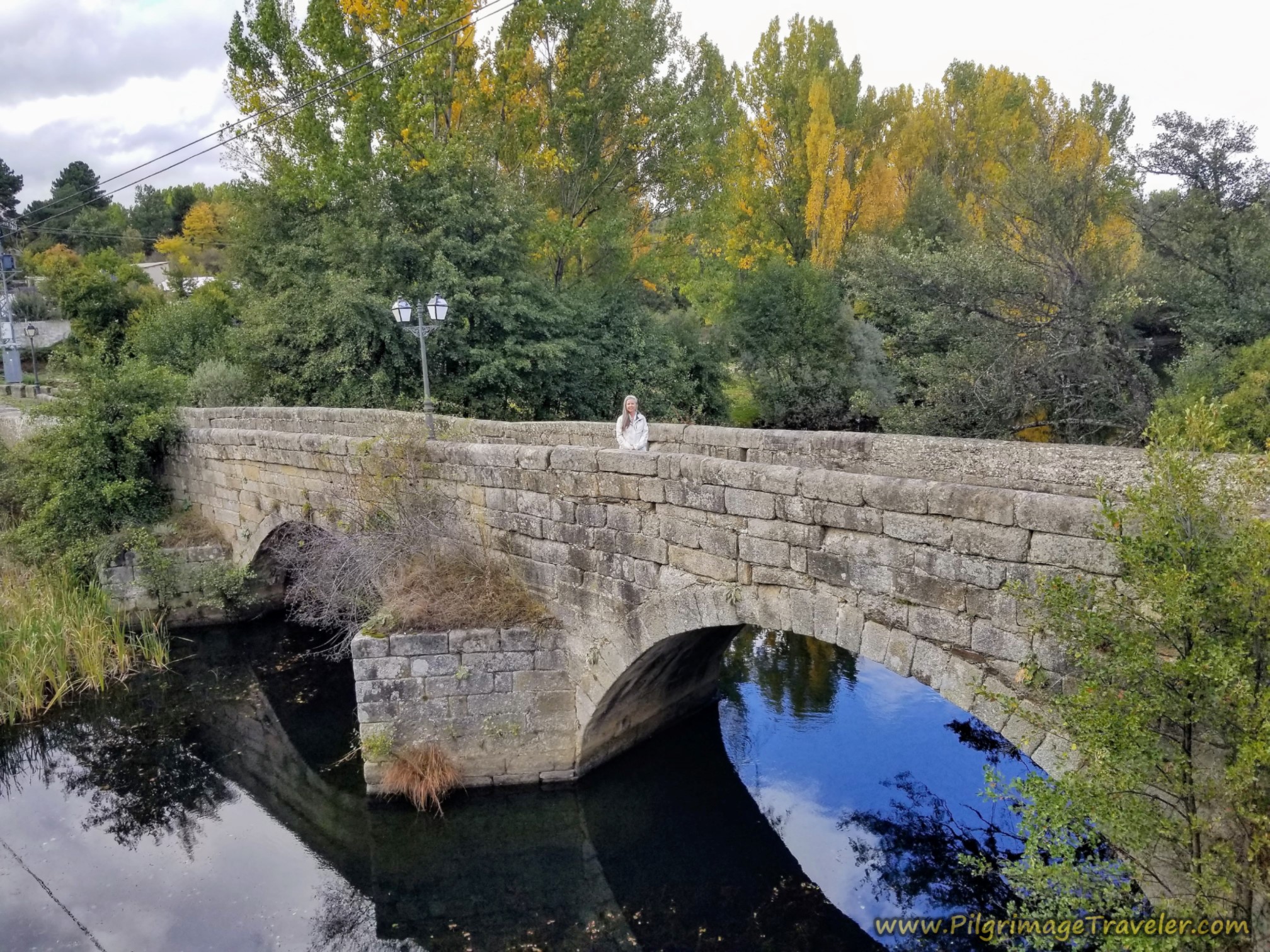
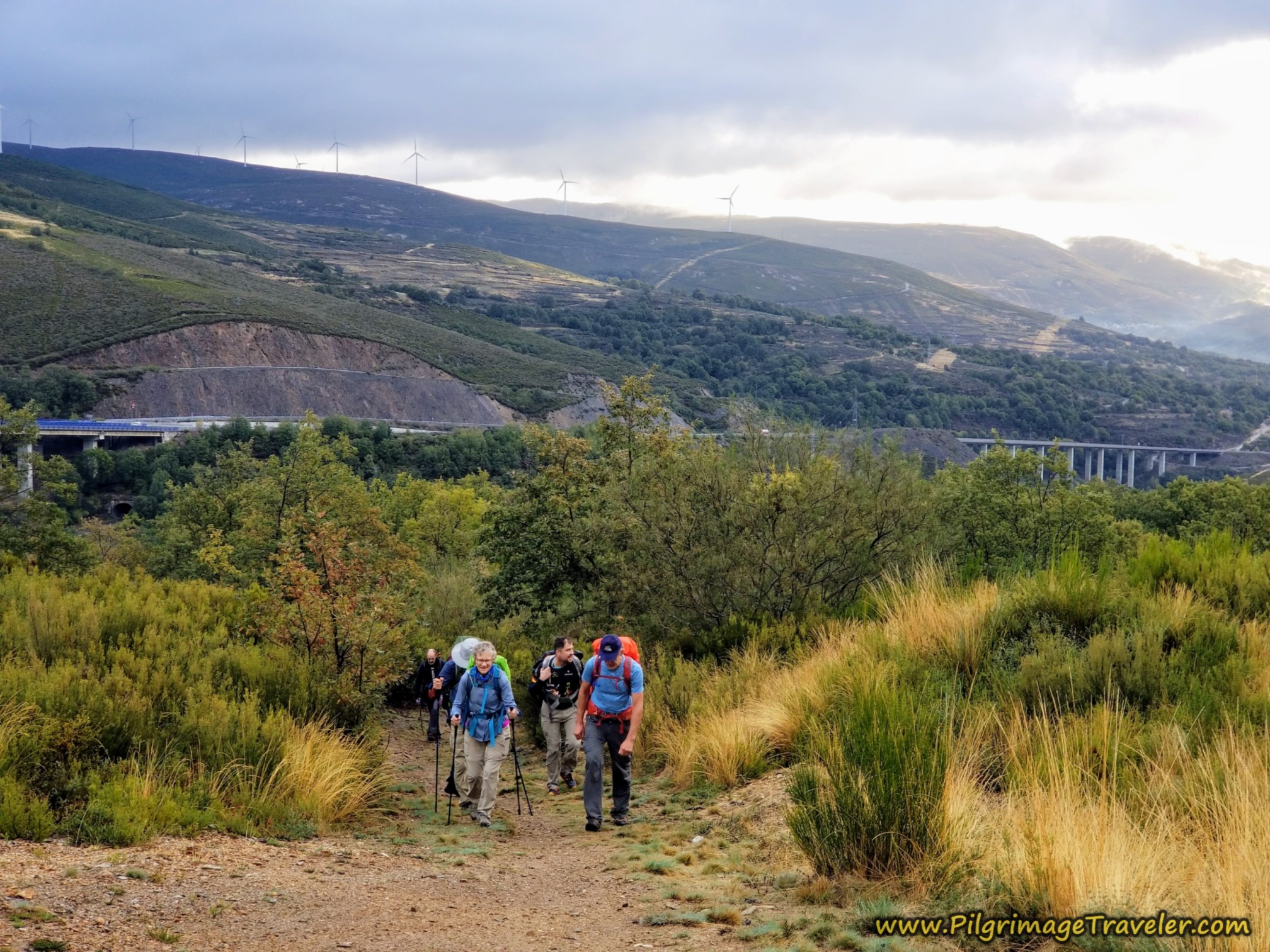
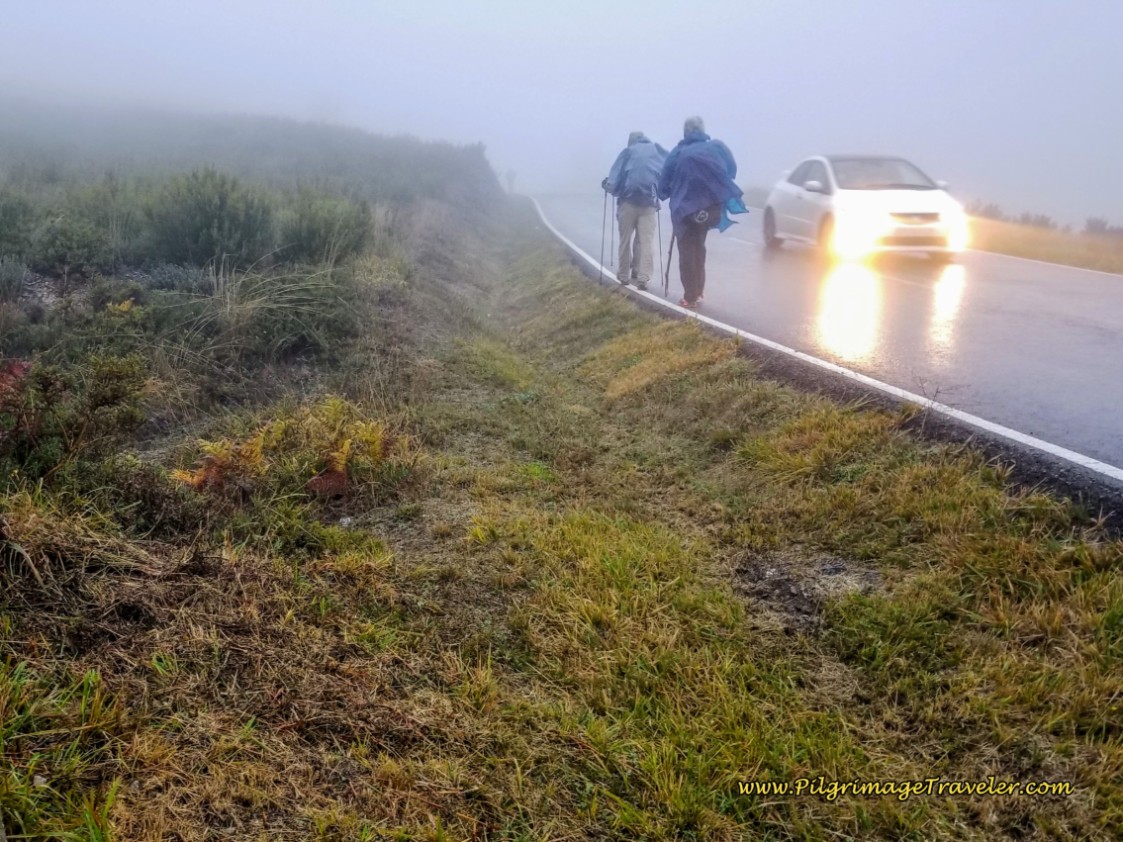
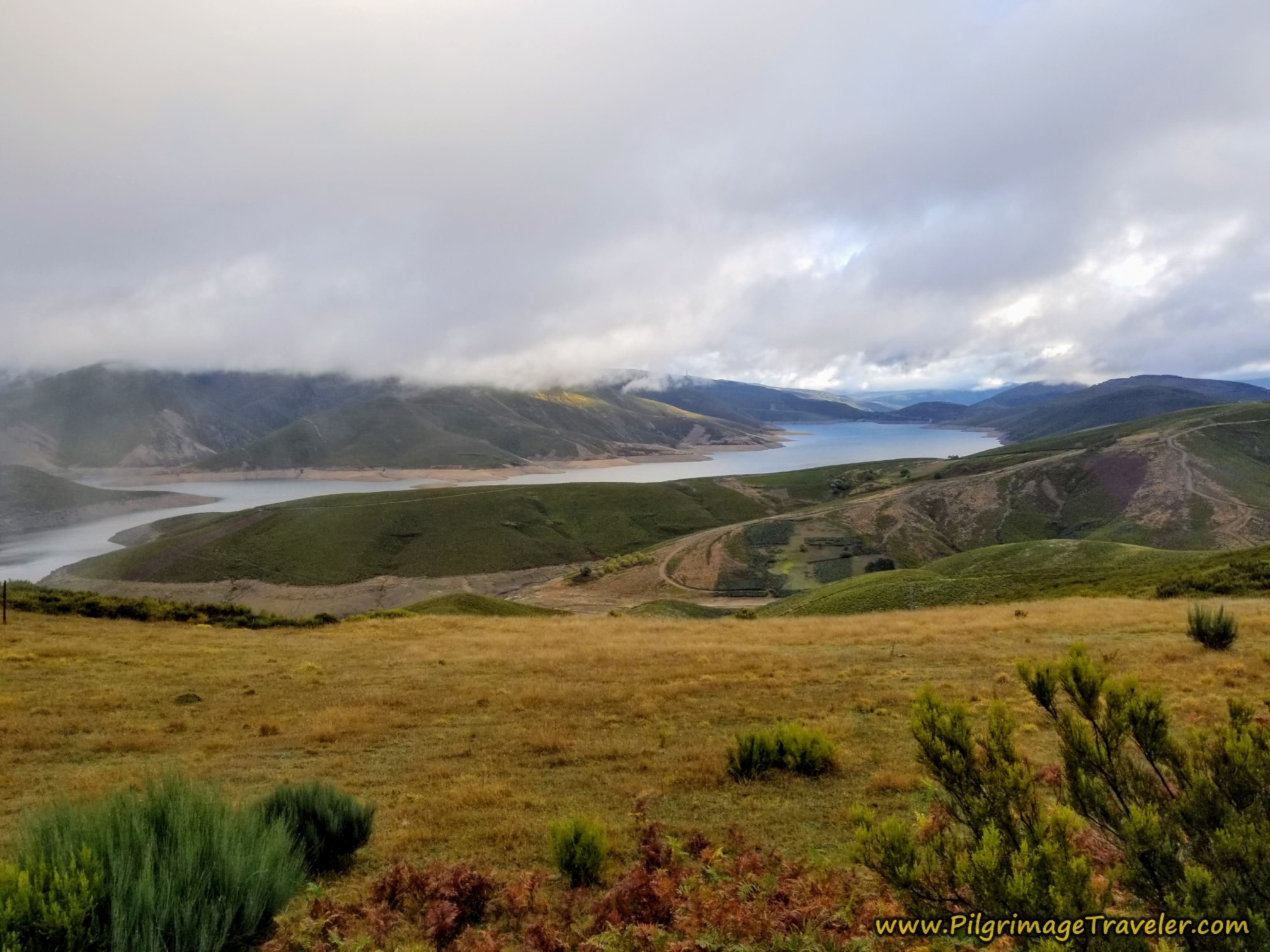
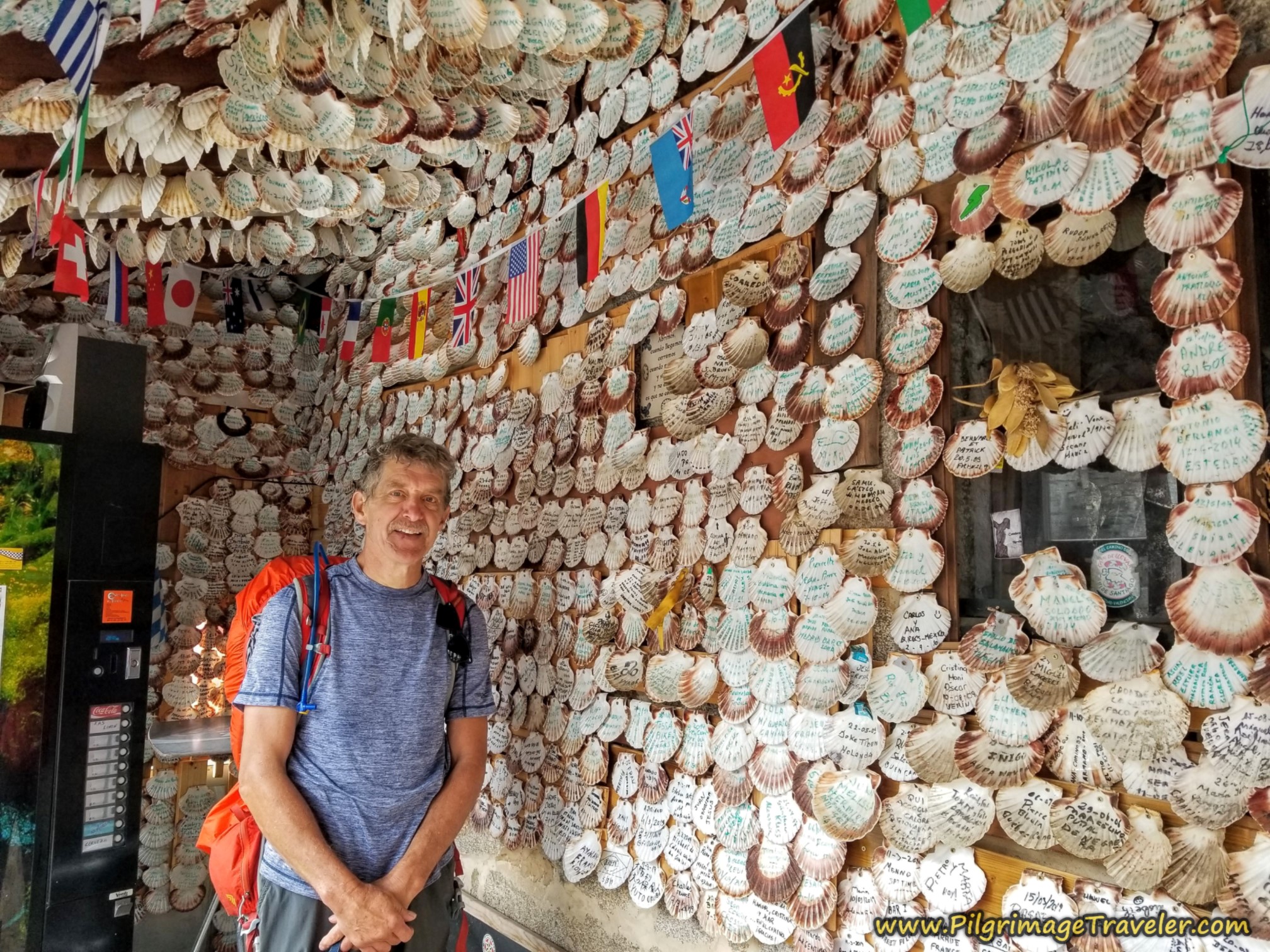
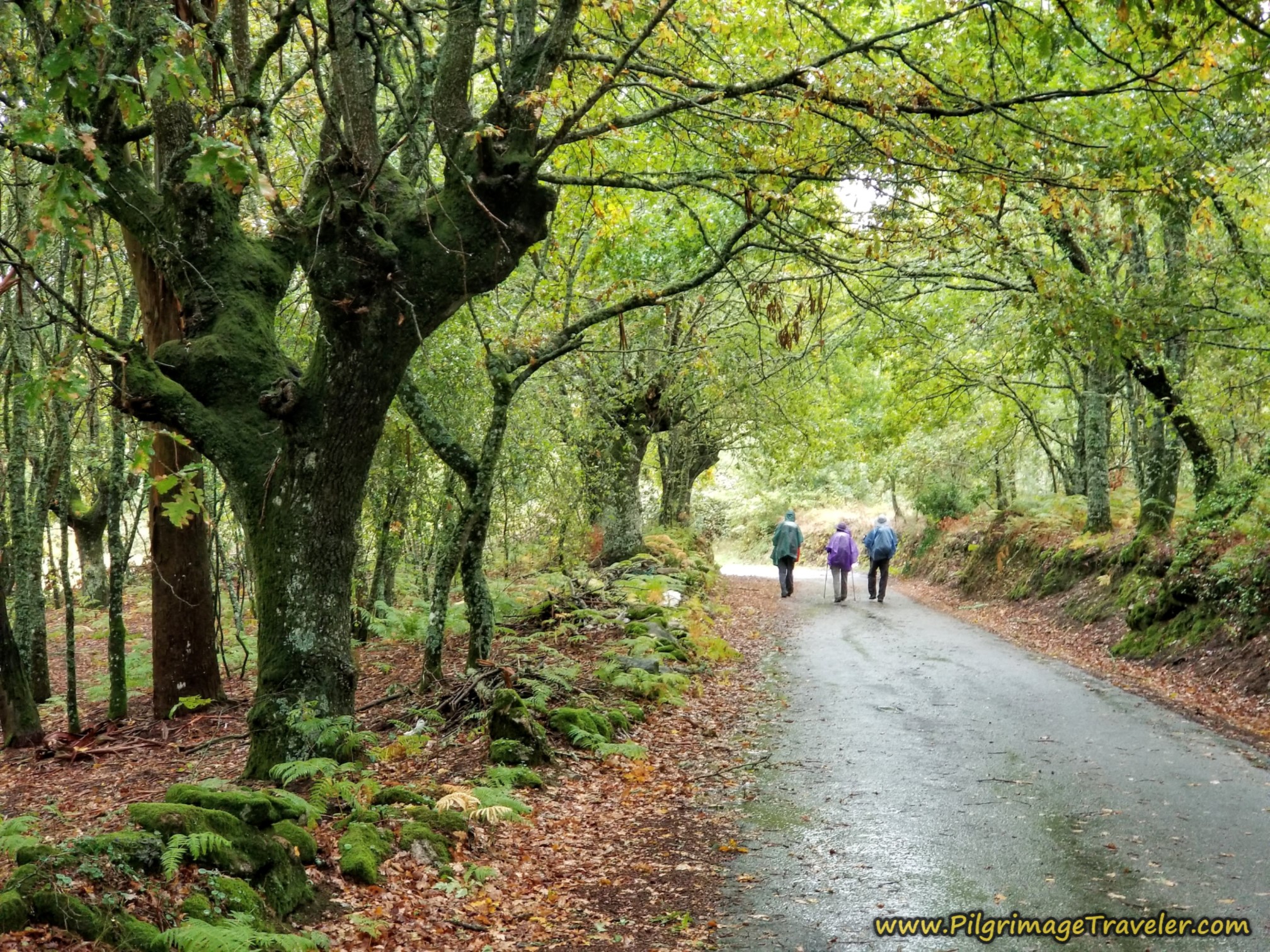
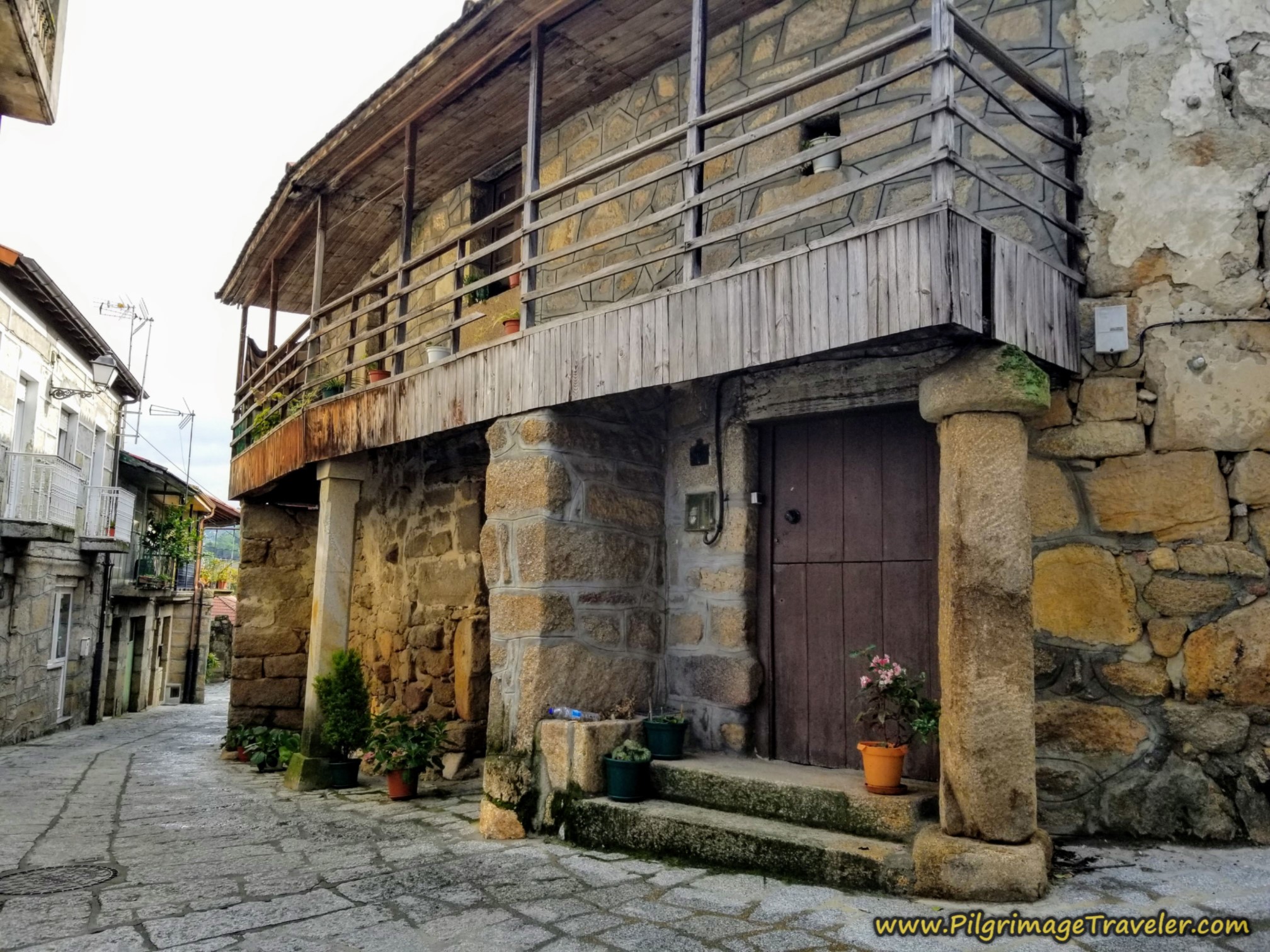
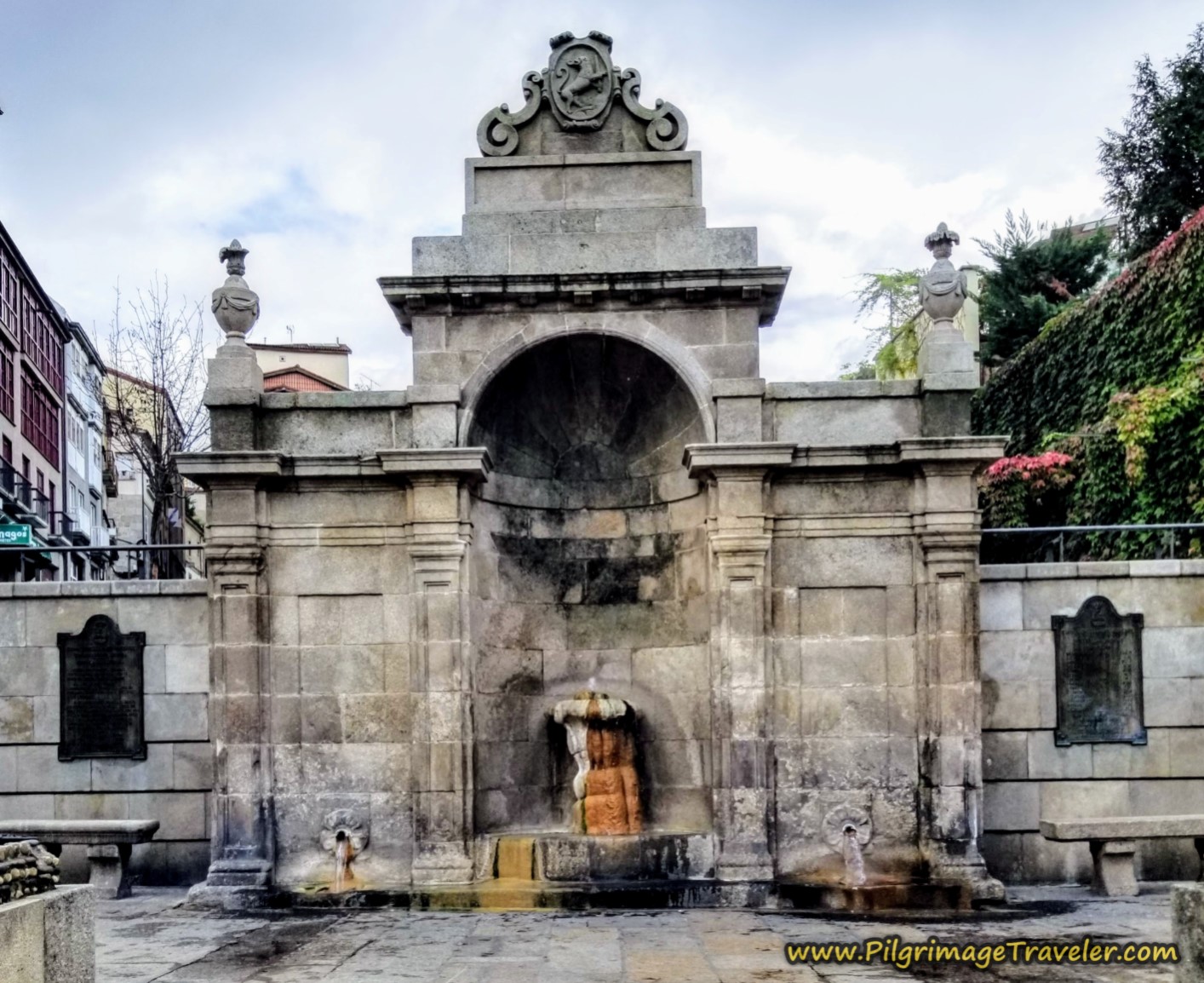
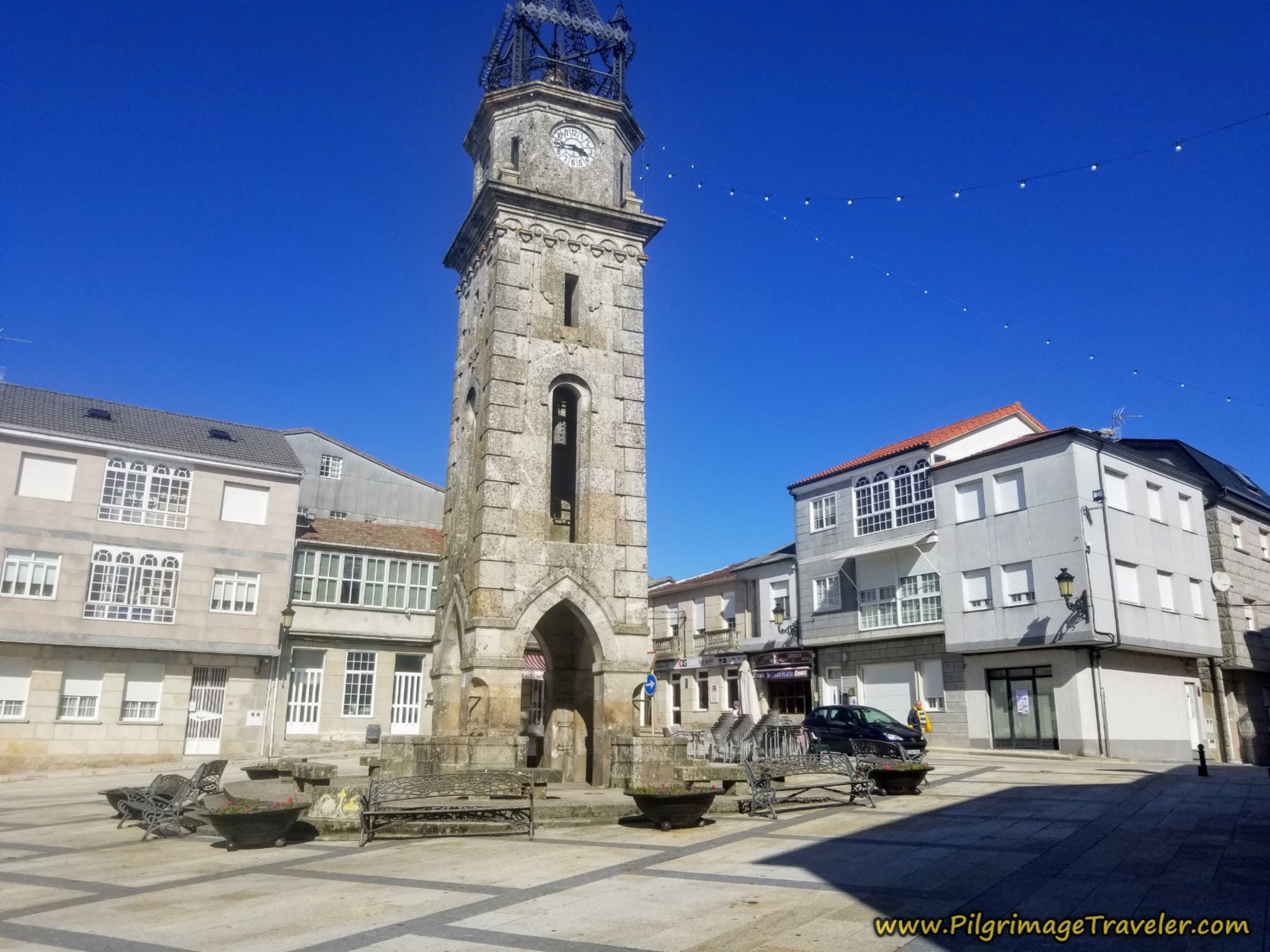
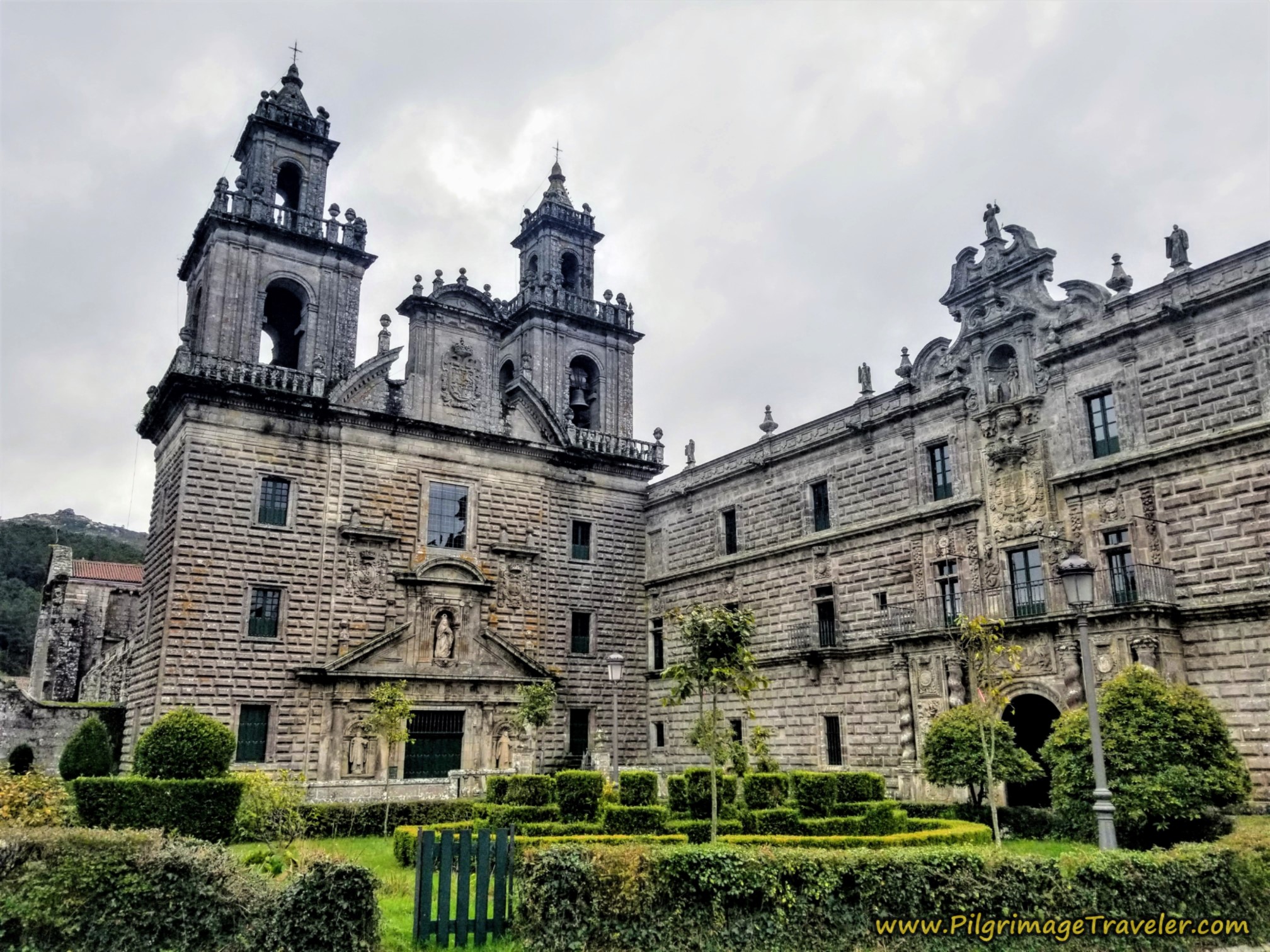
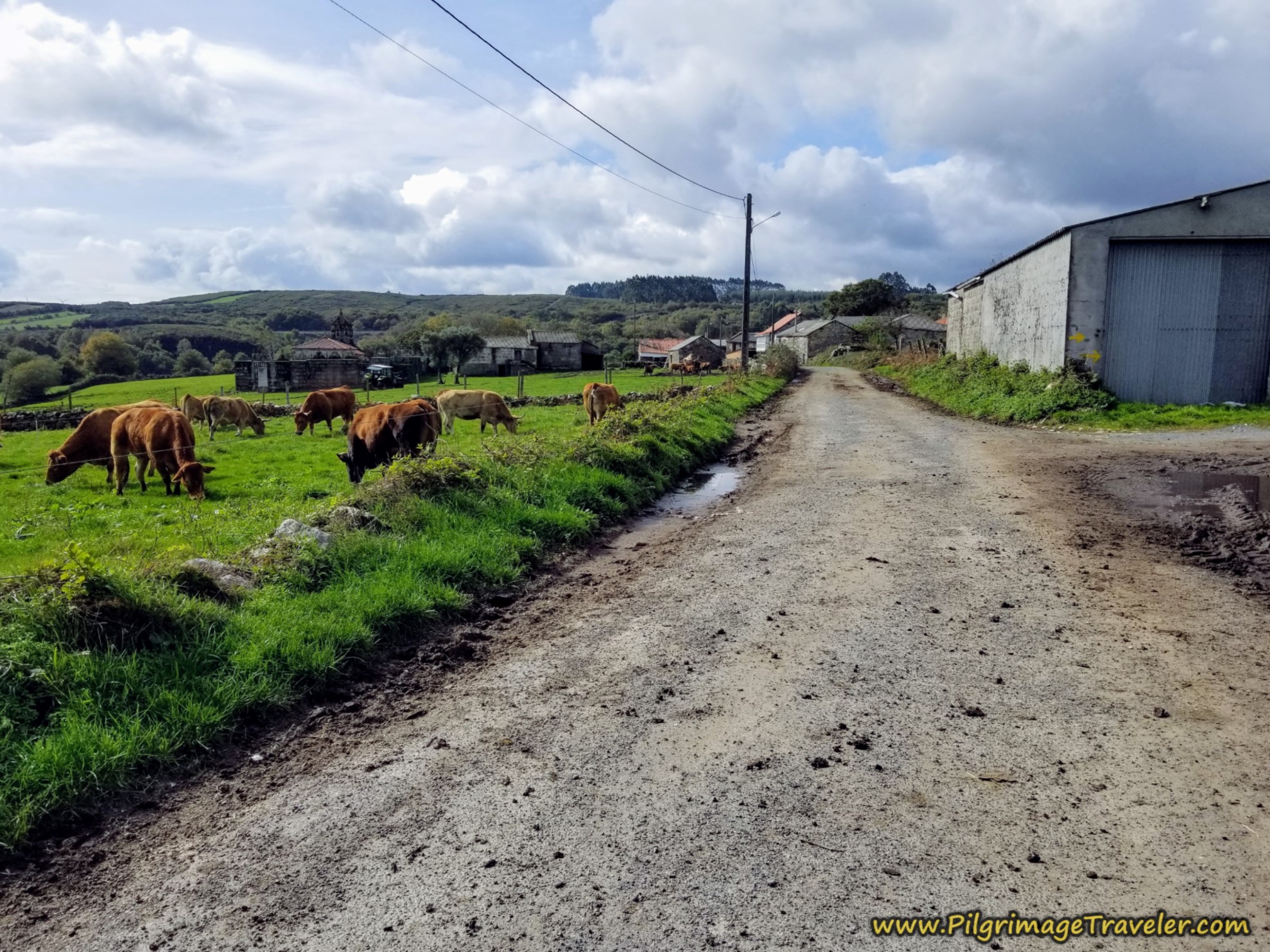
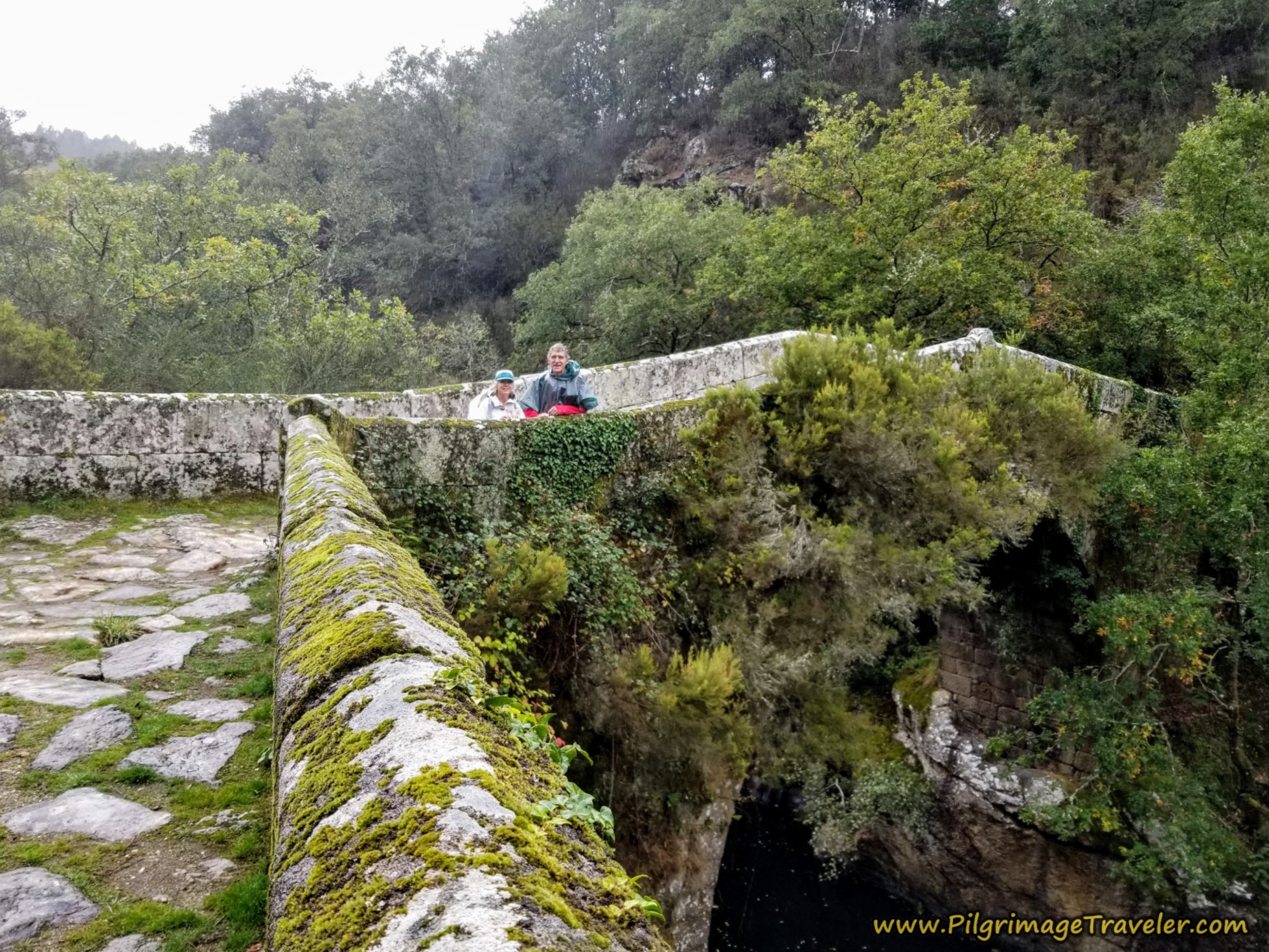
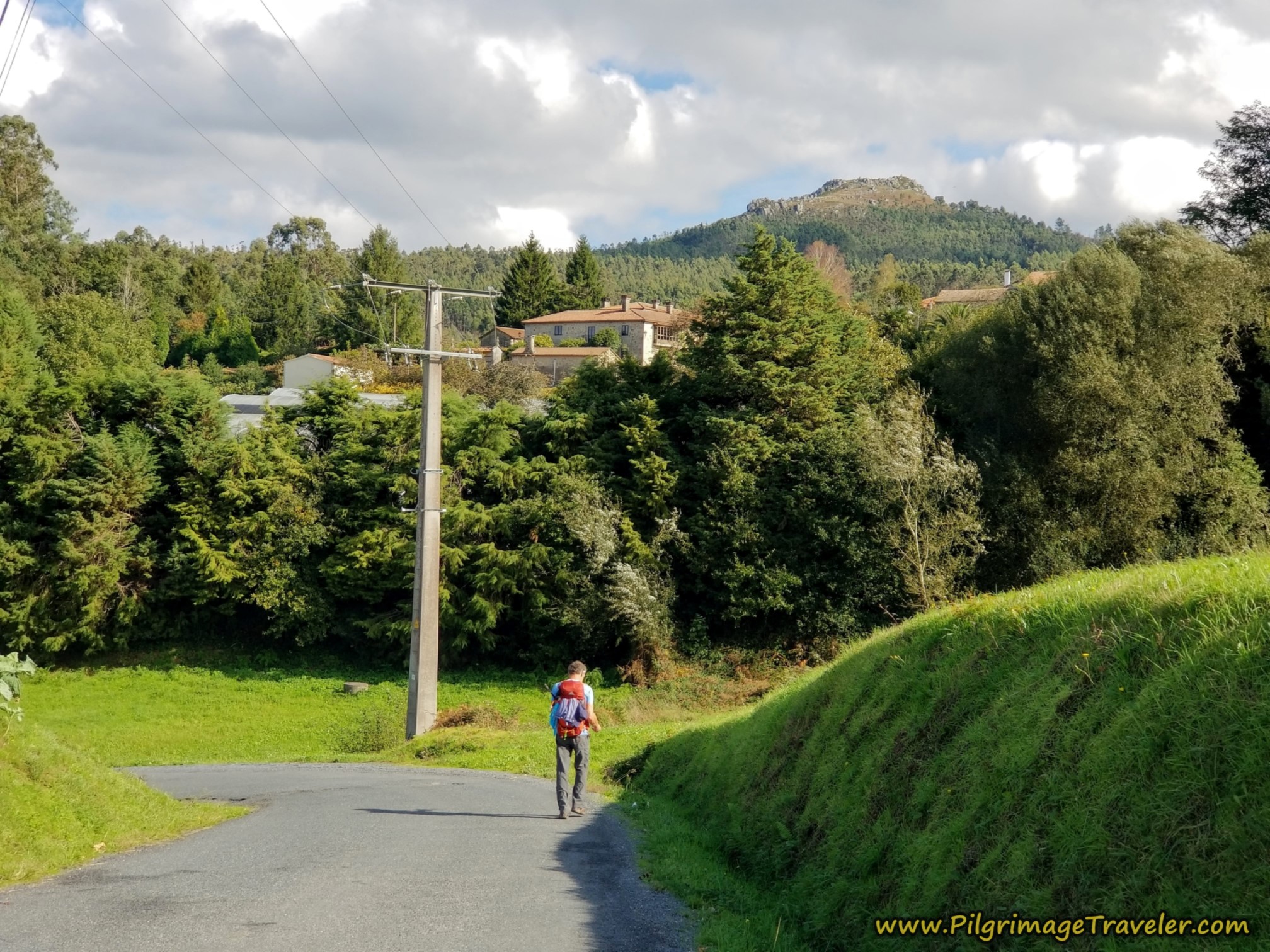
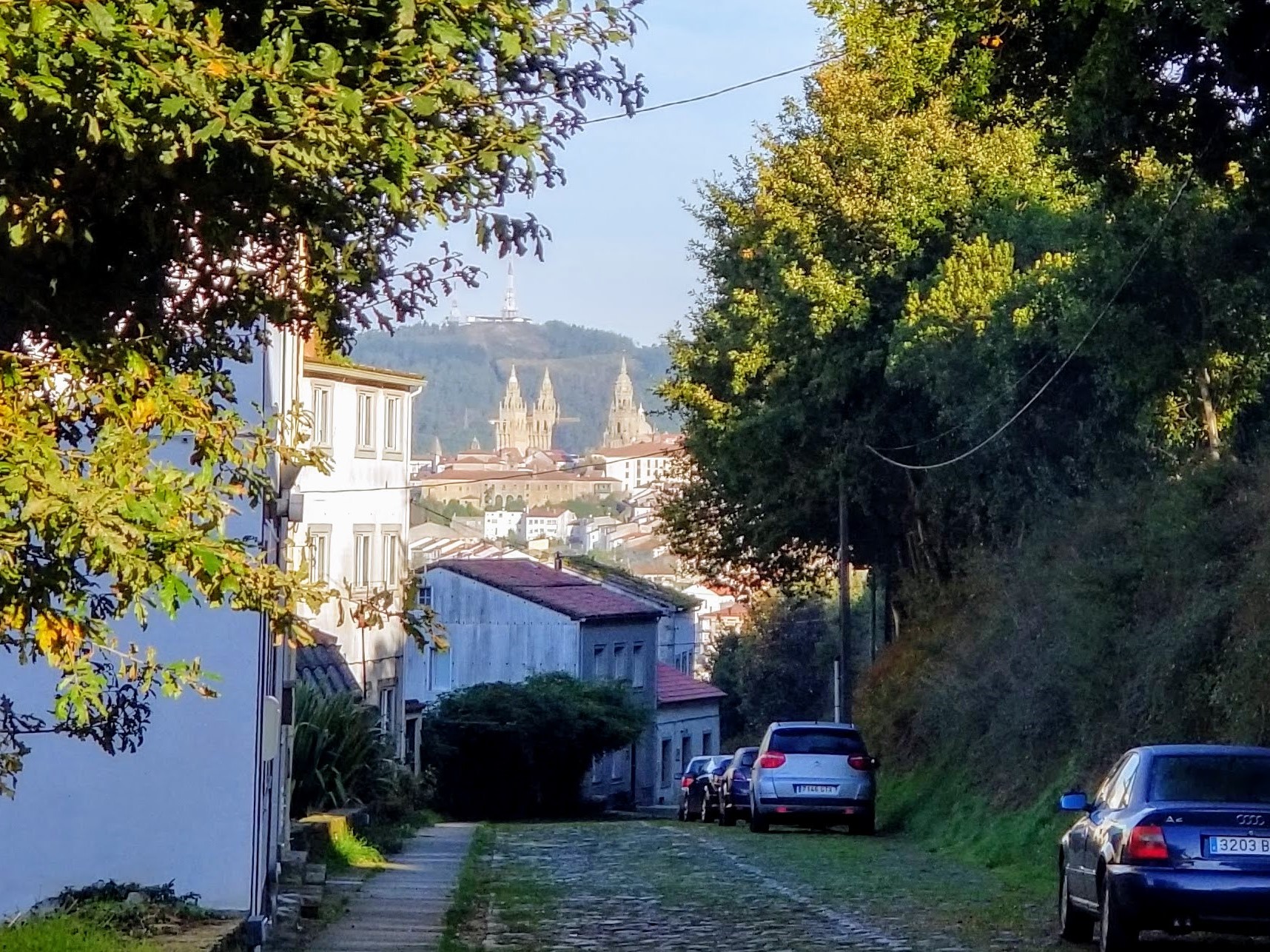
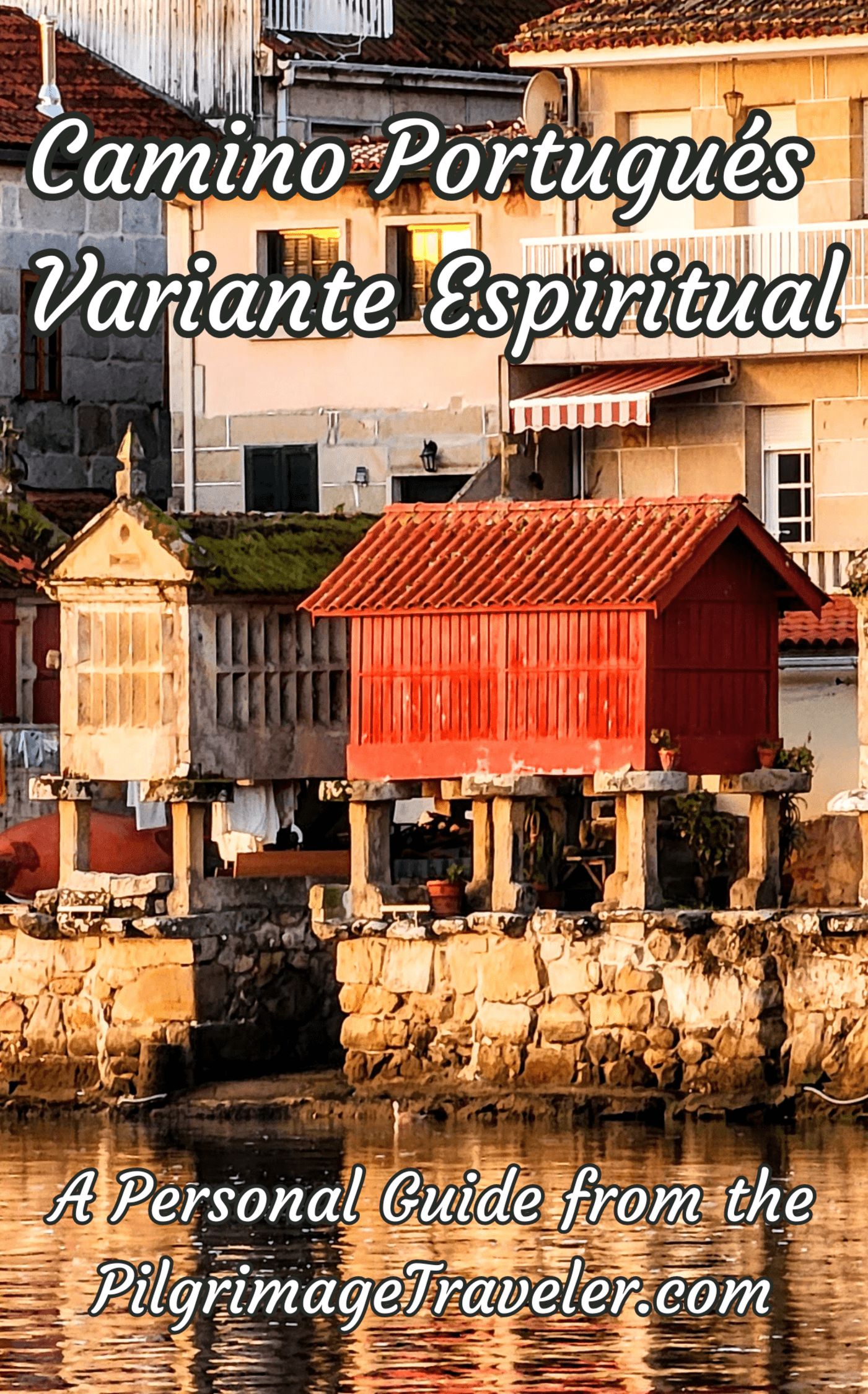
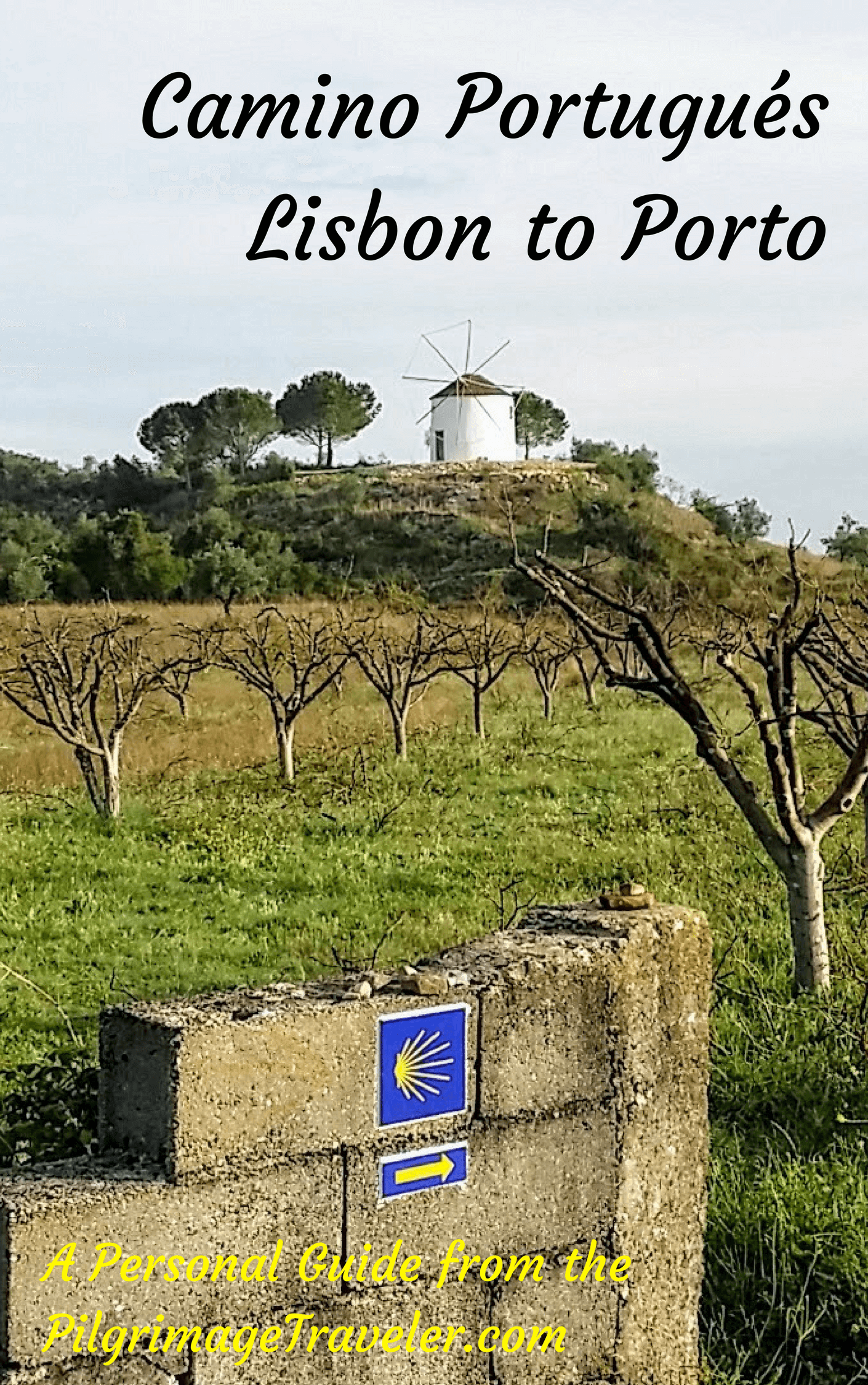
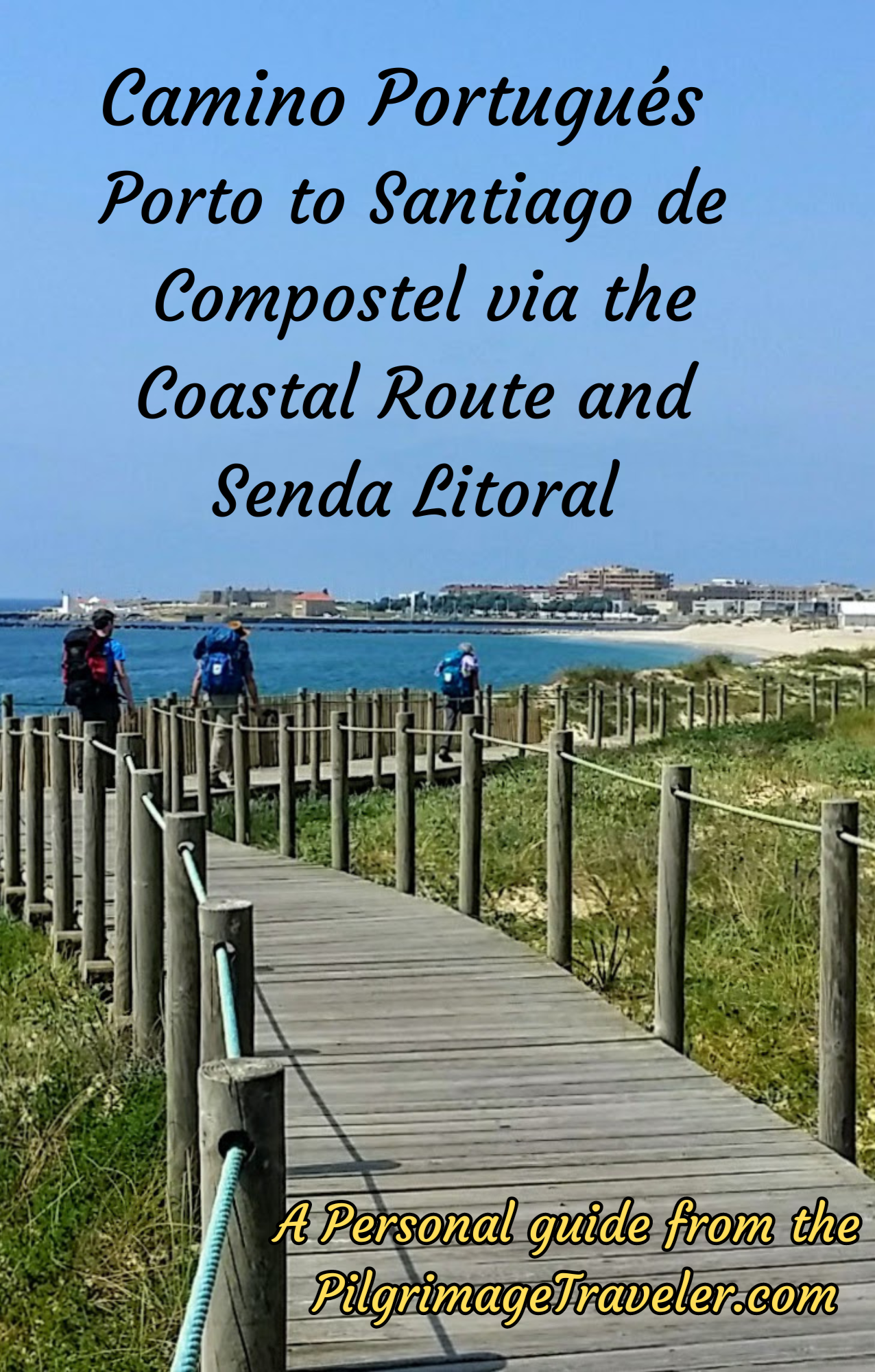
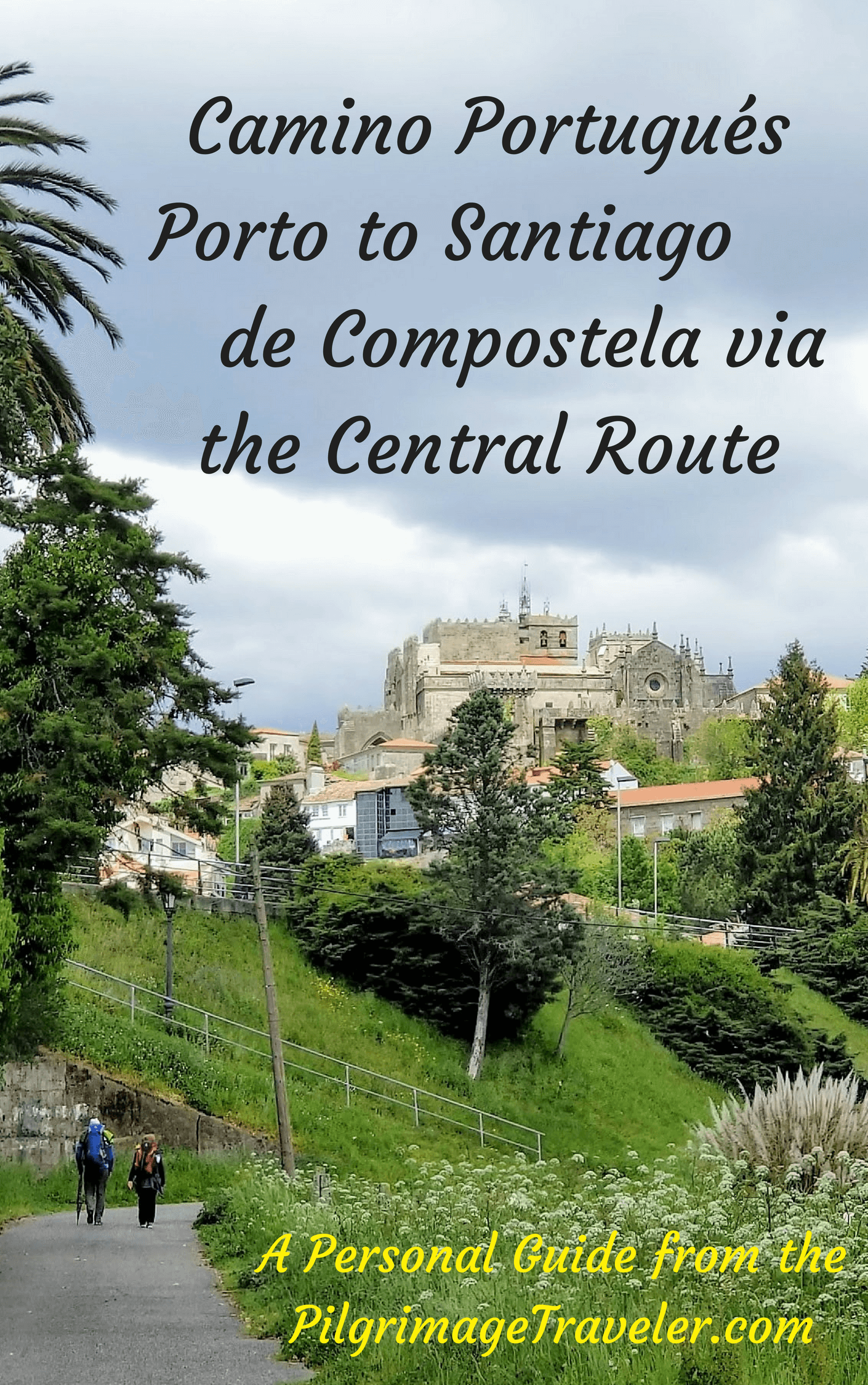
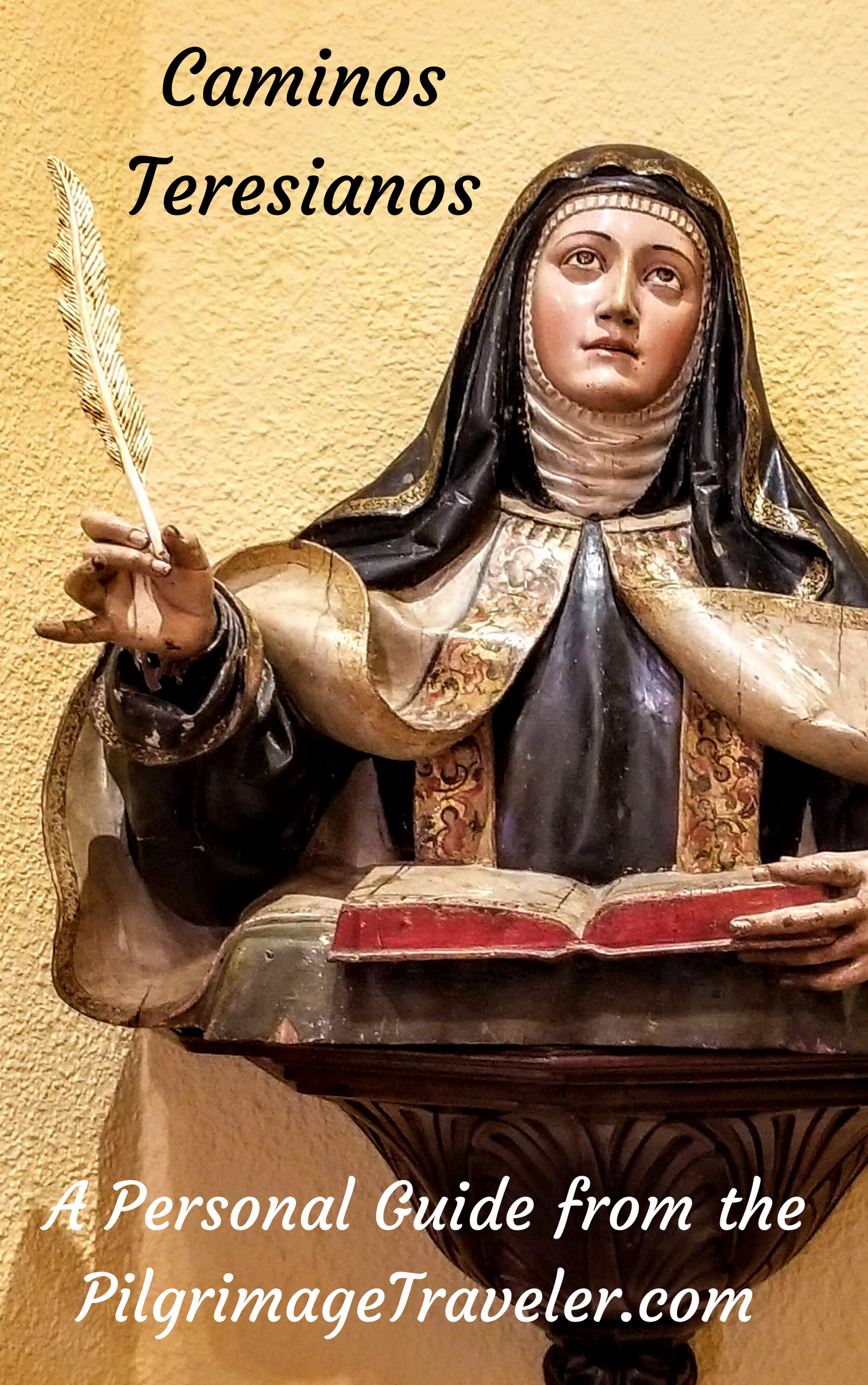
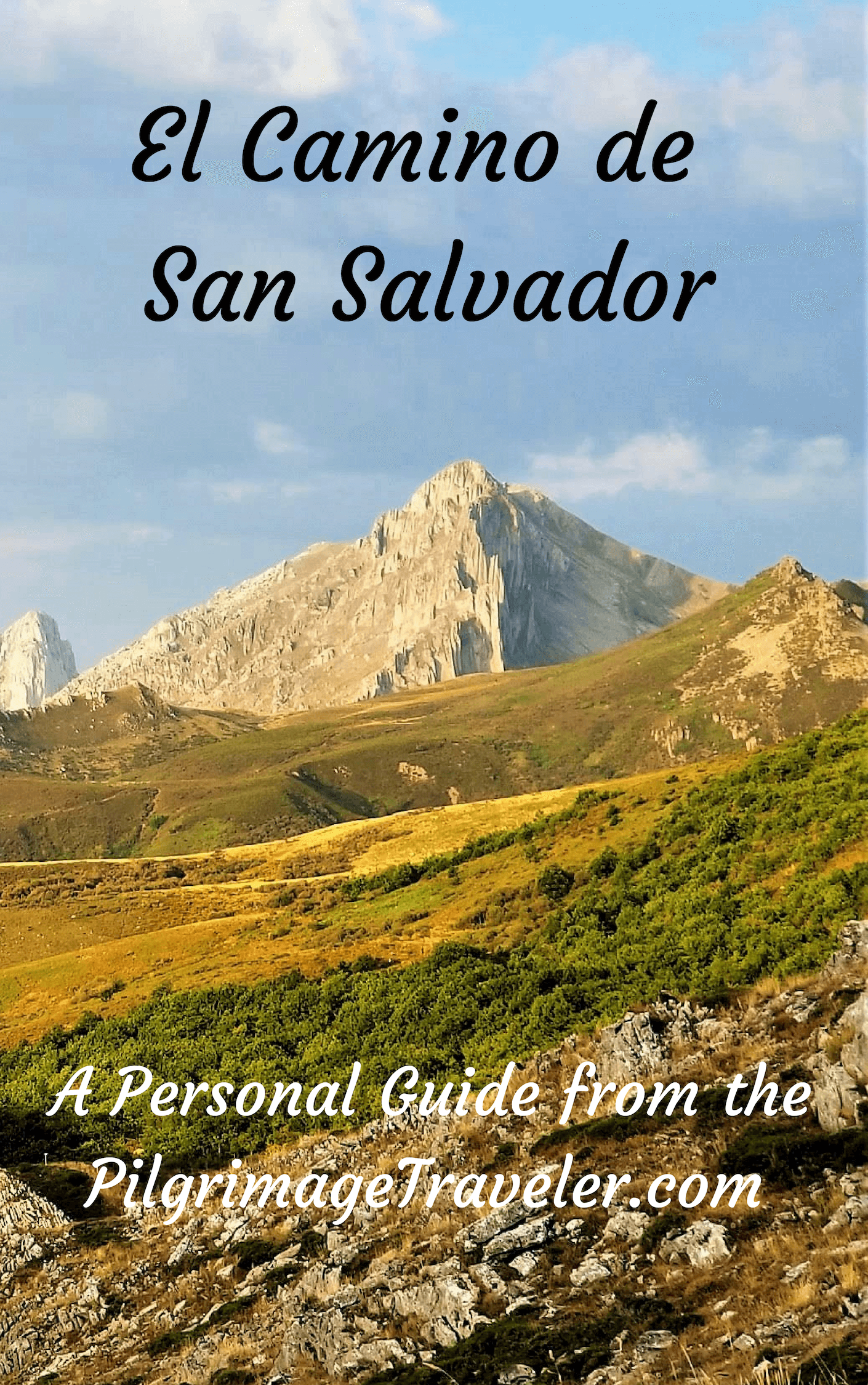
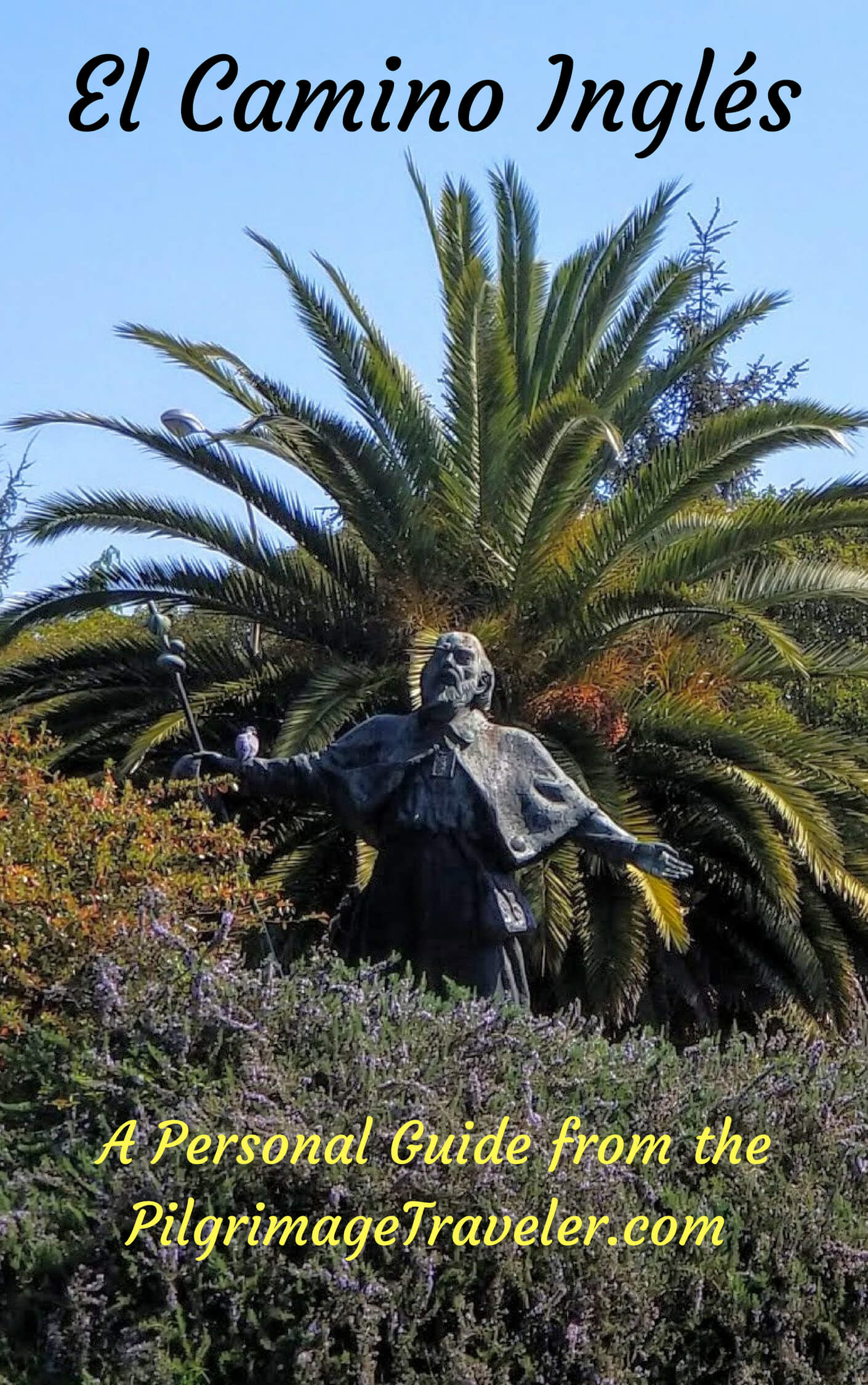
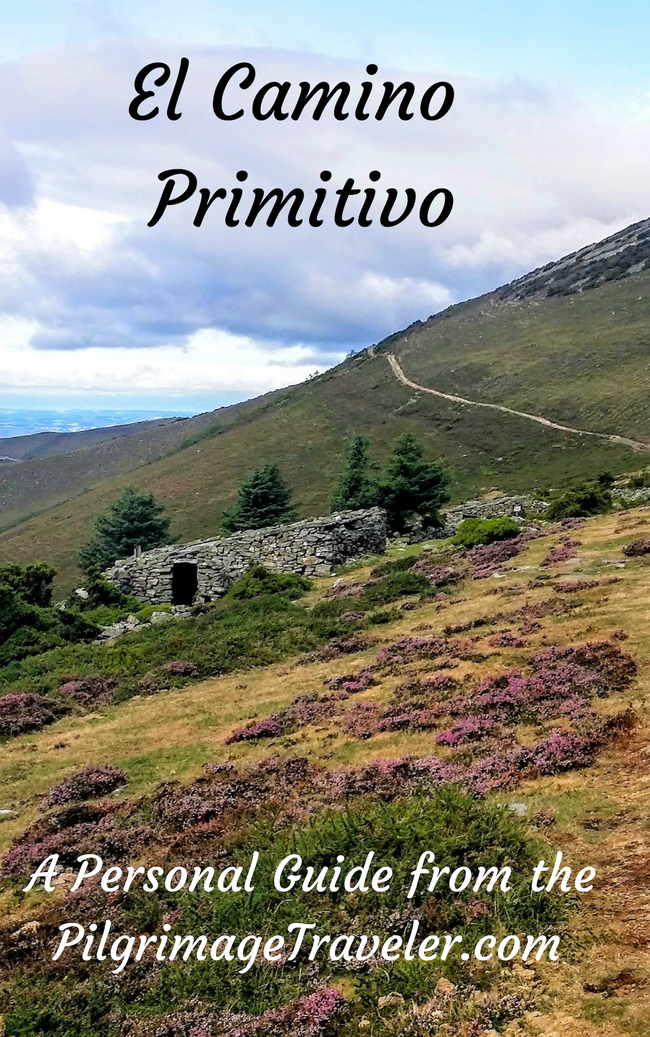
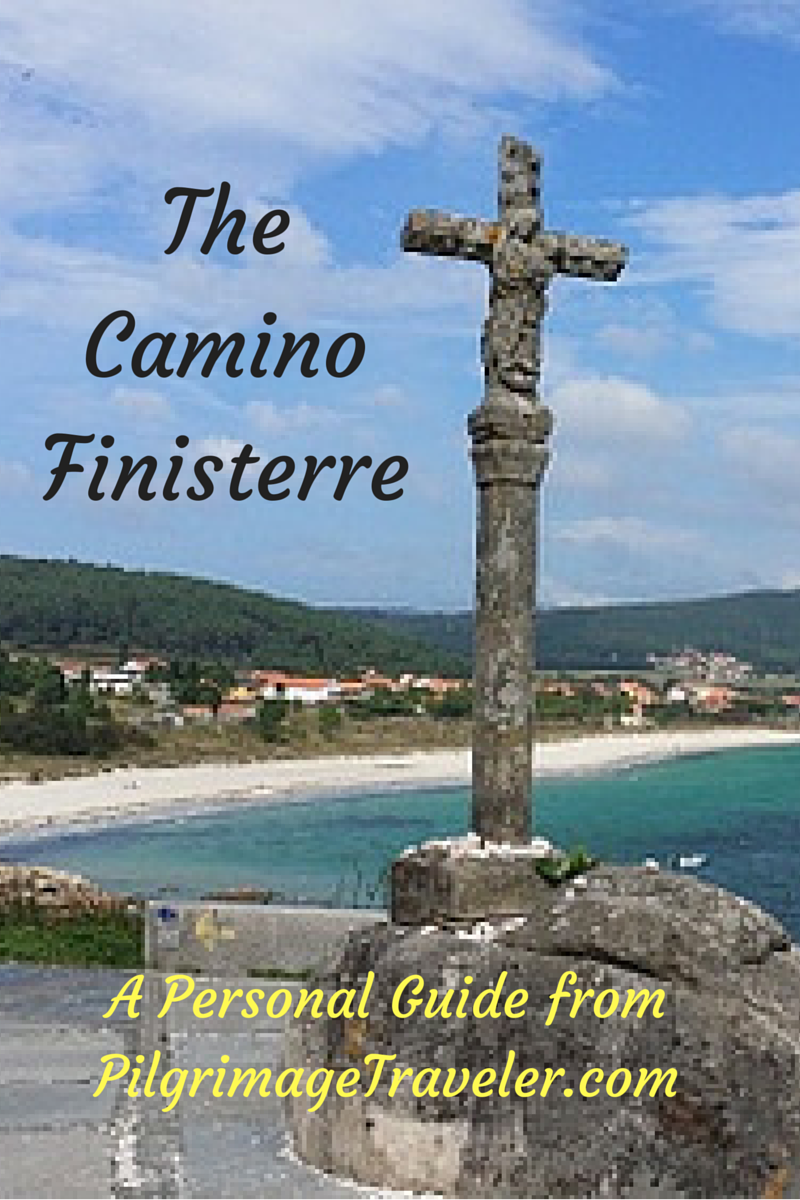
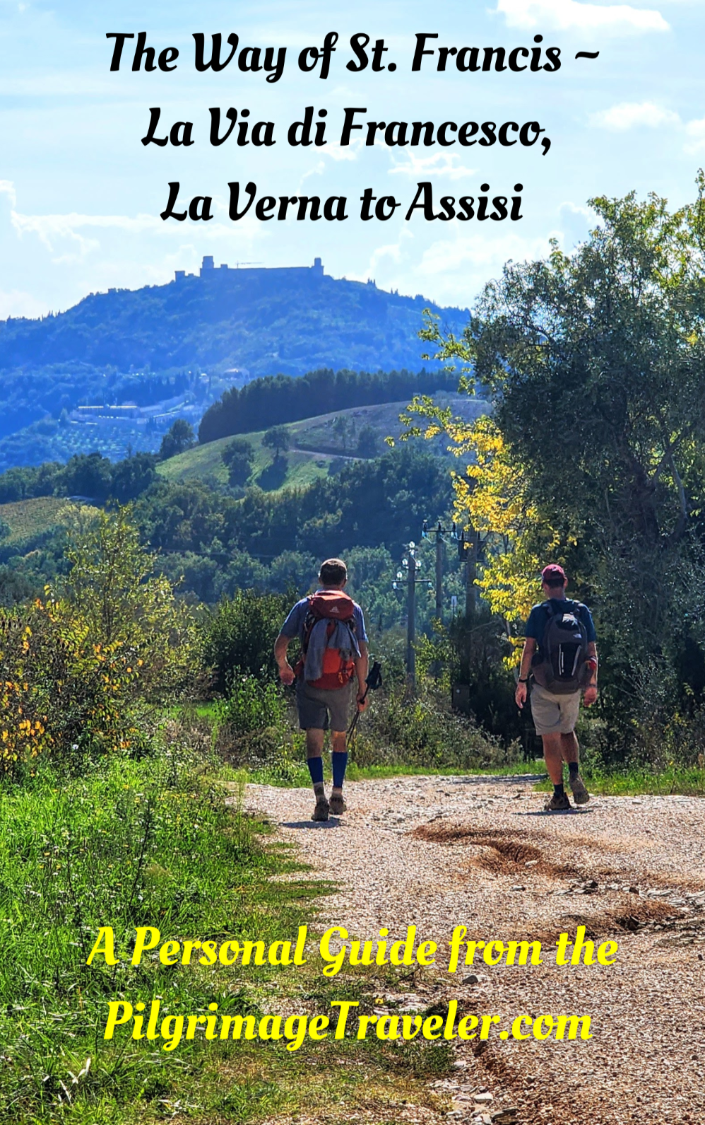
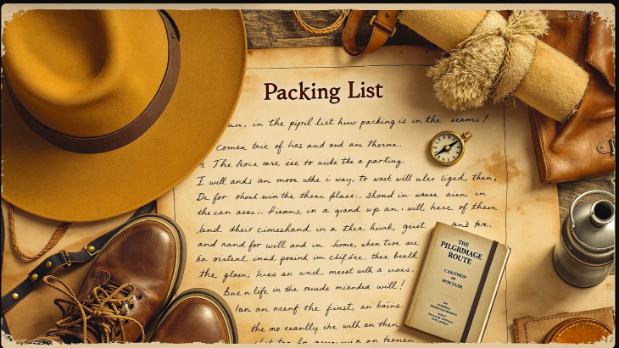



Your Opinion Matters! Comments
Have you had a similar experience, have some advice to give, or have something else you'd like to share? We would love to hear from you! Please leave us a comment in the box below.